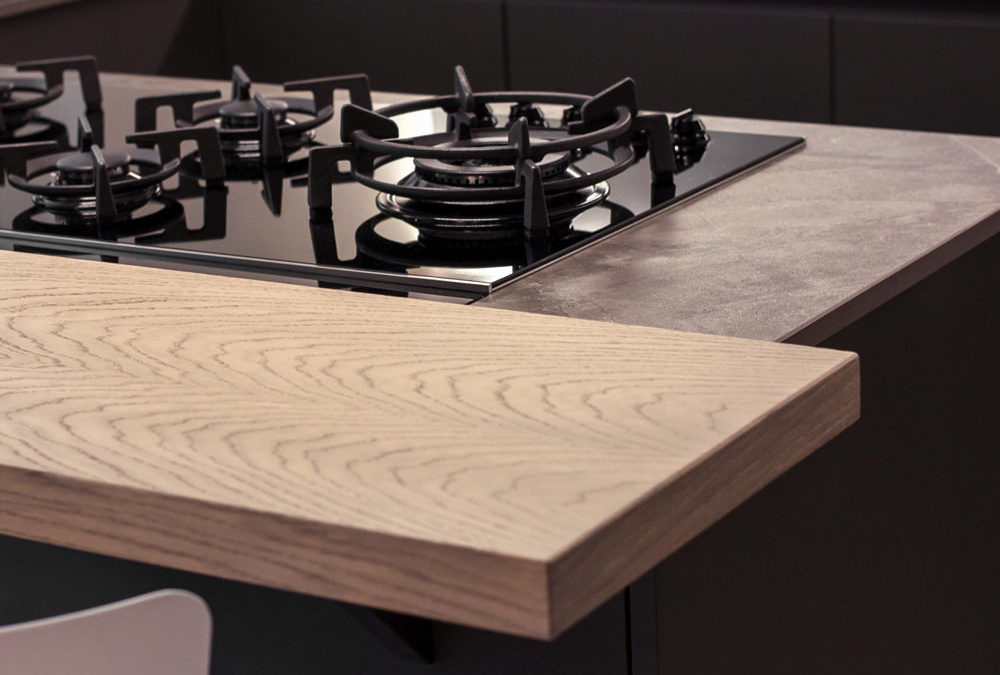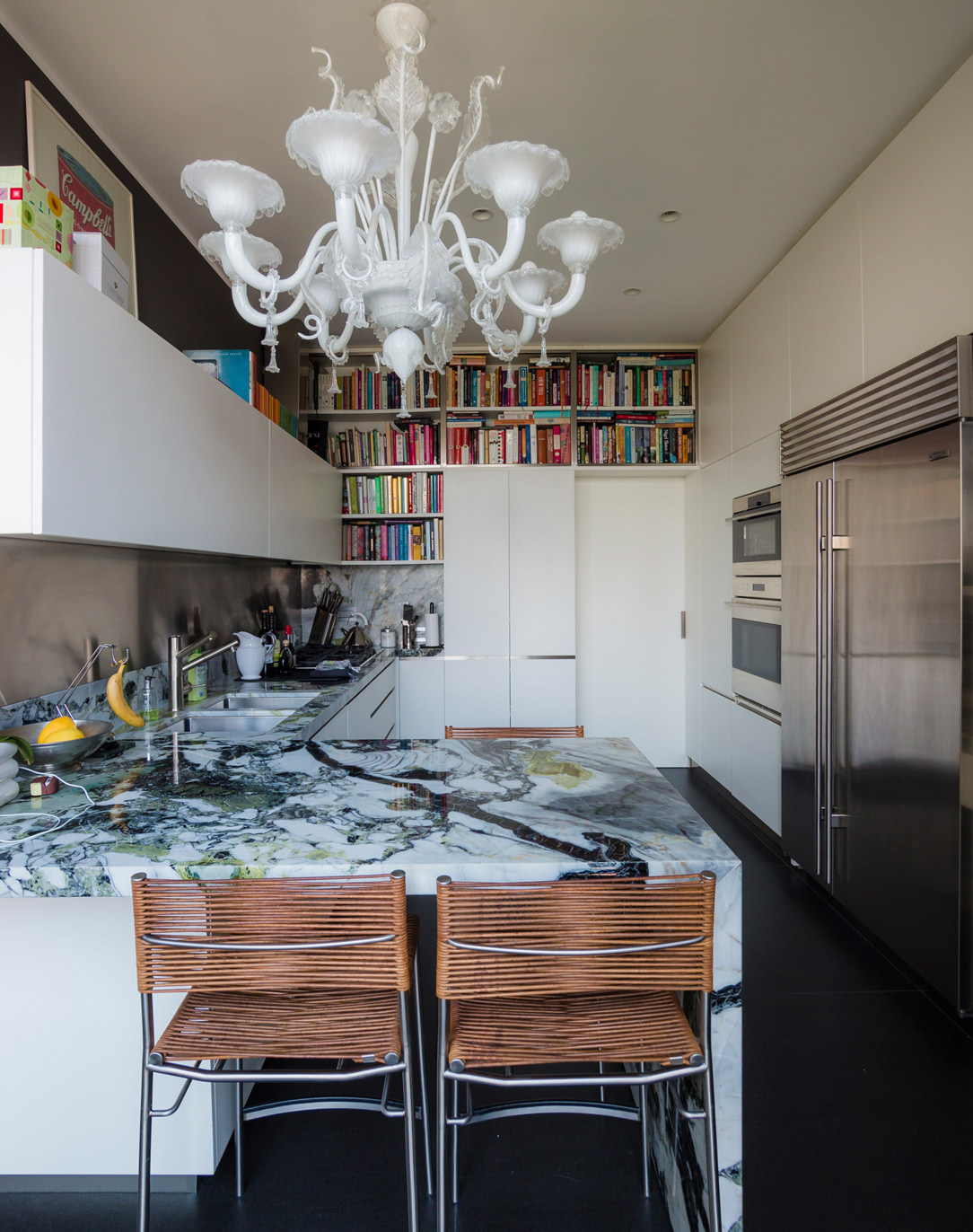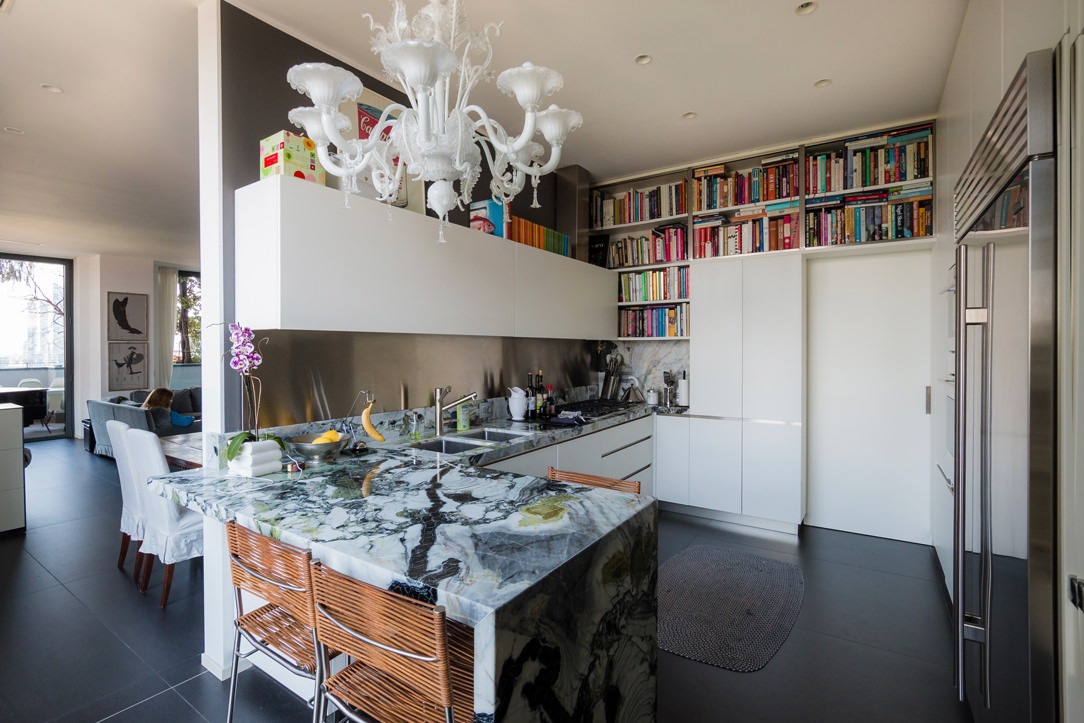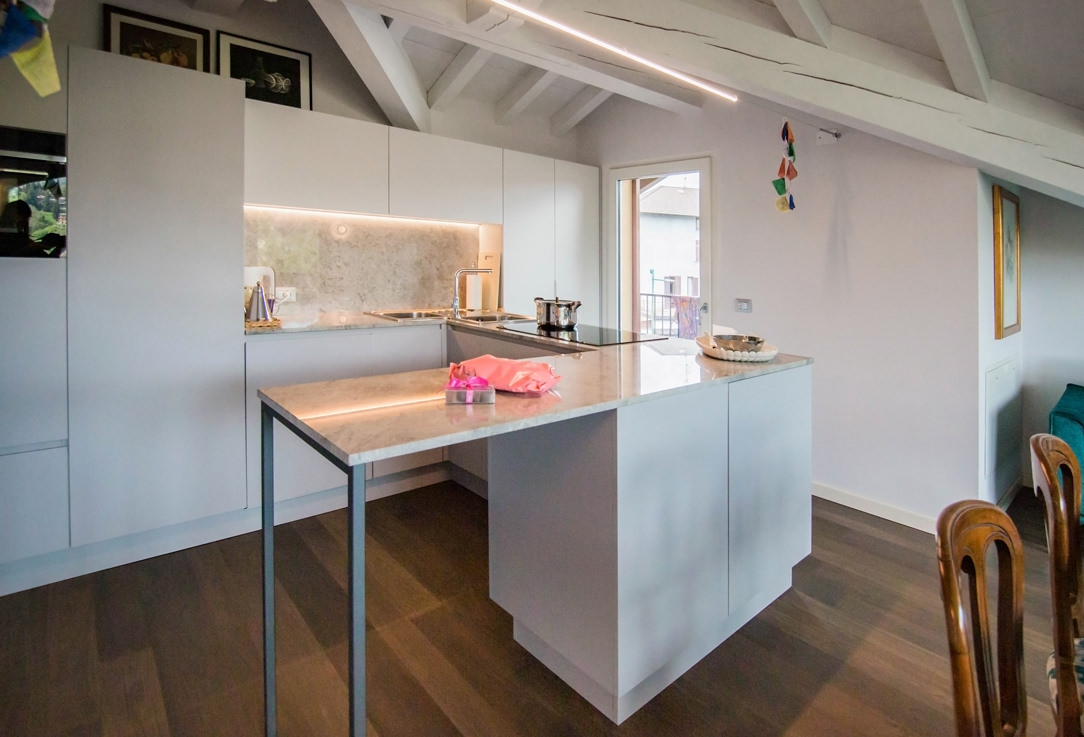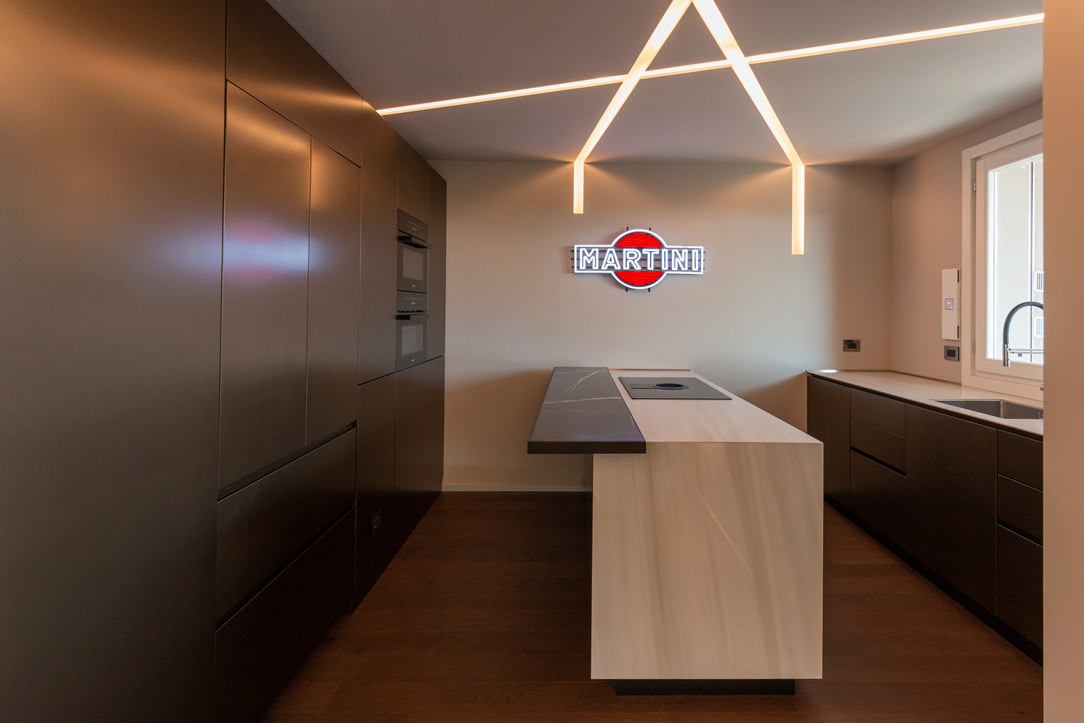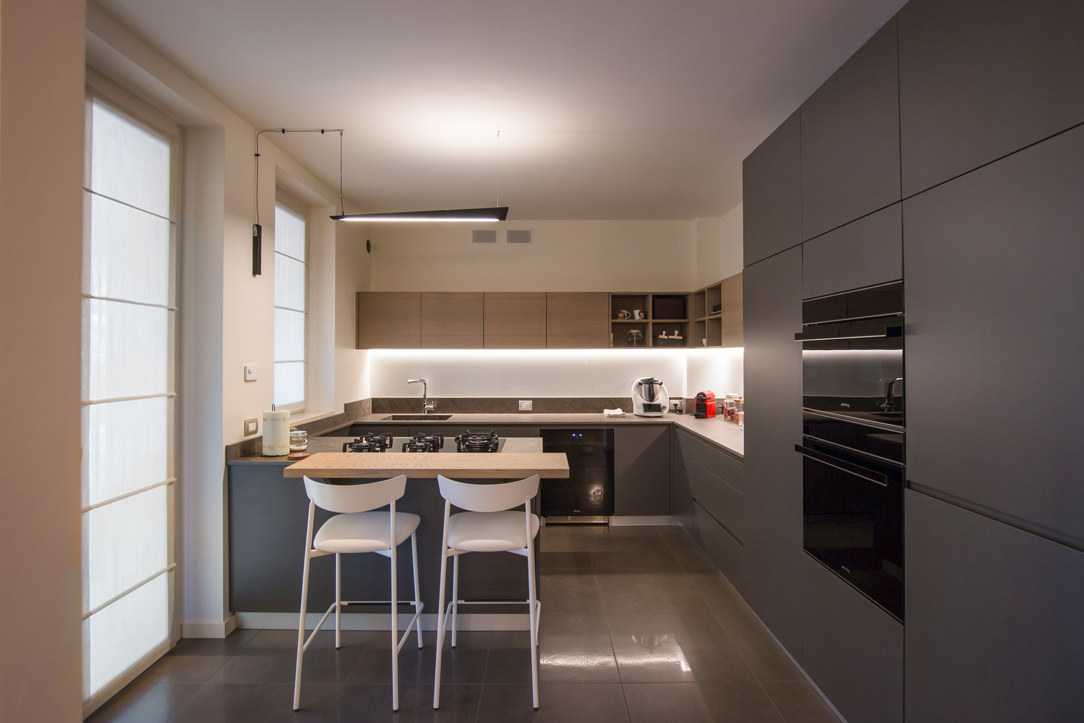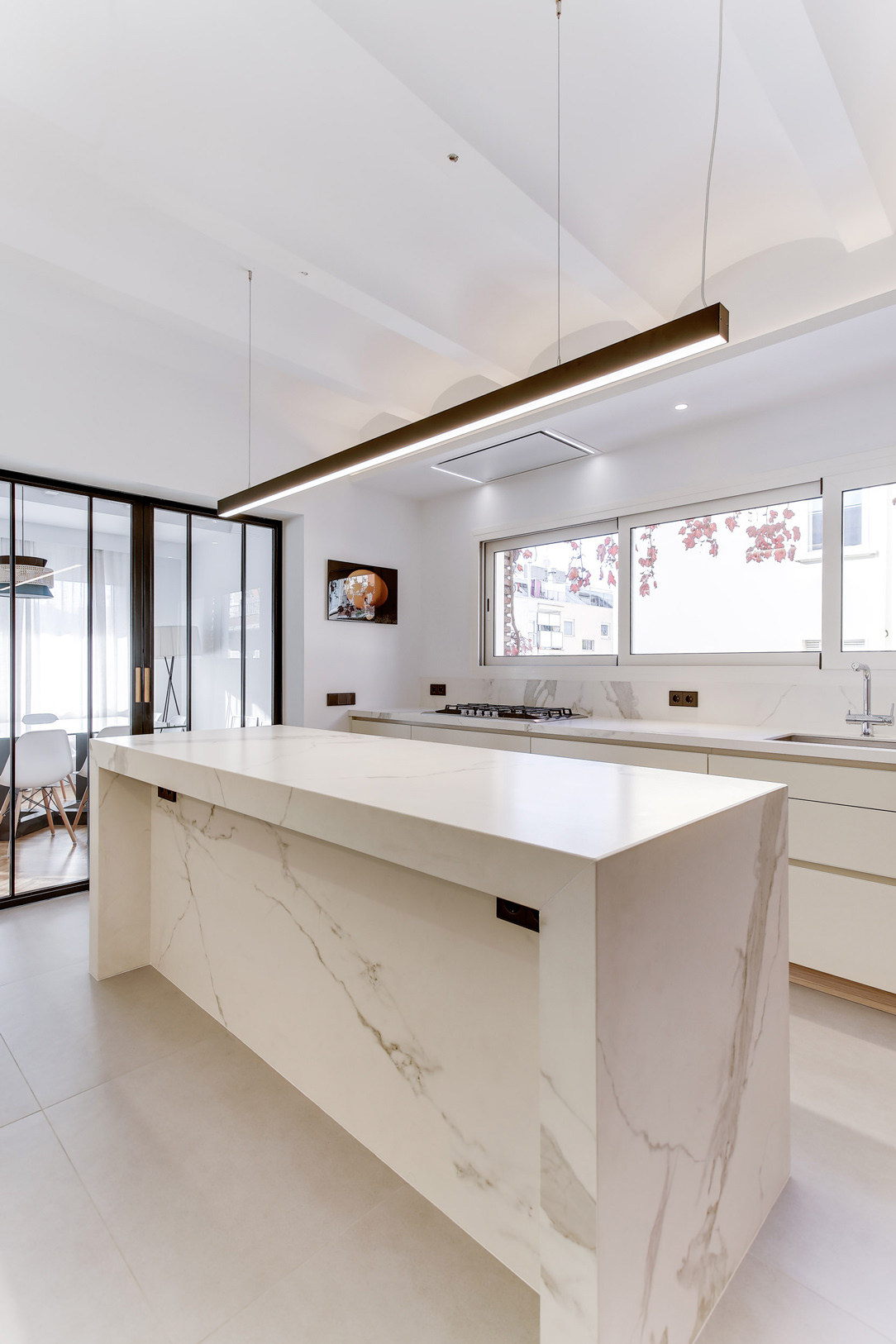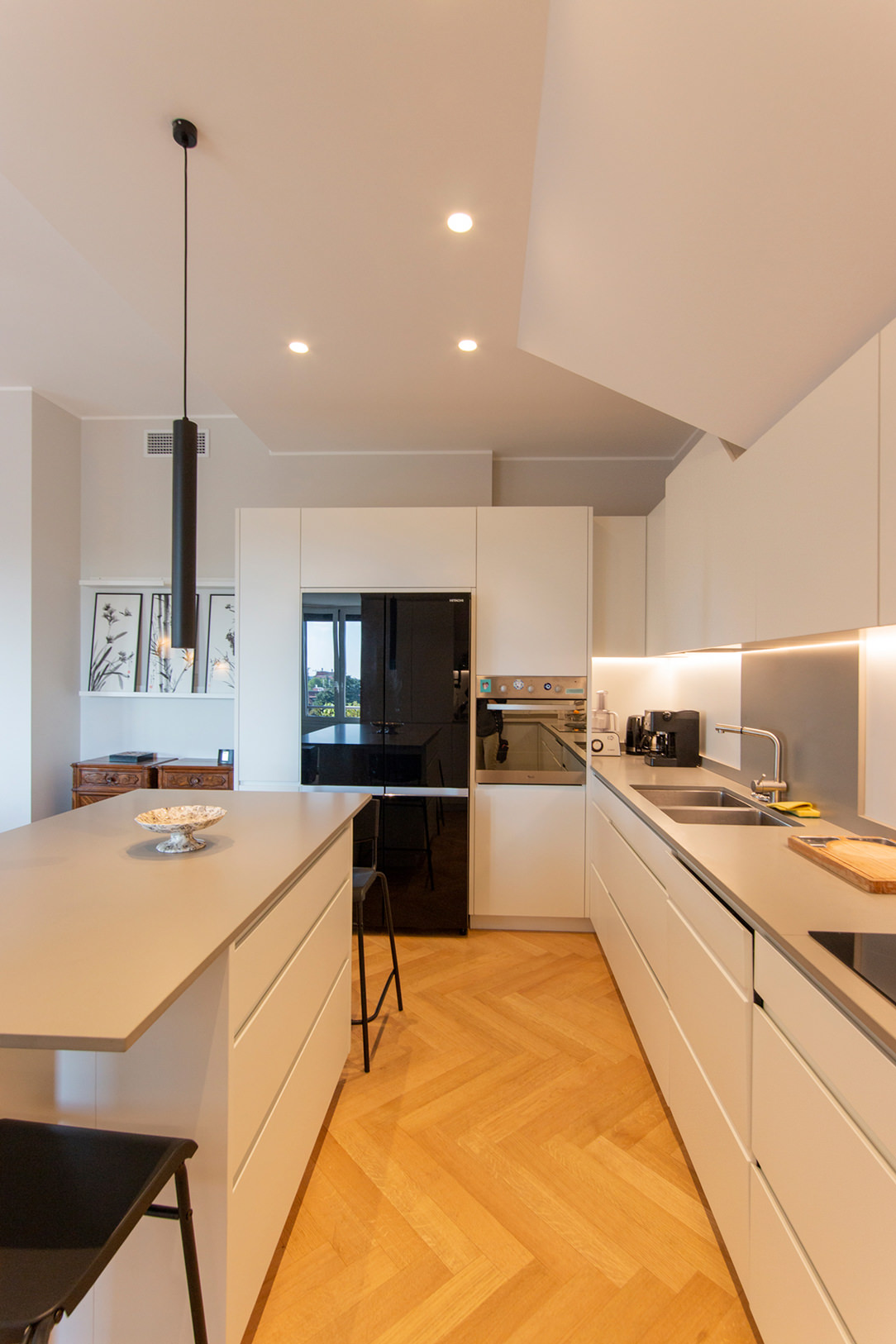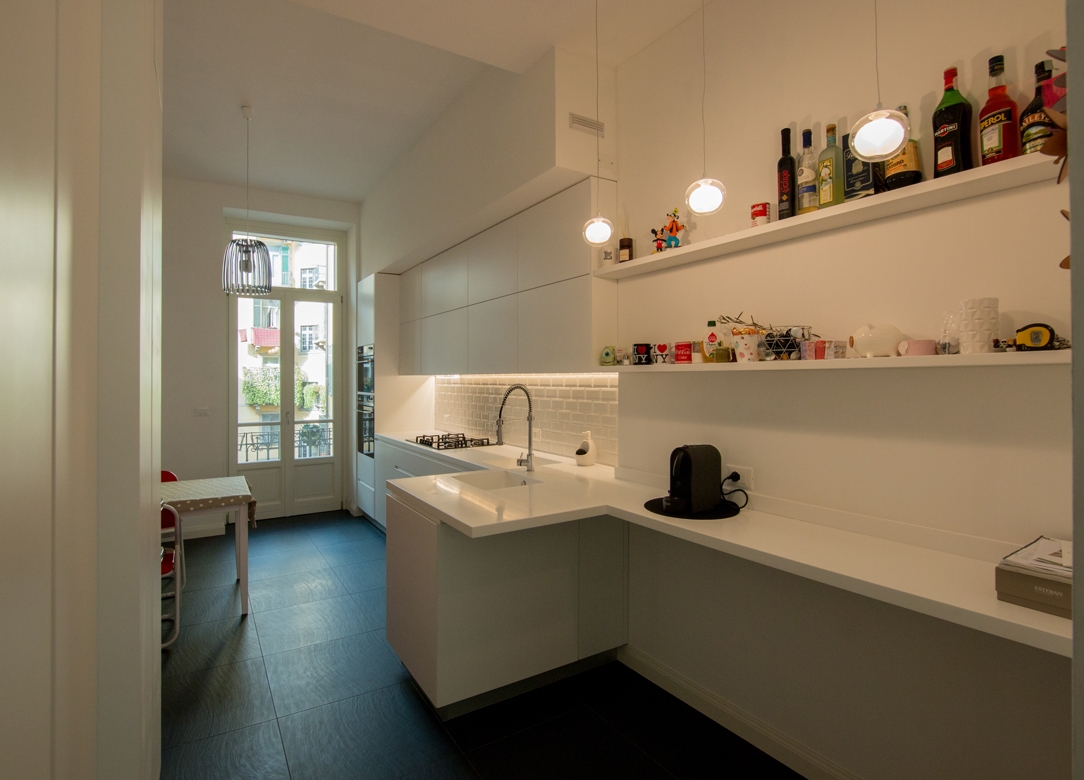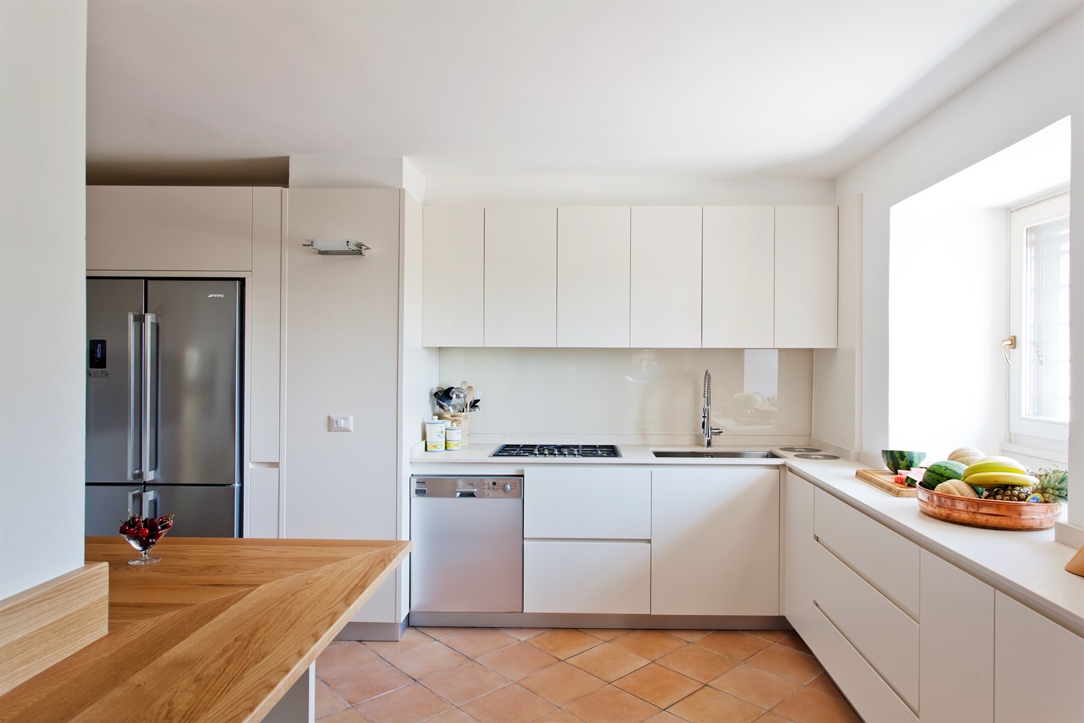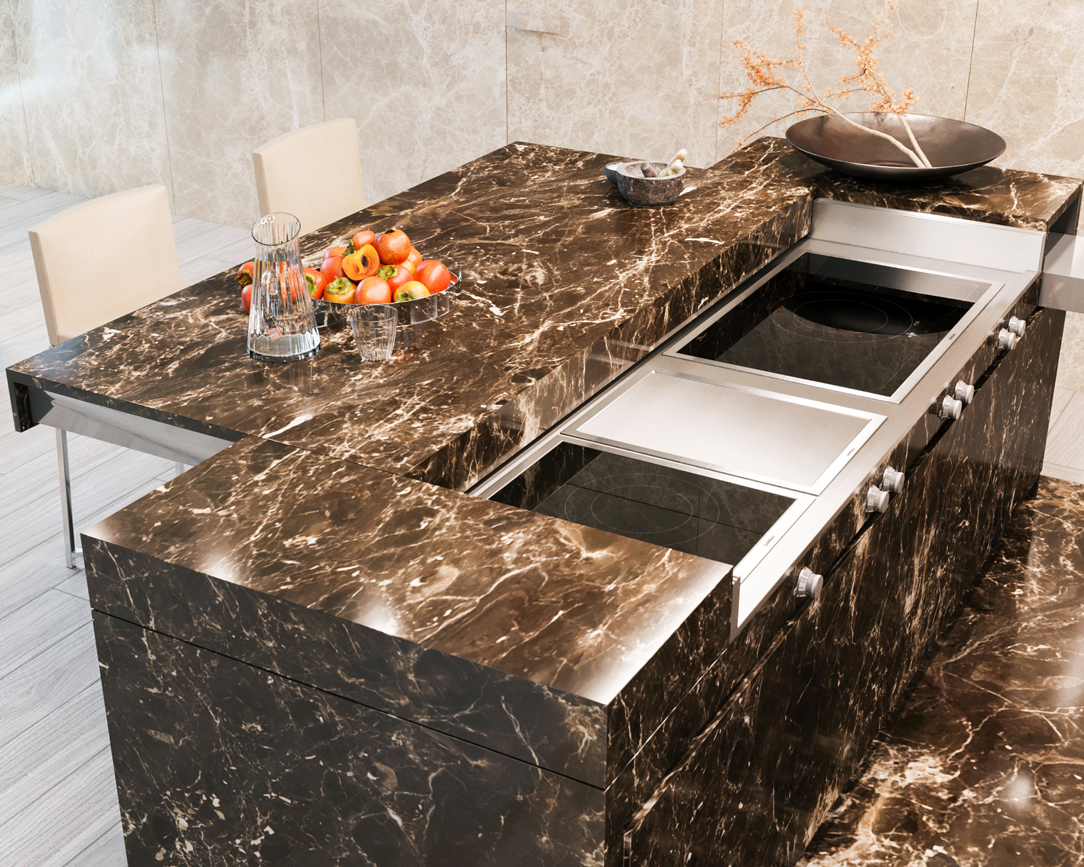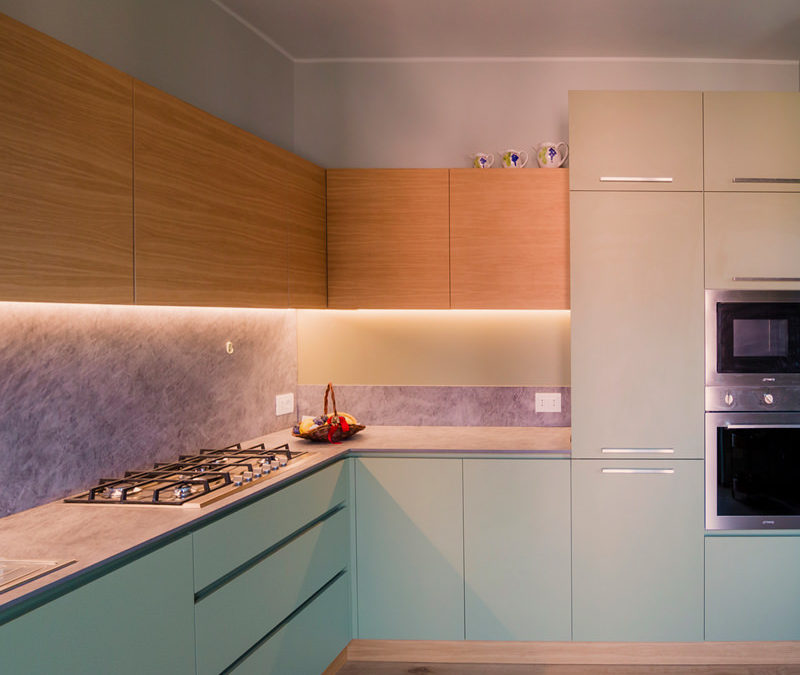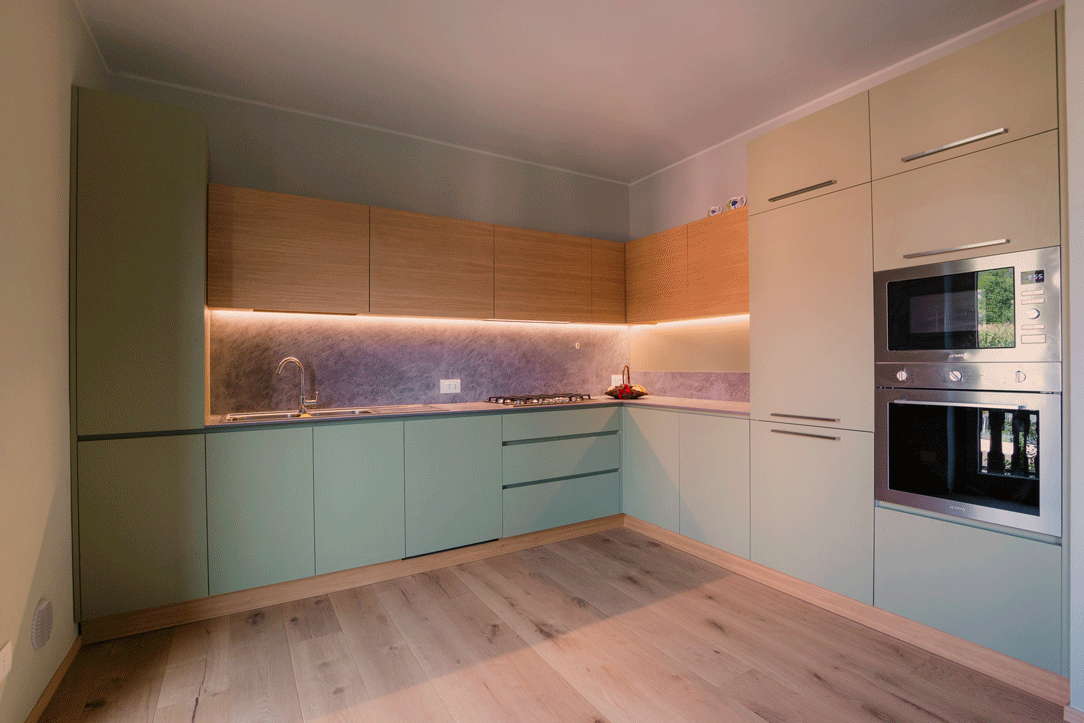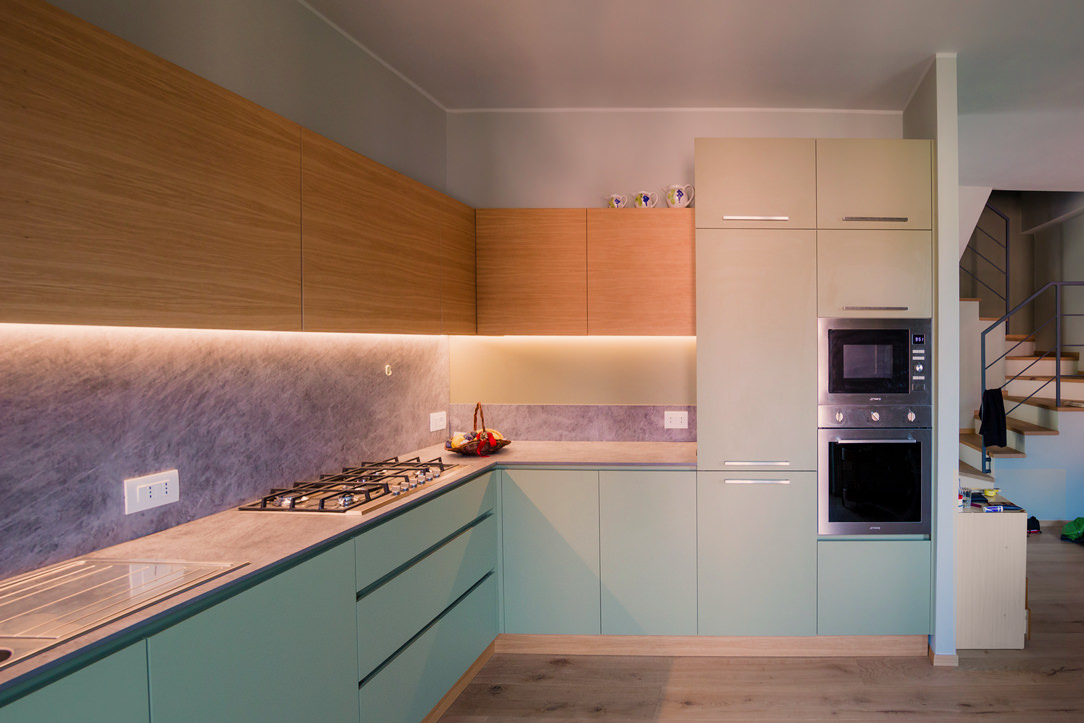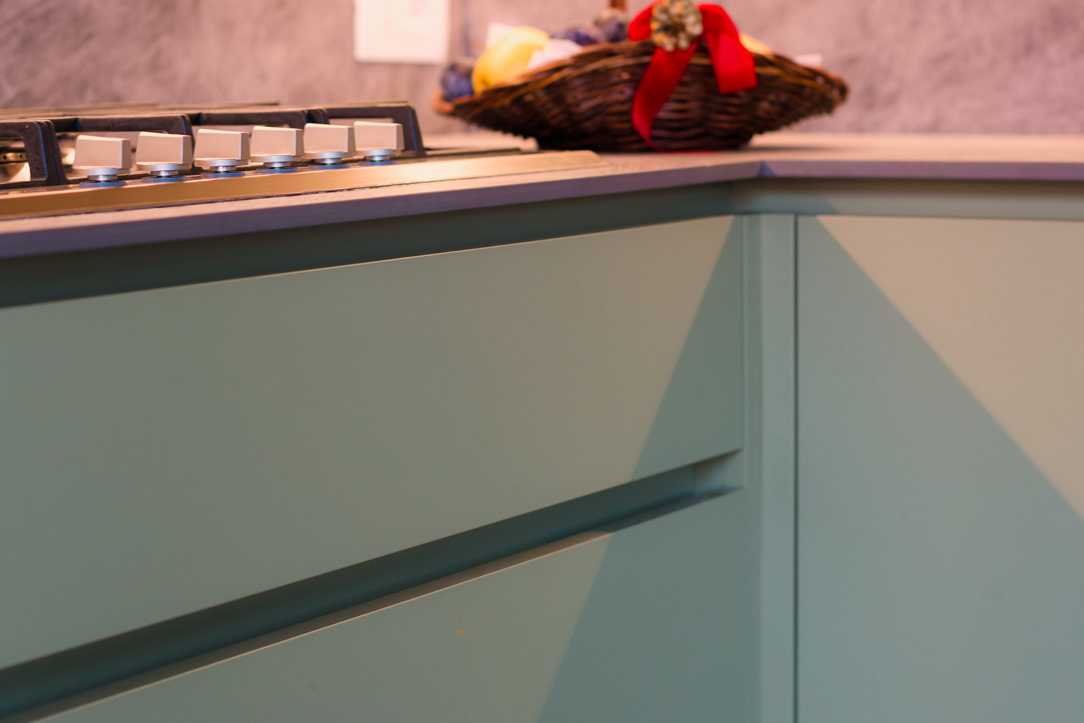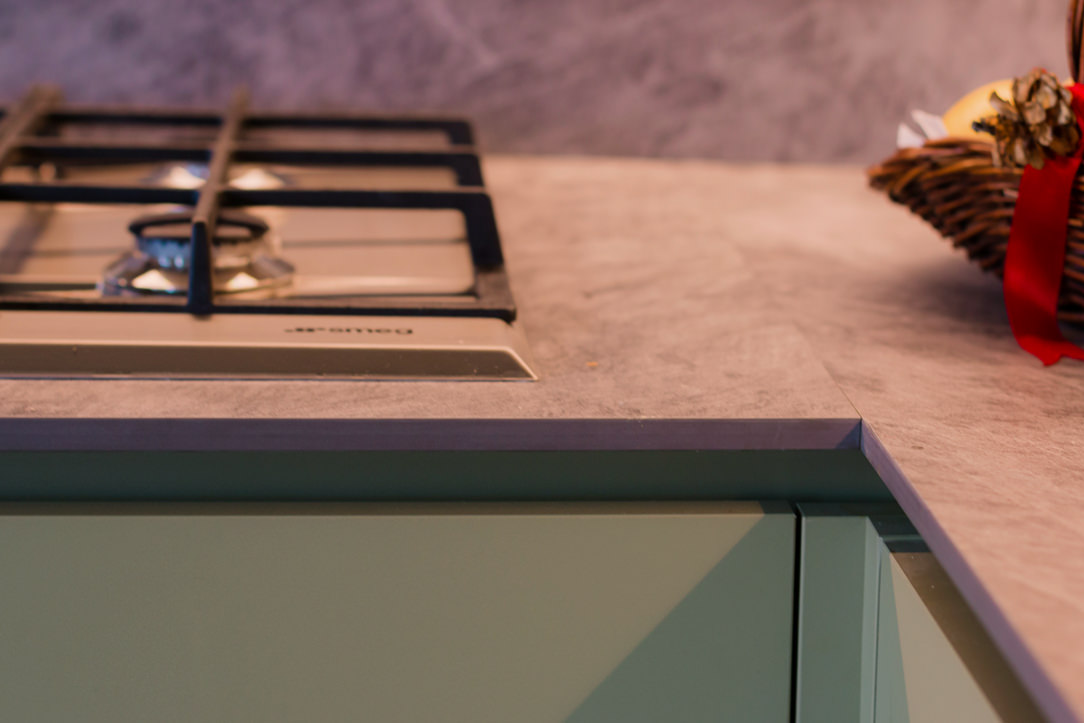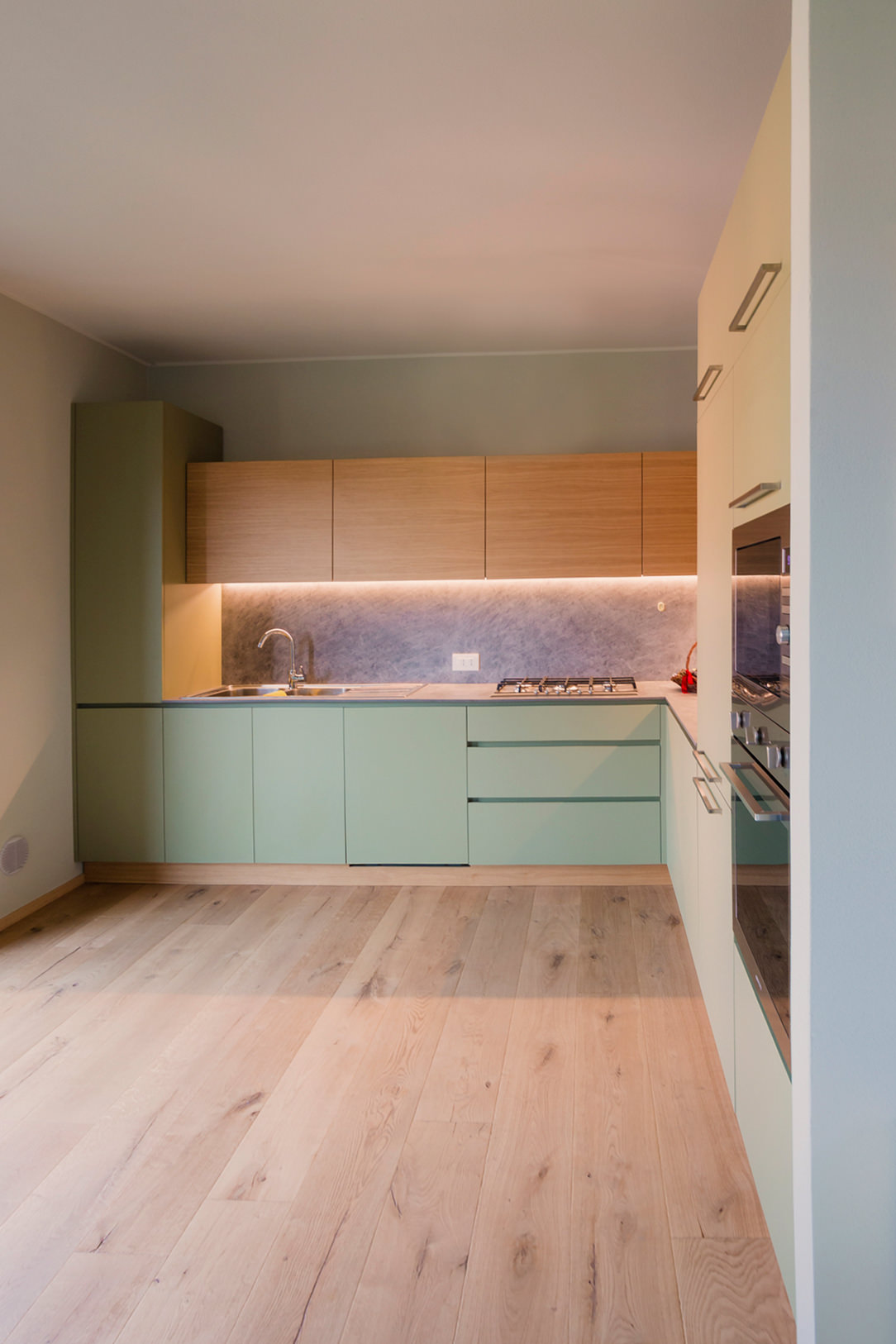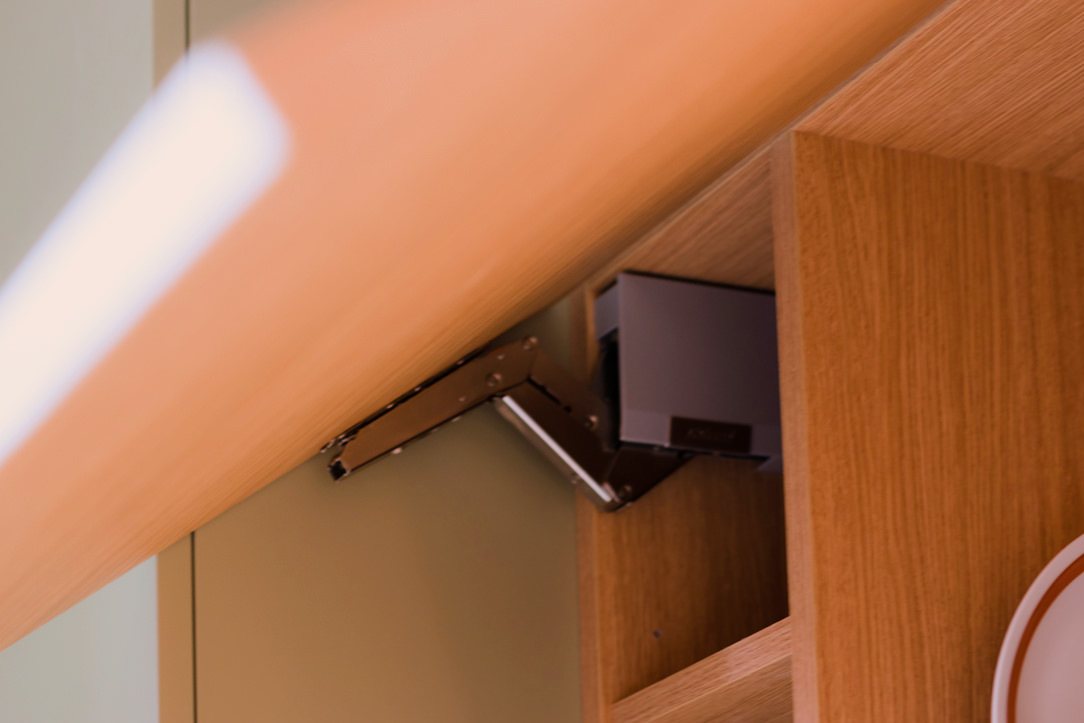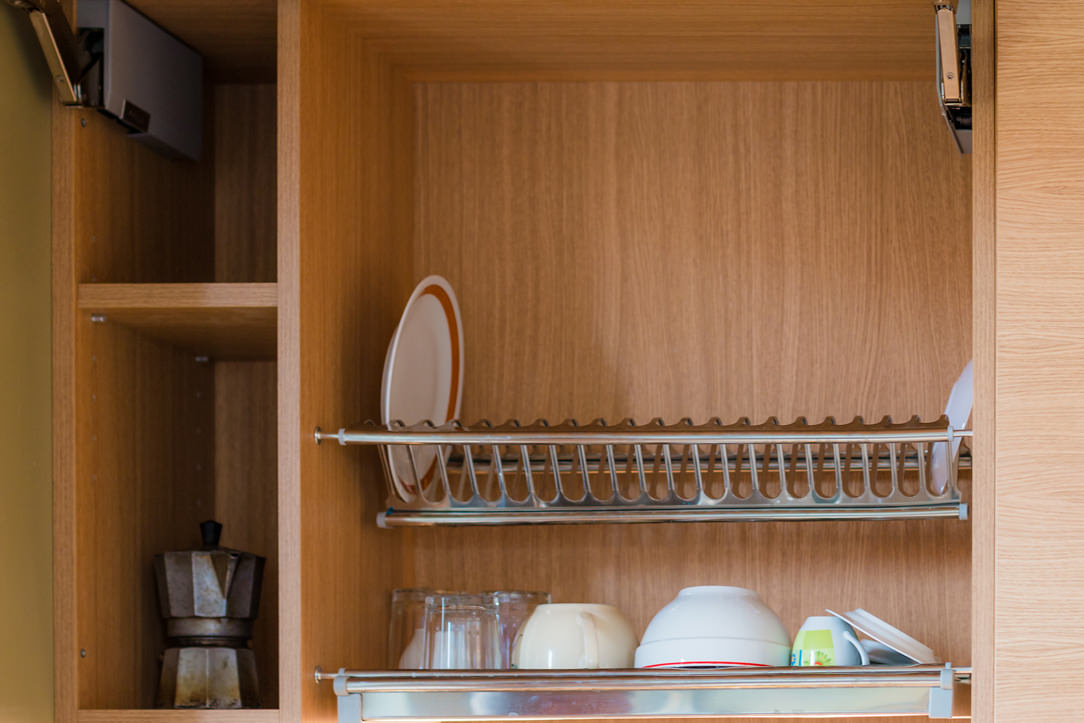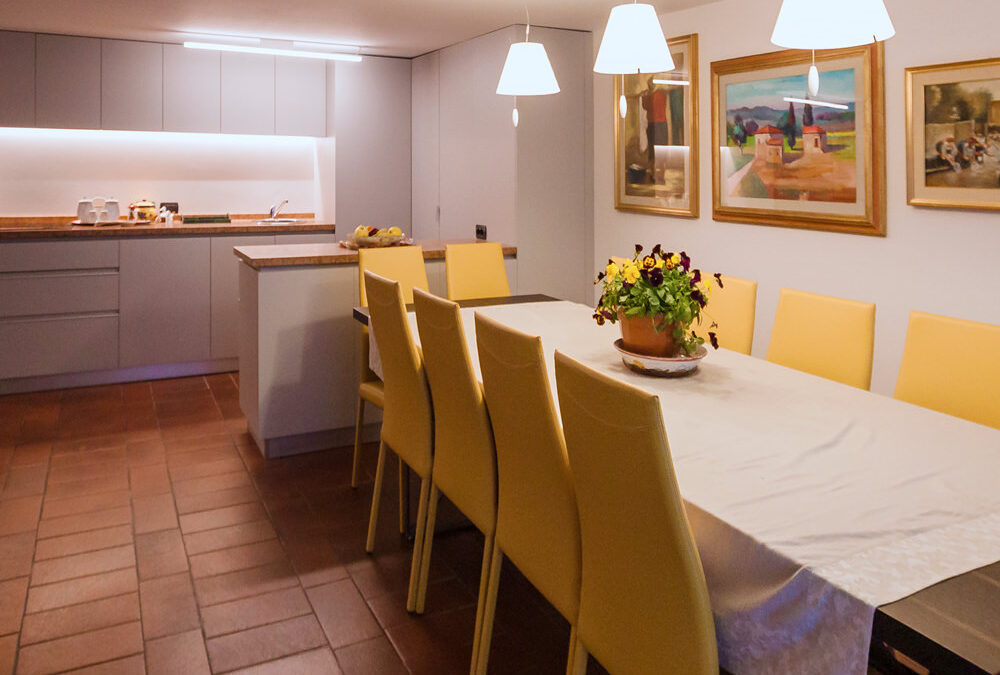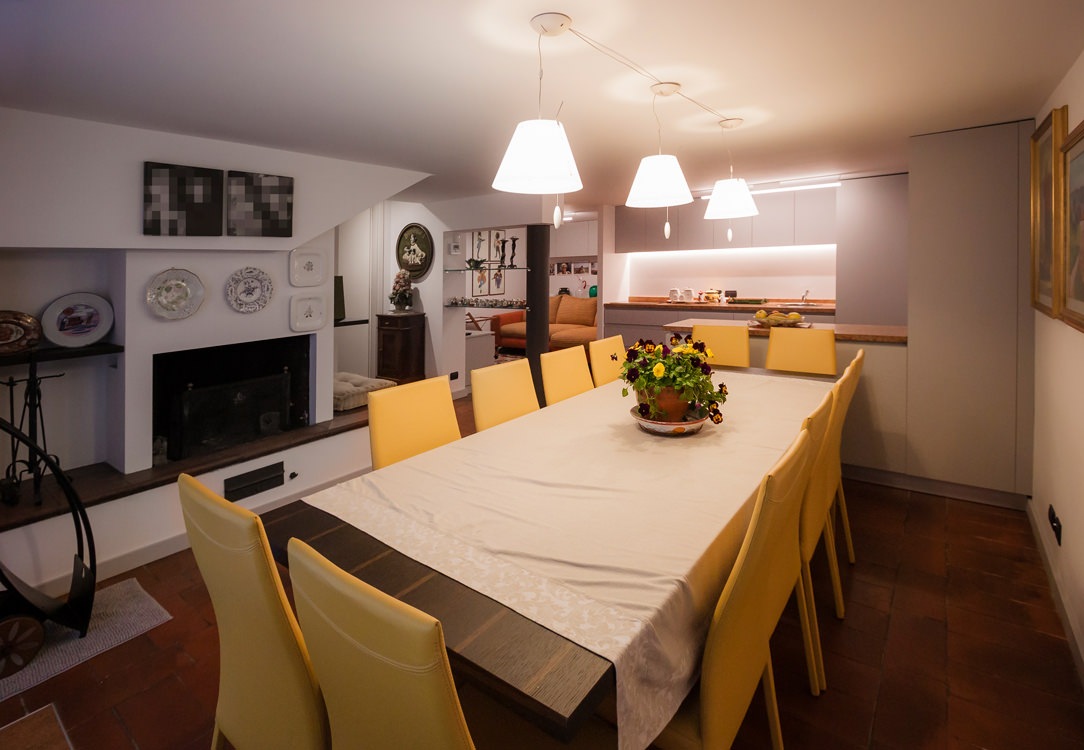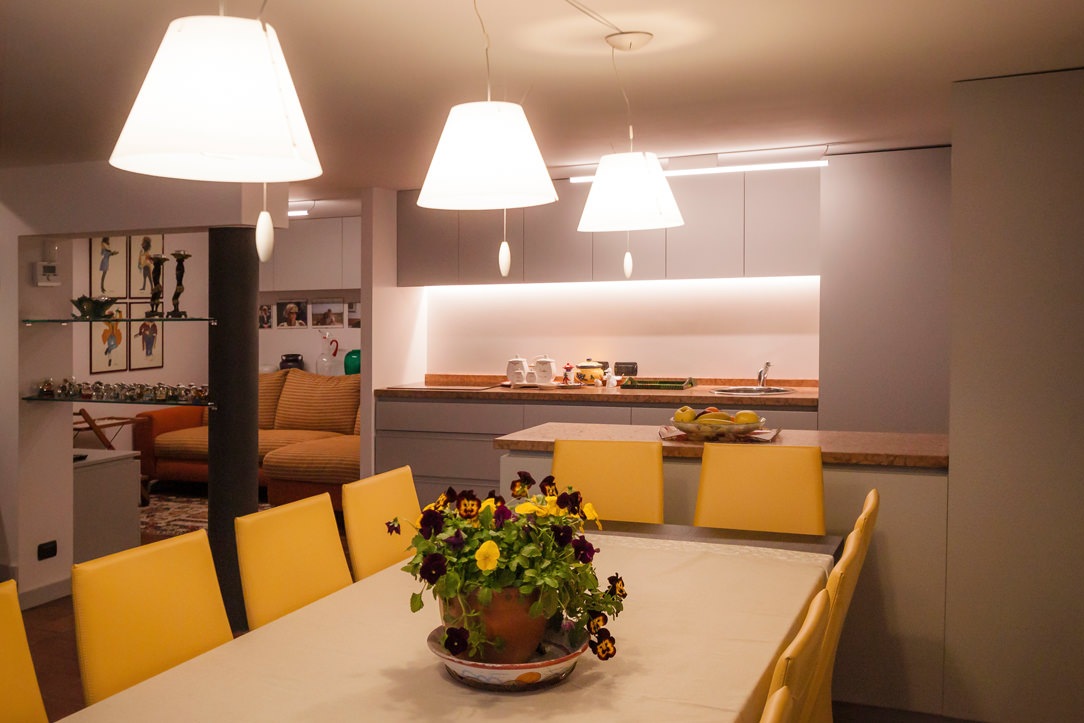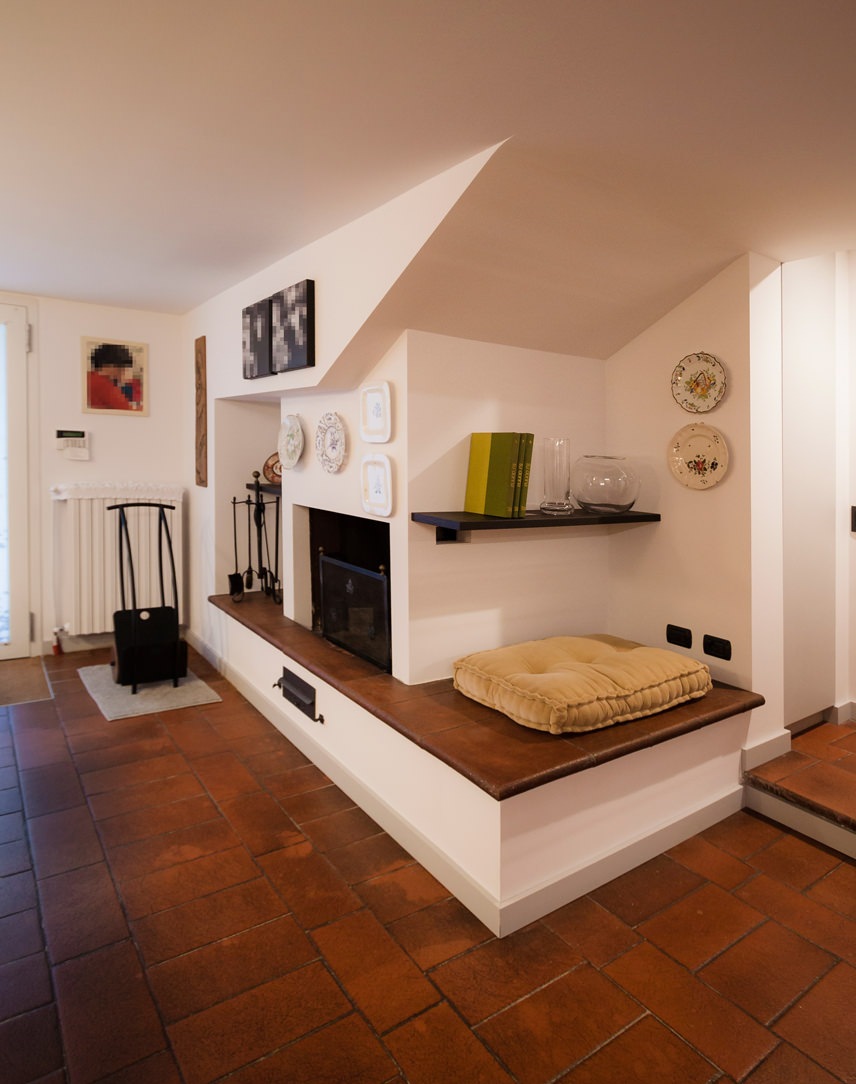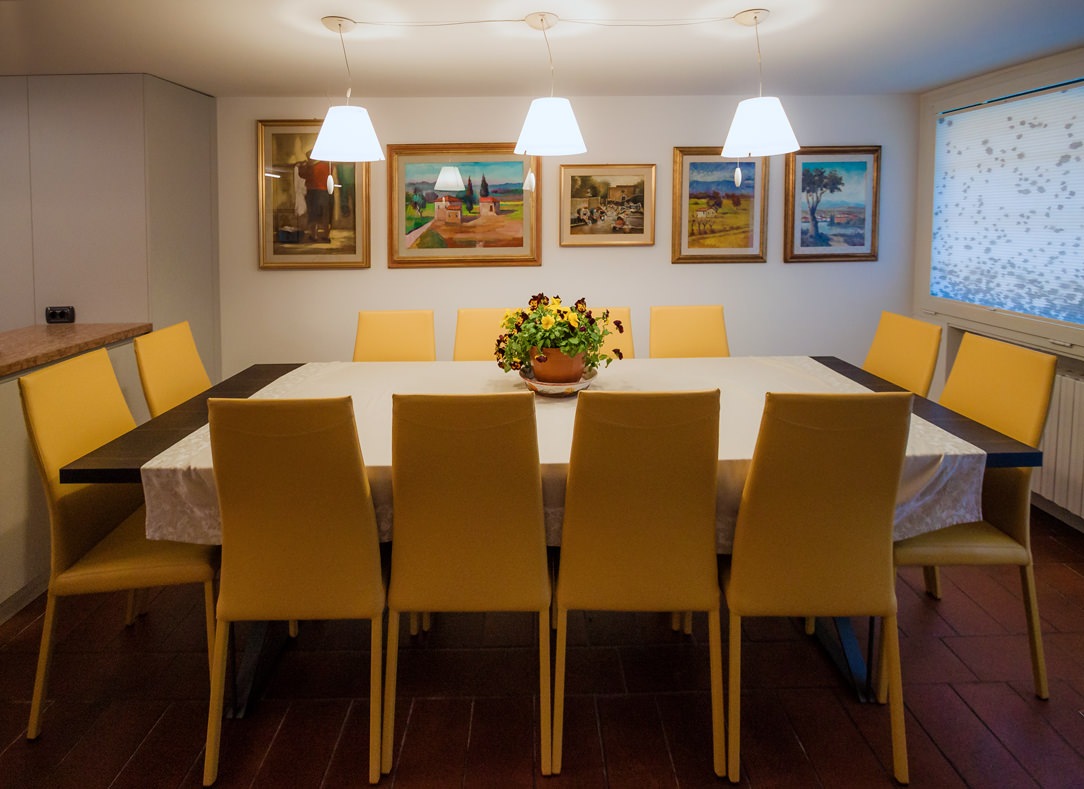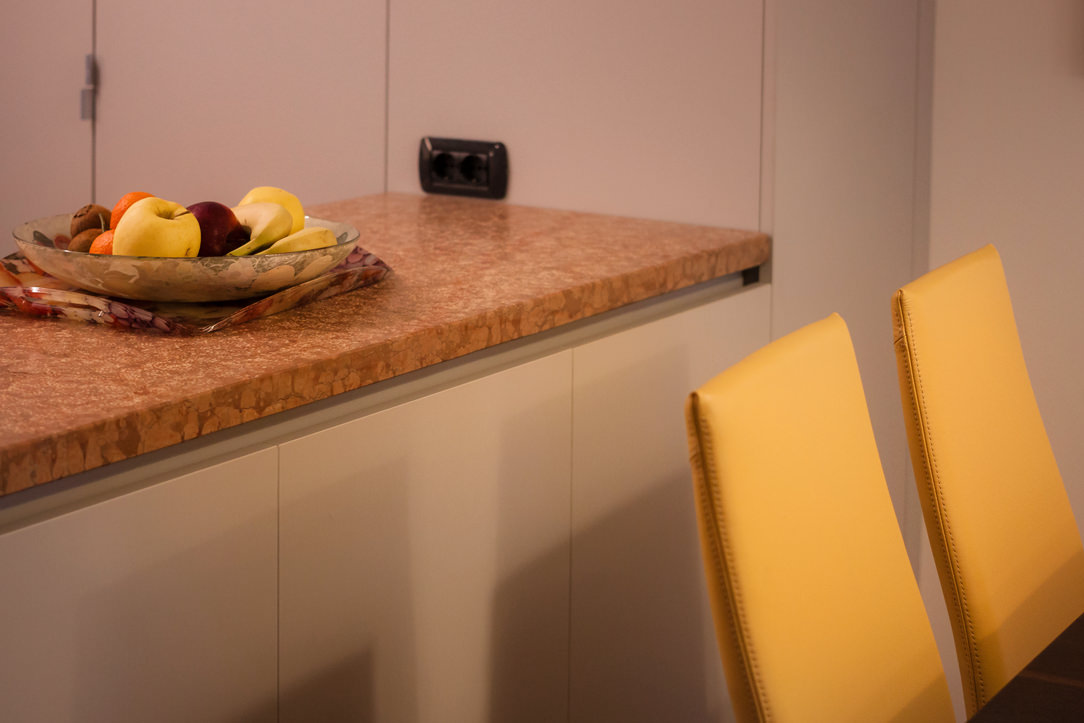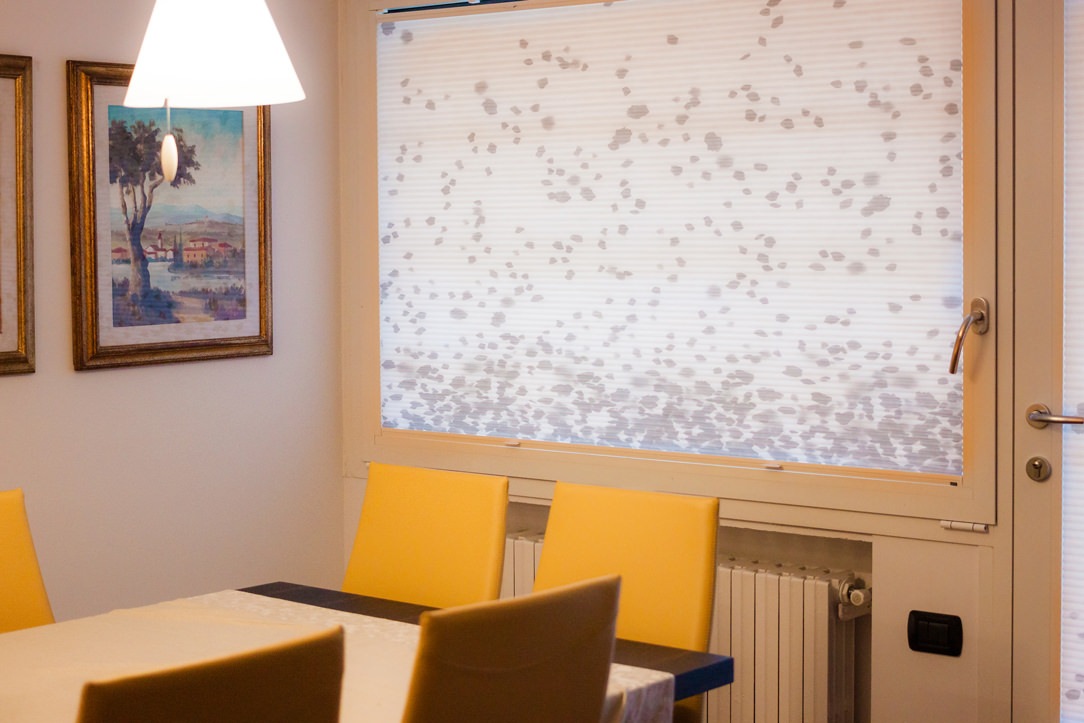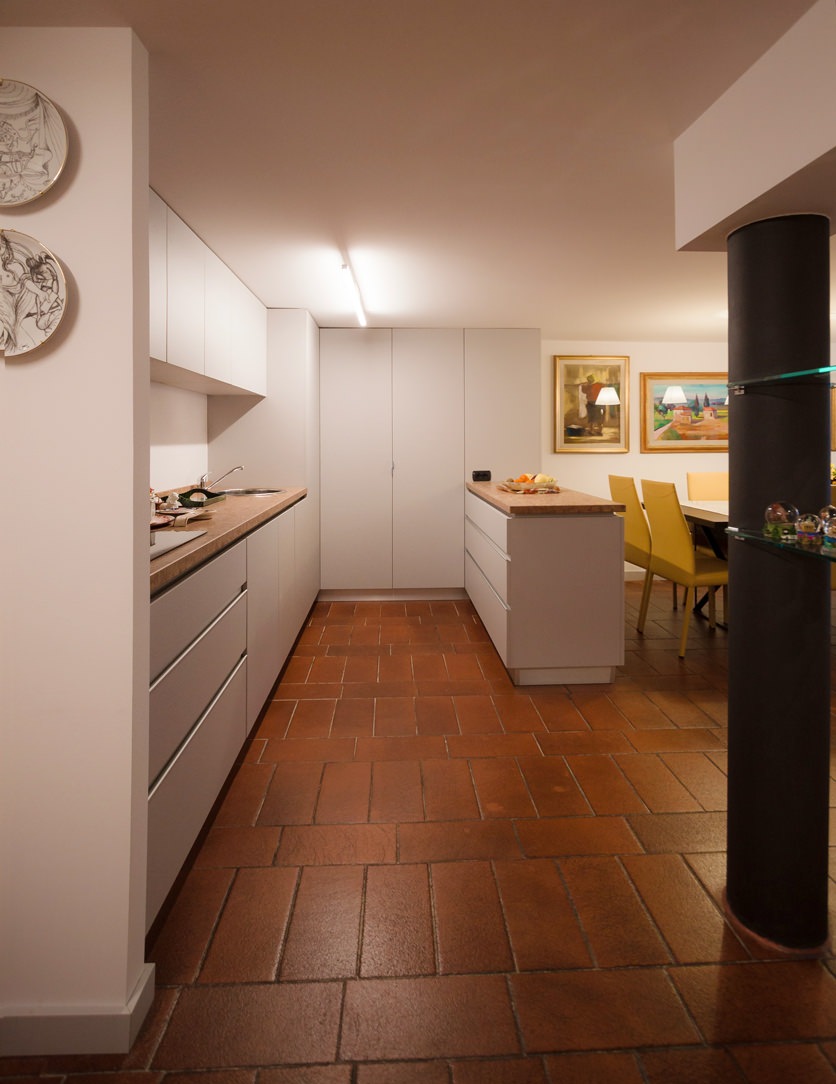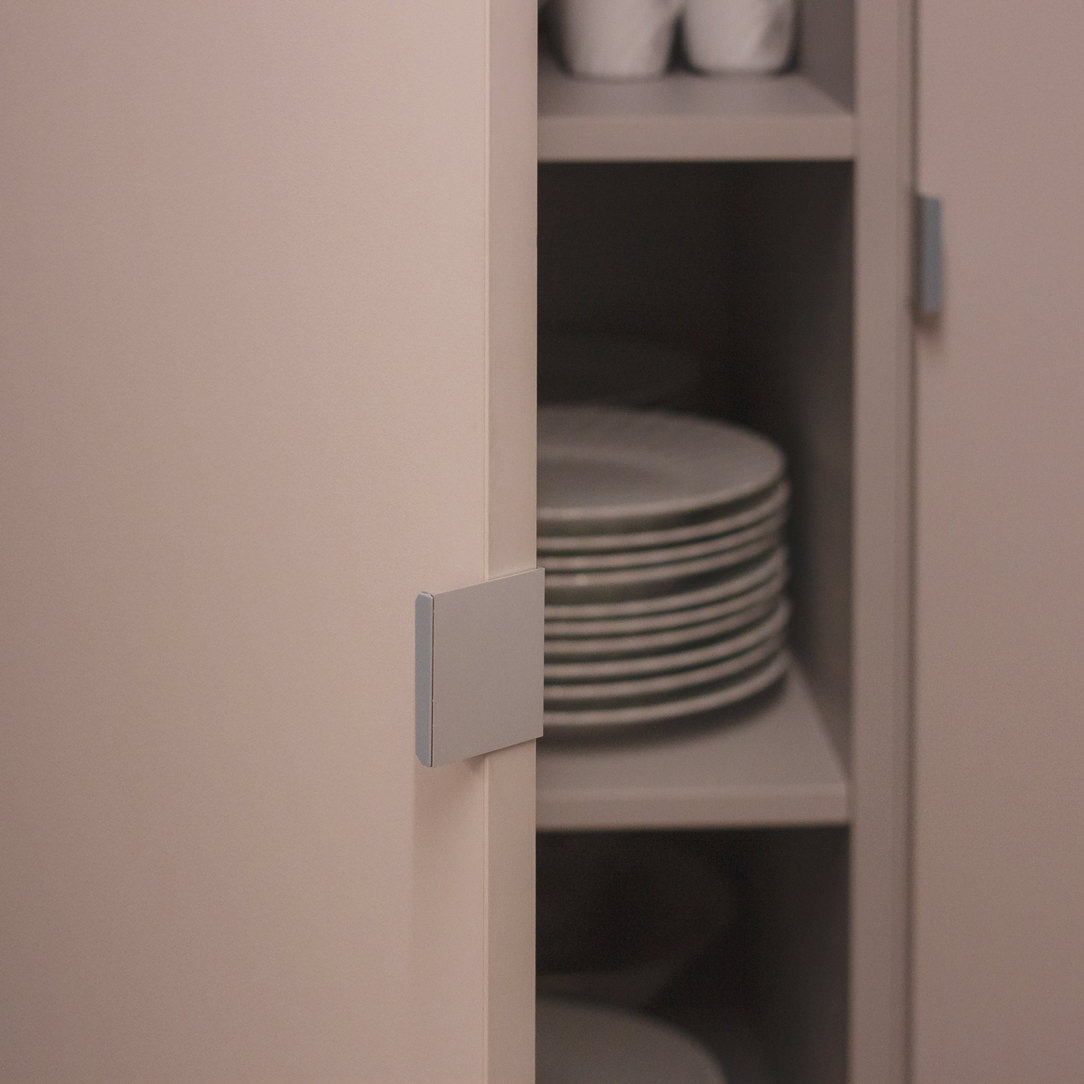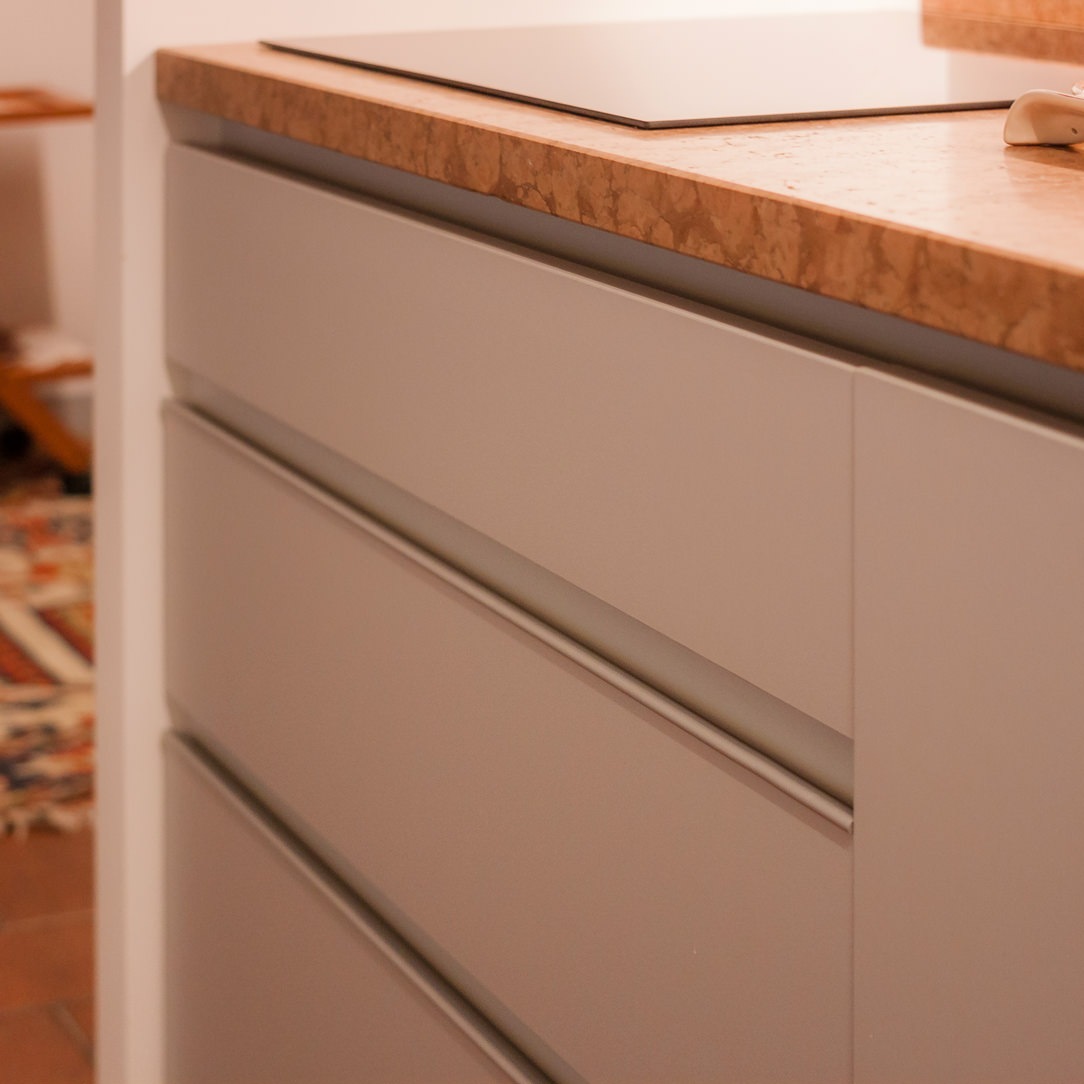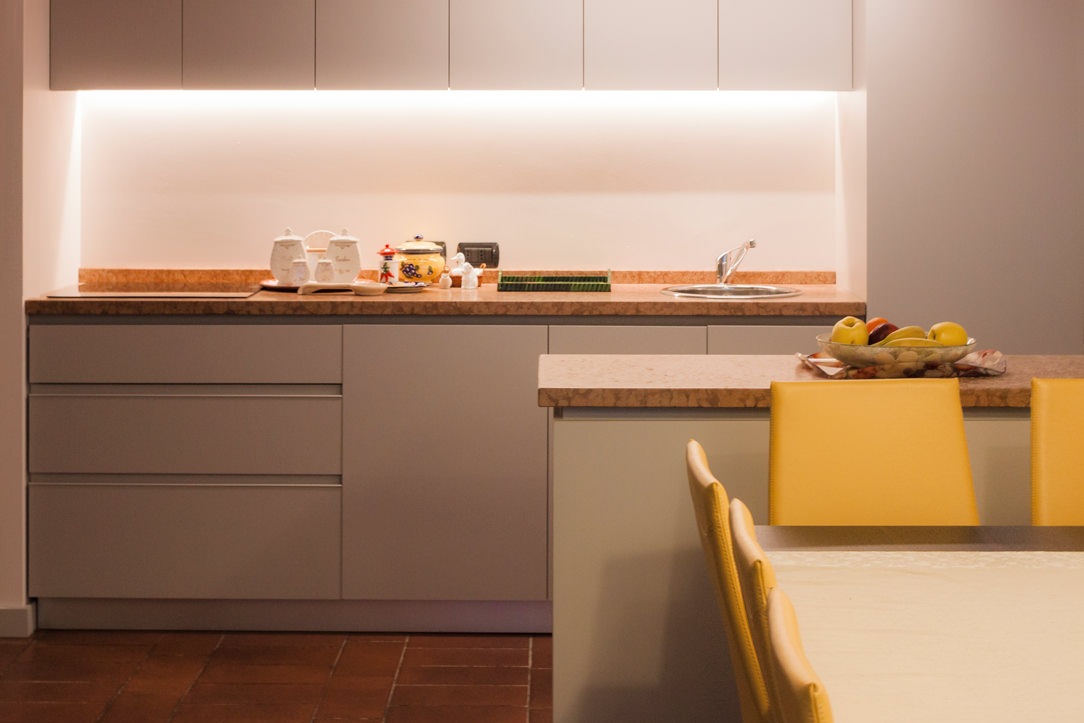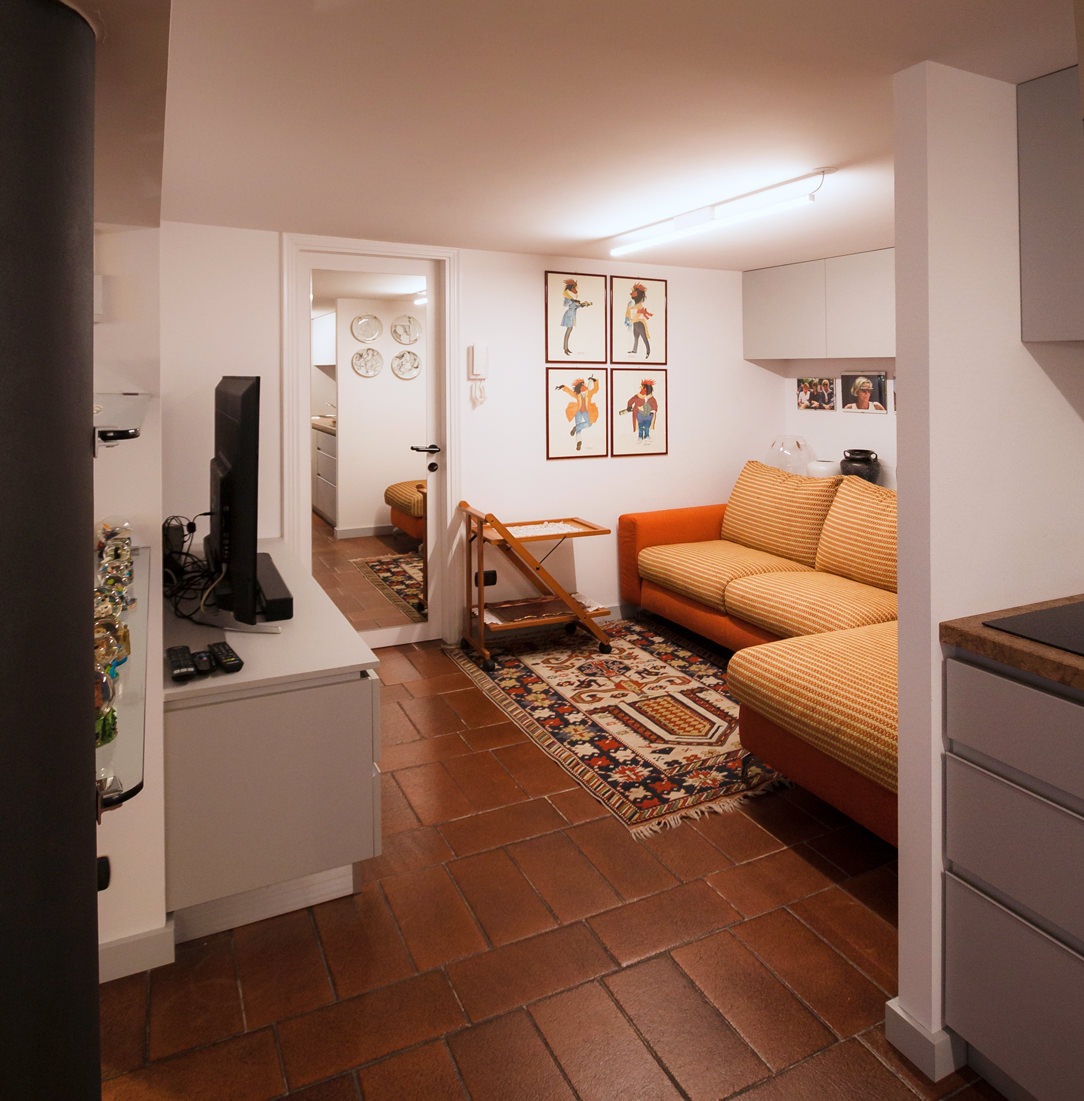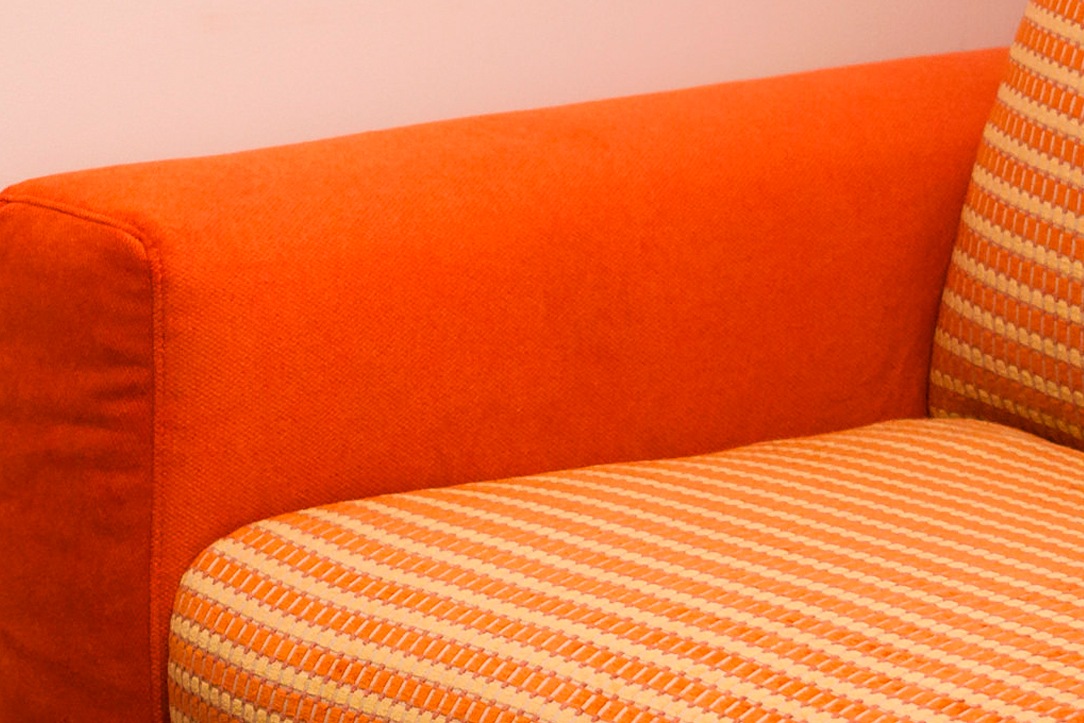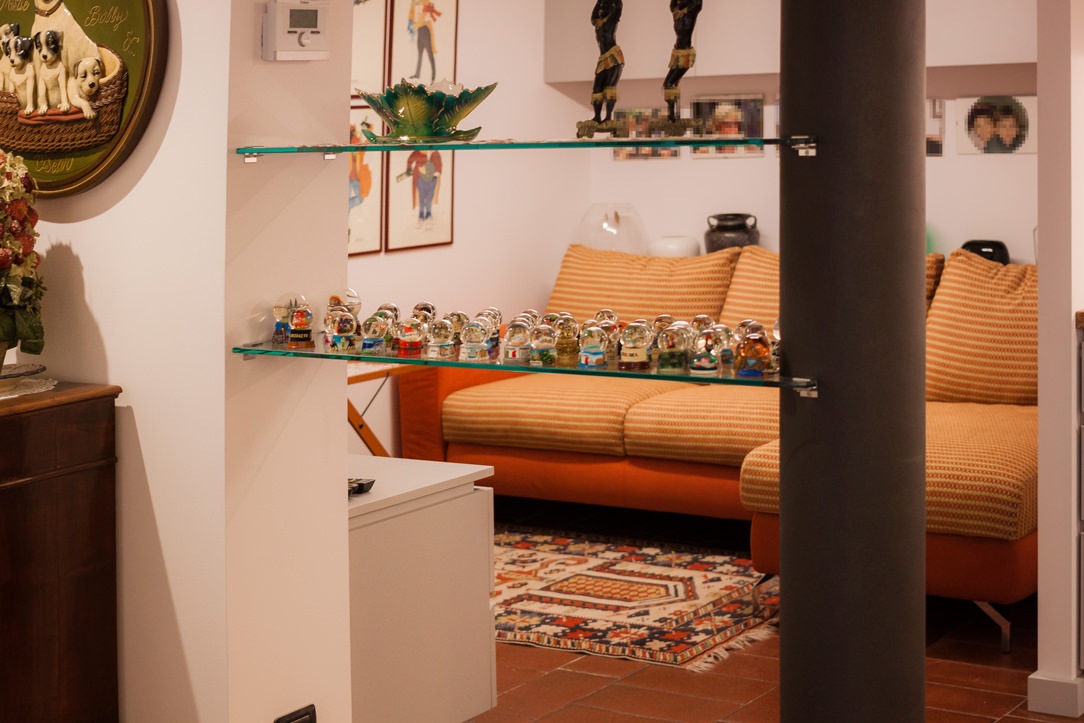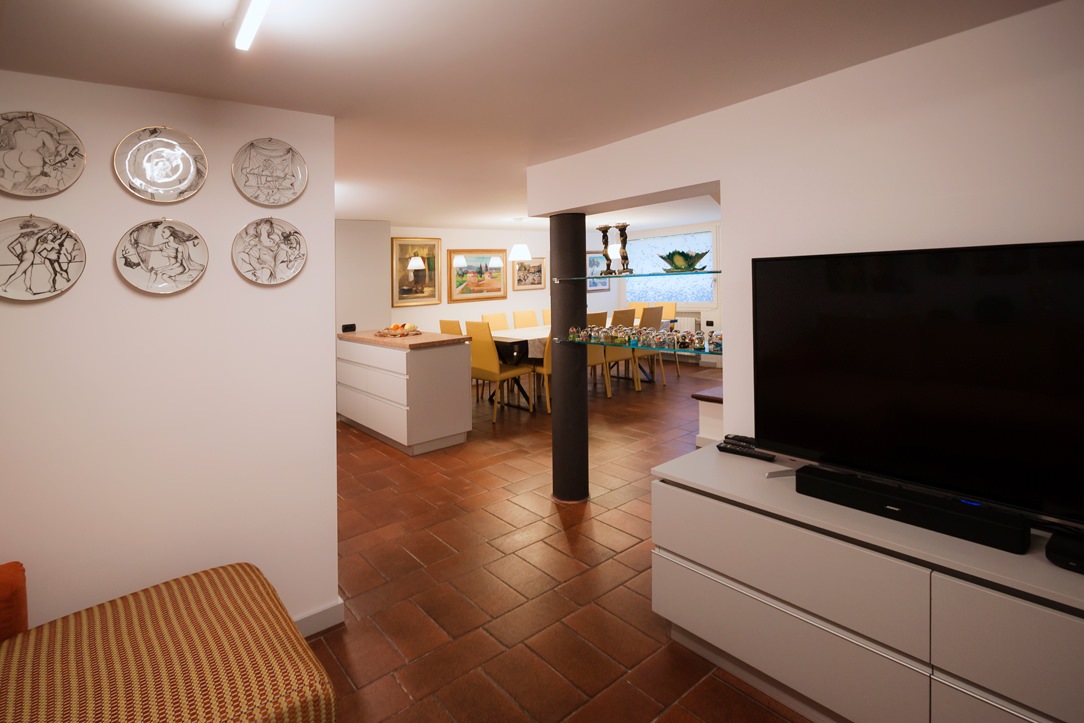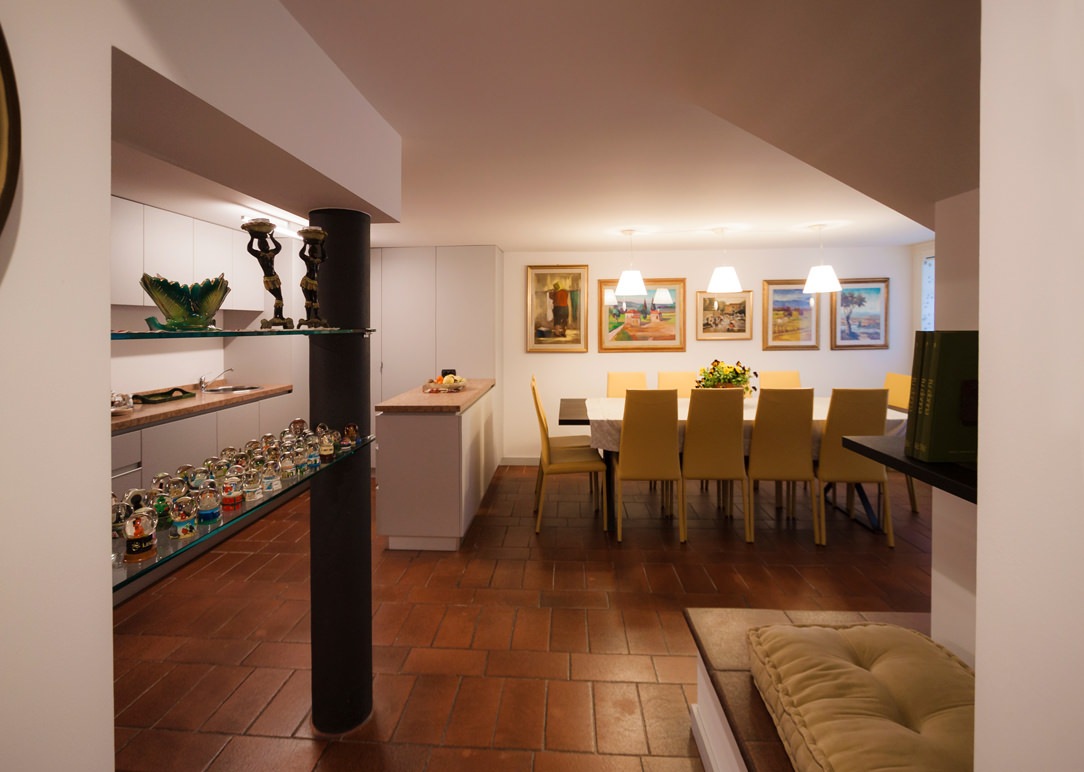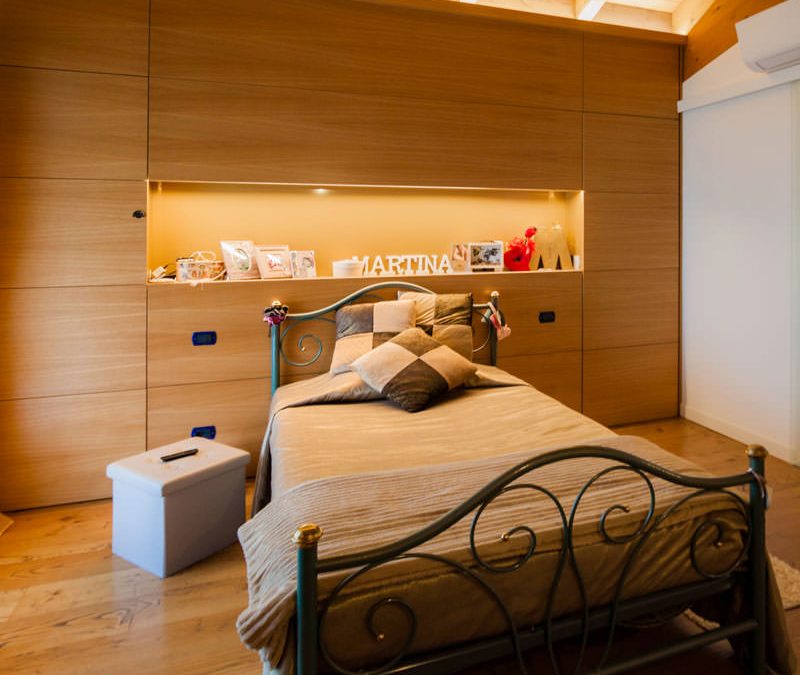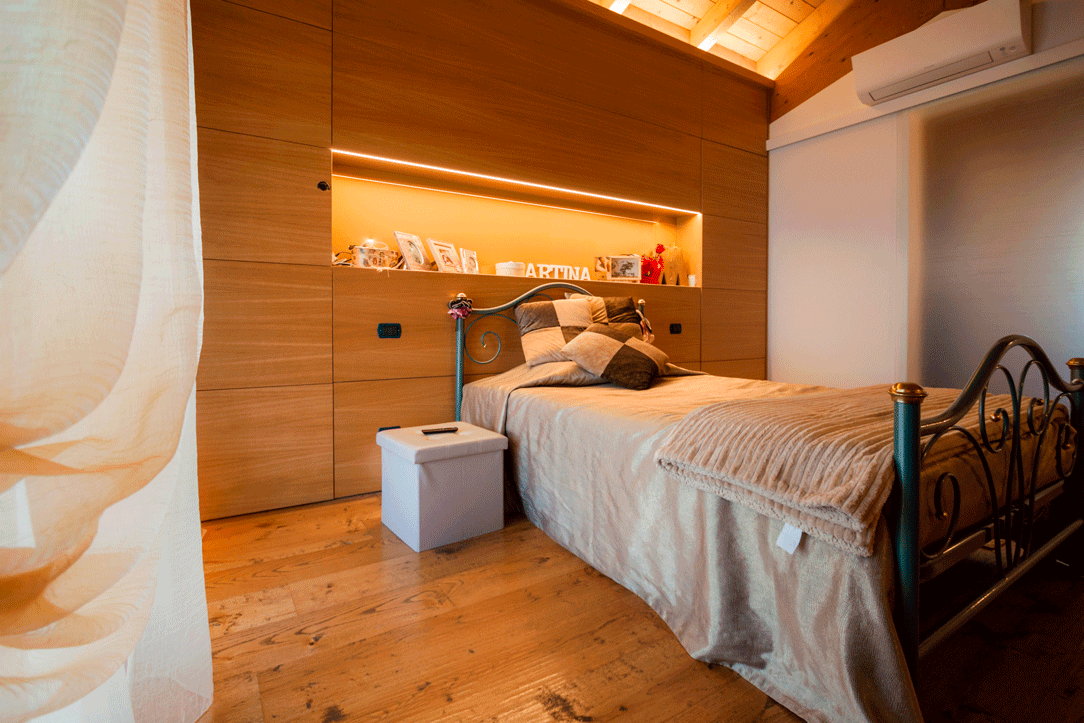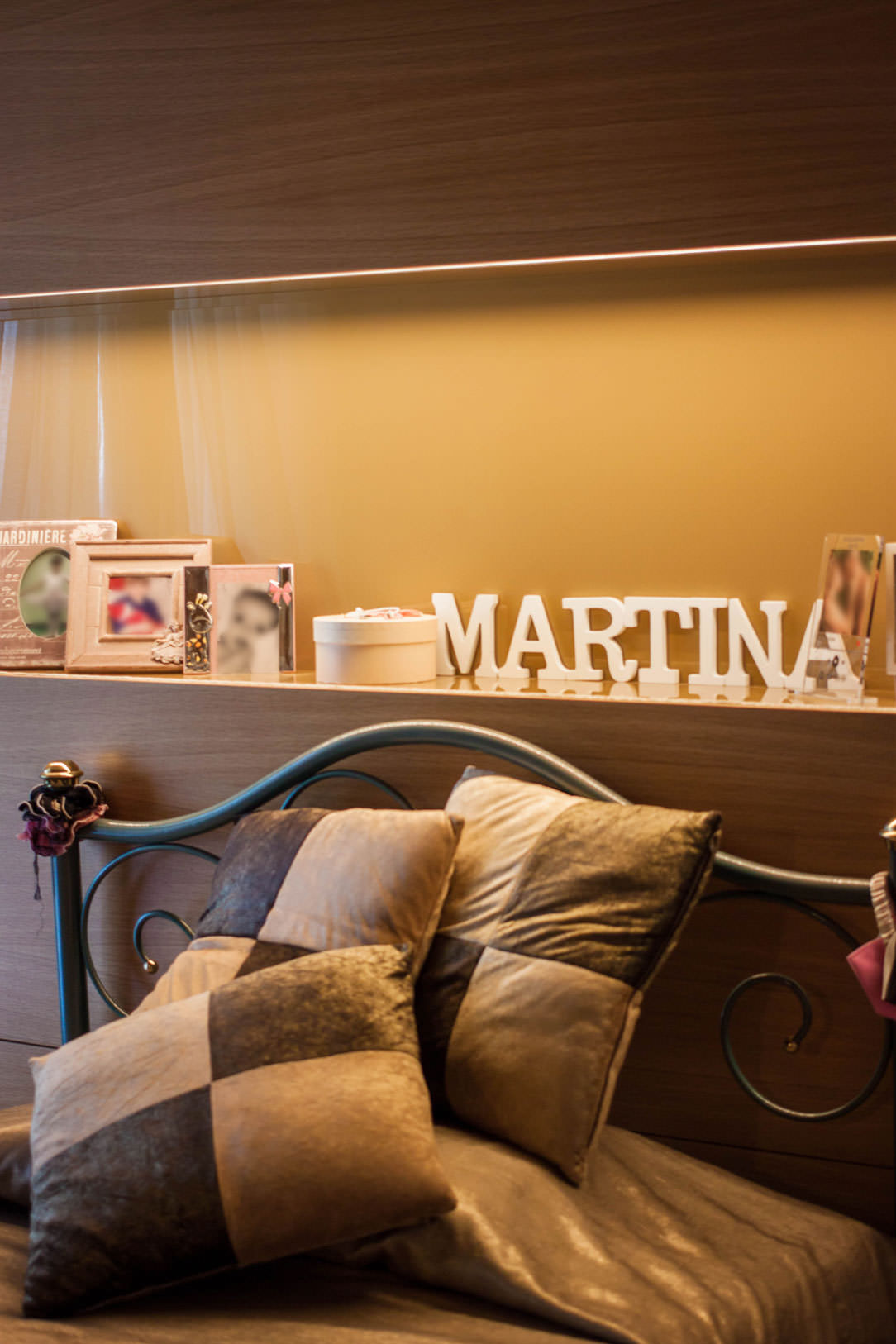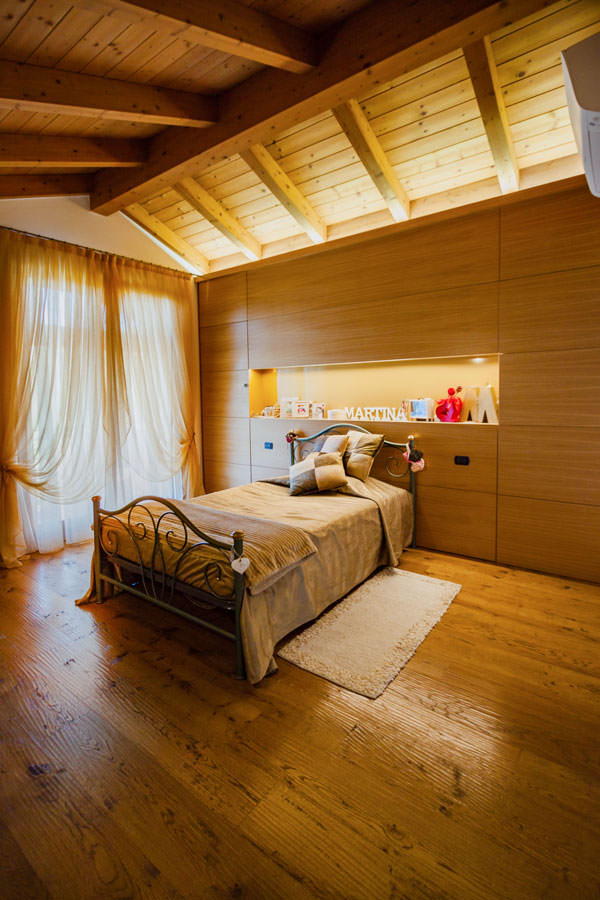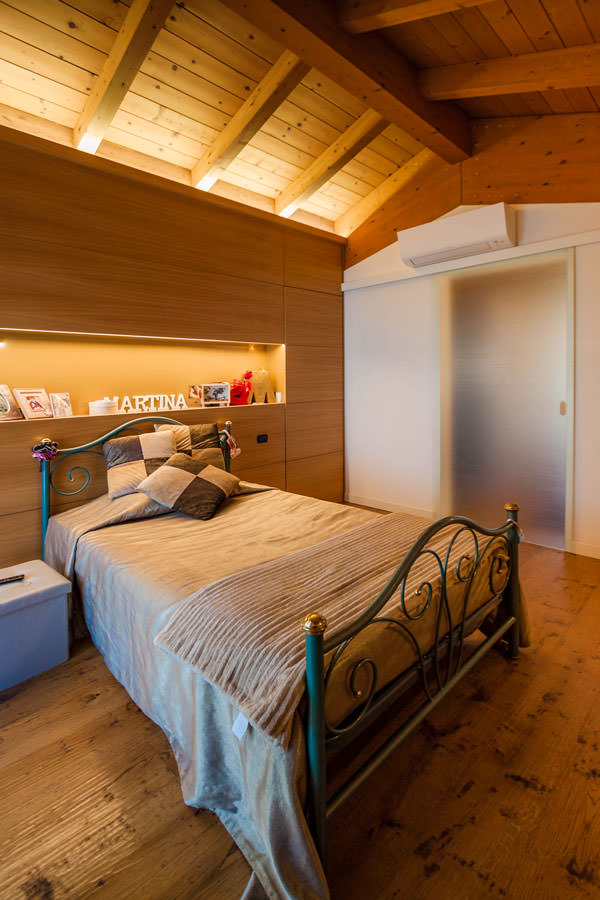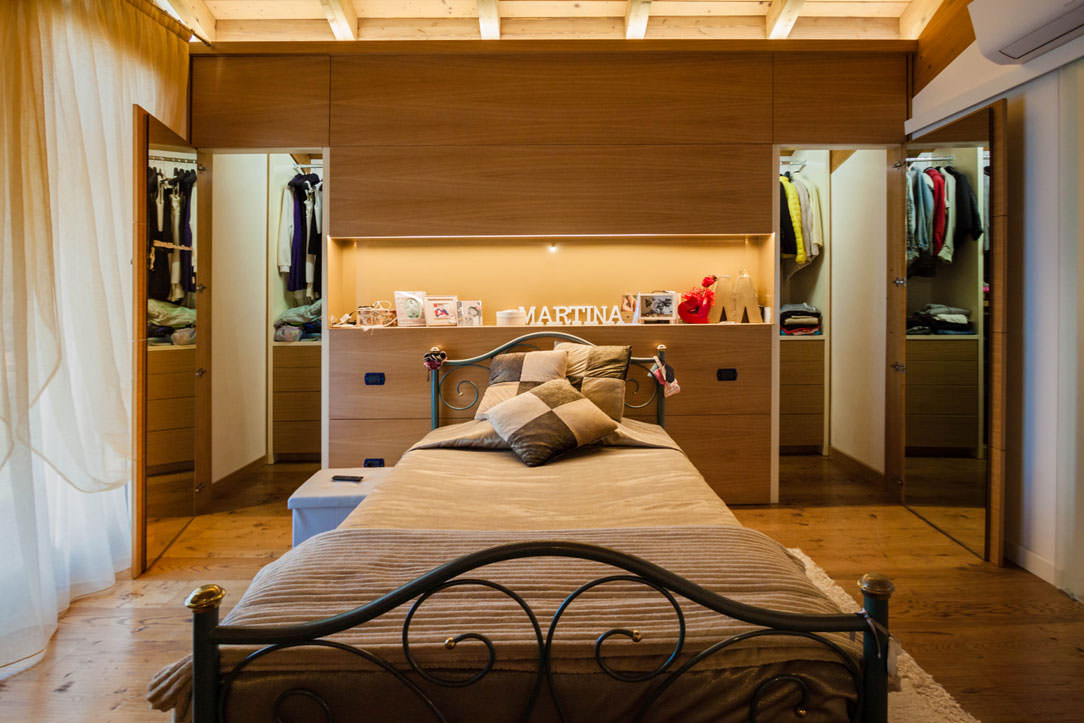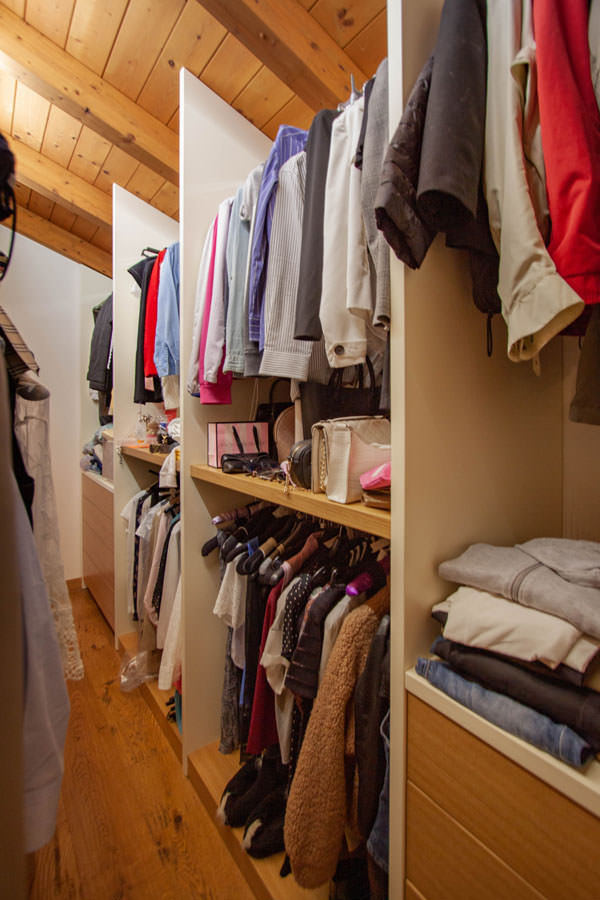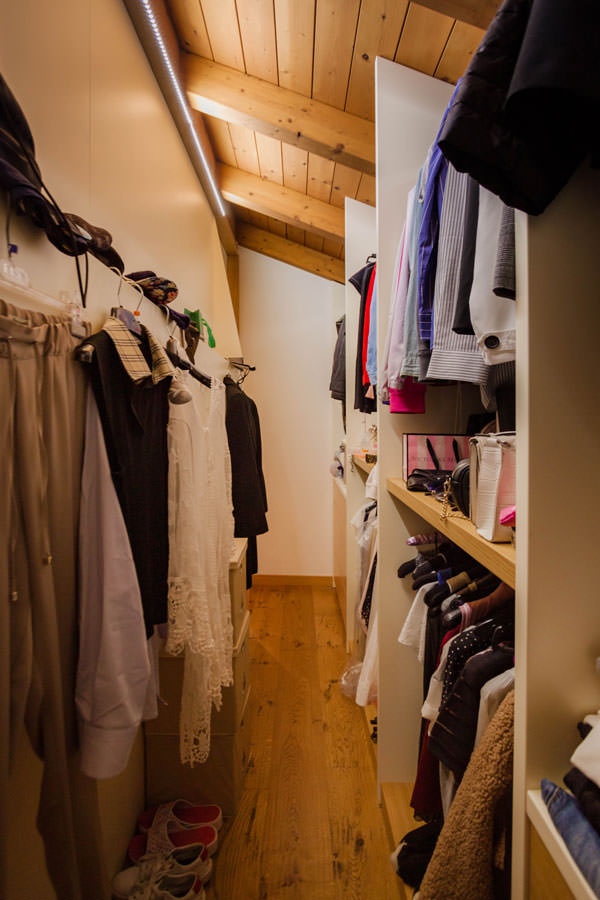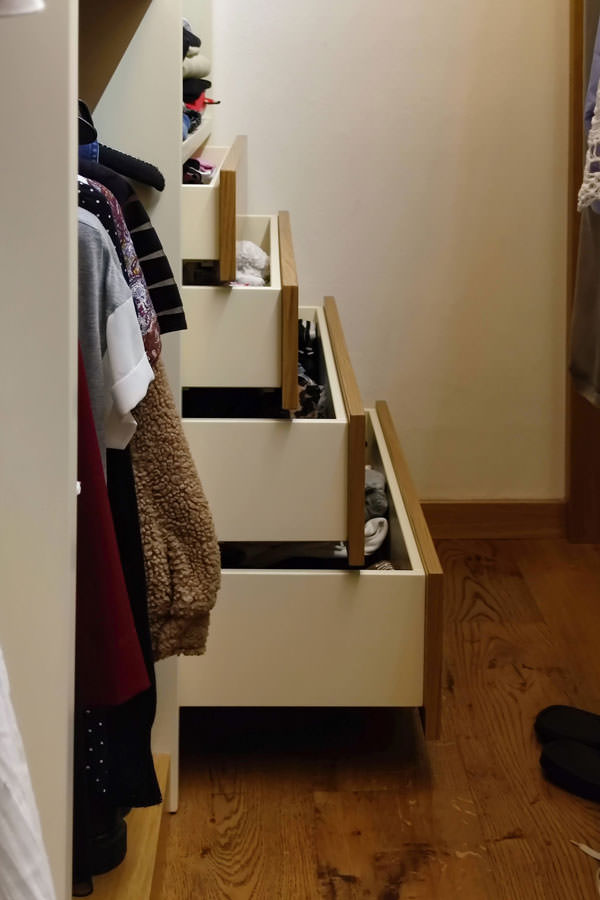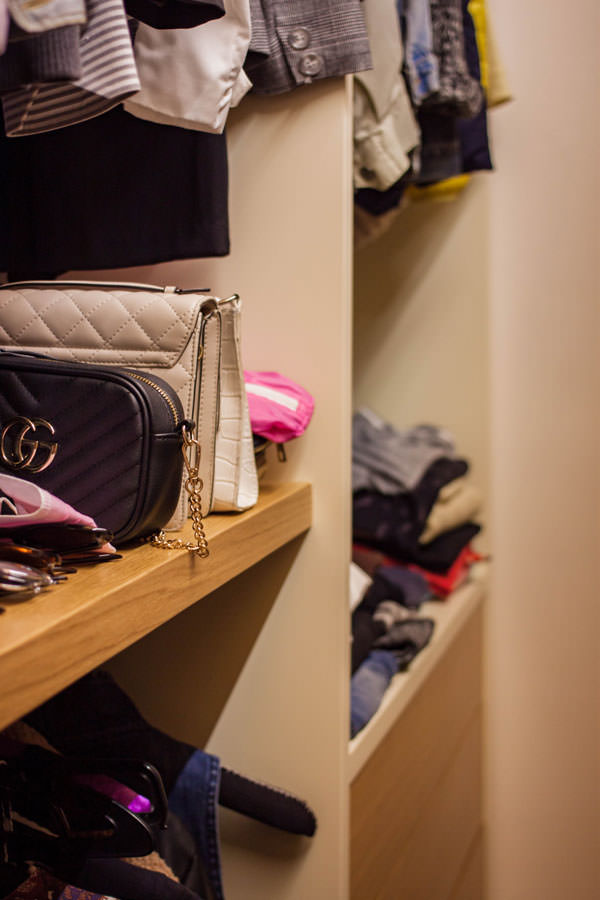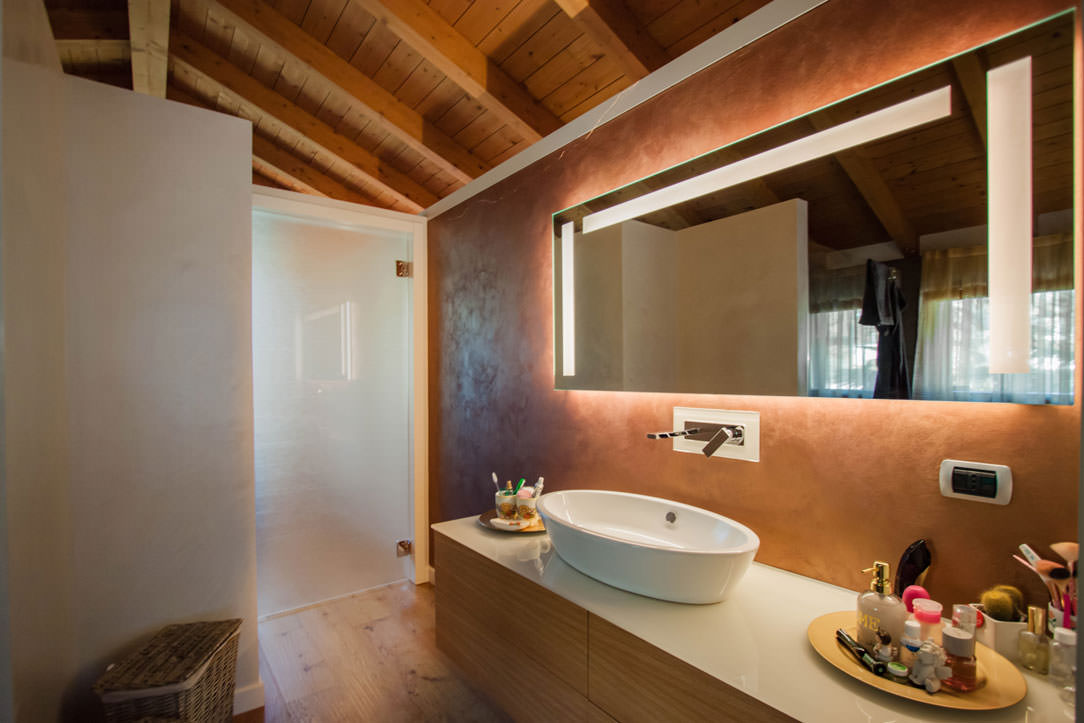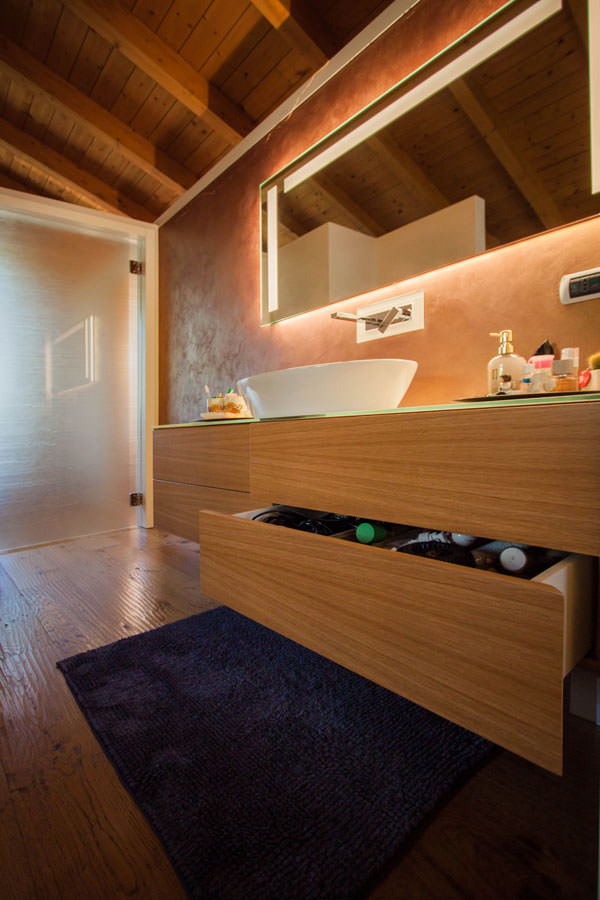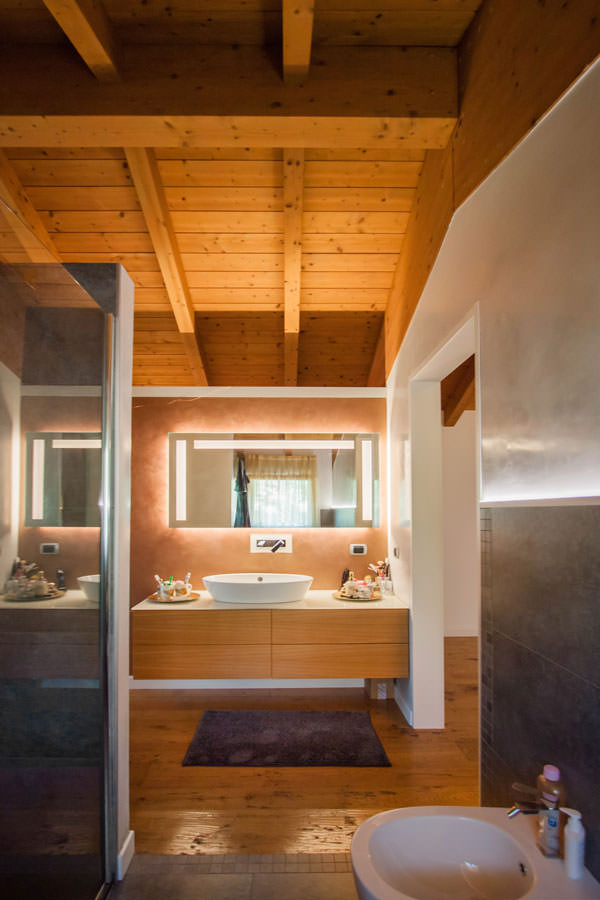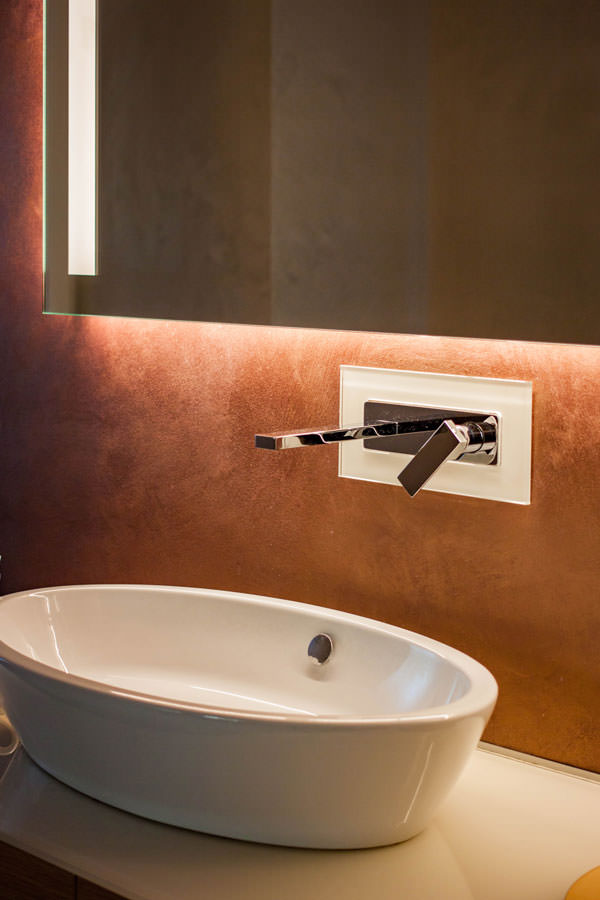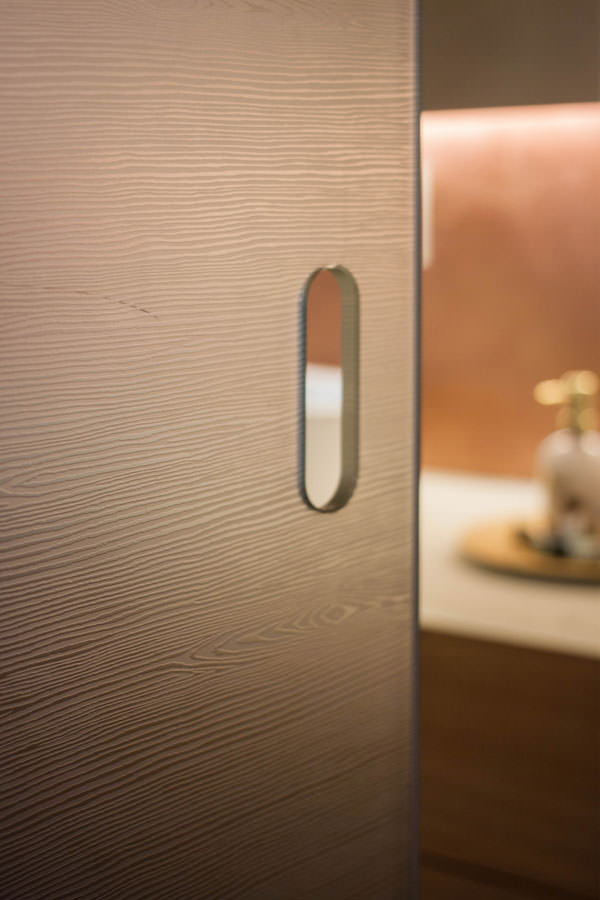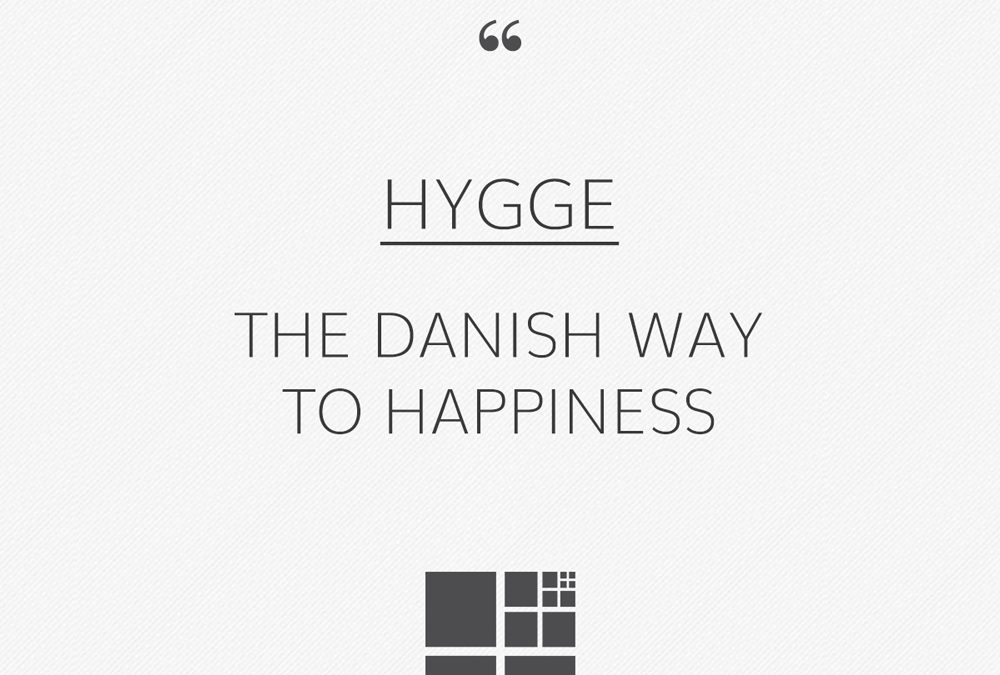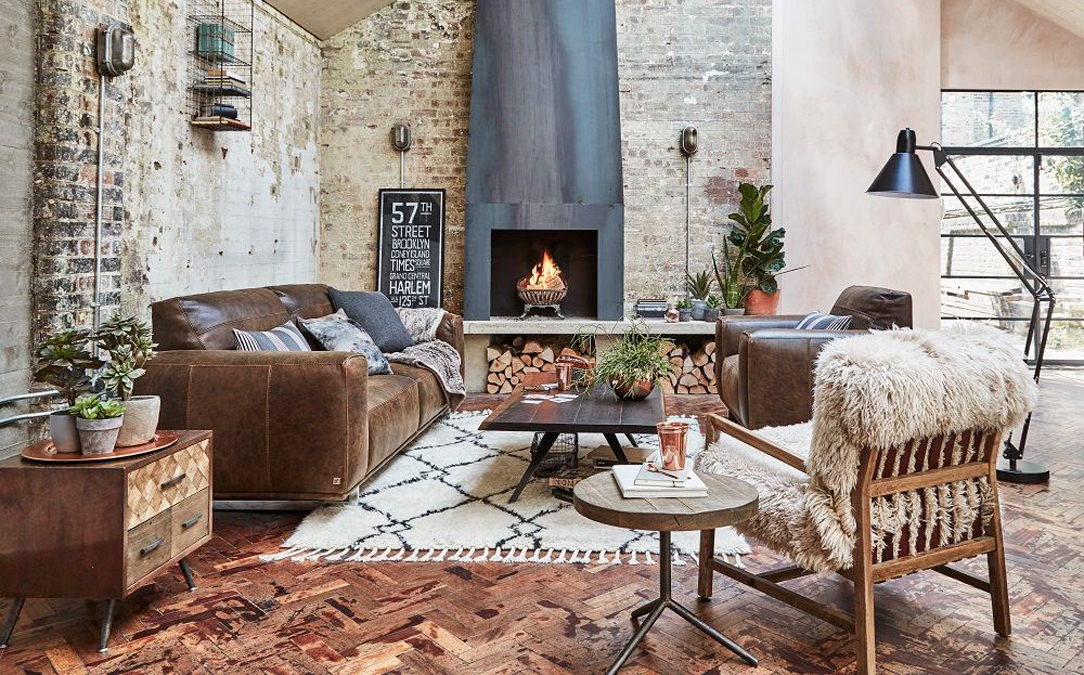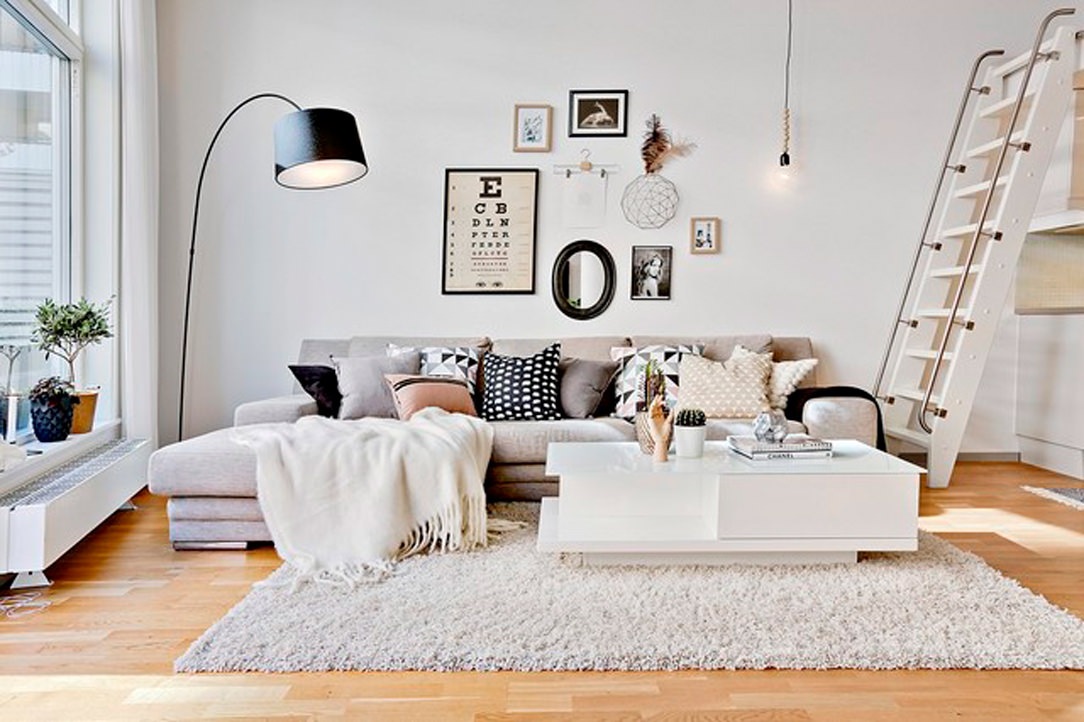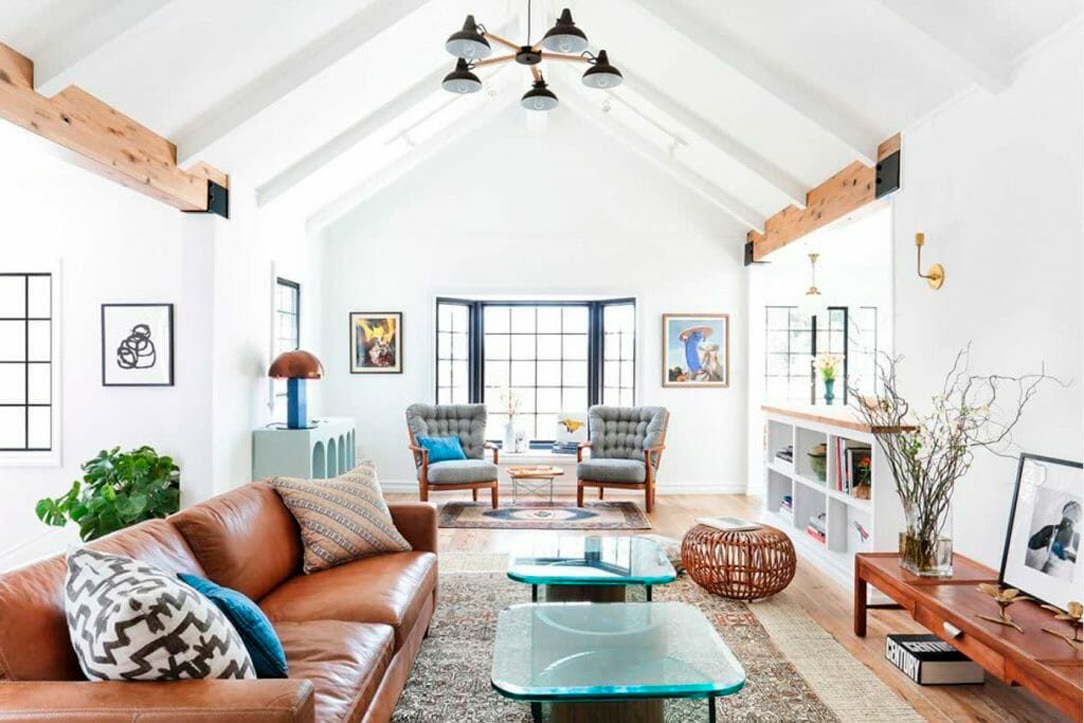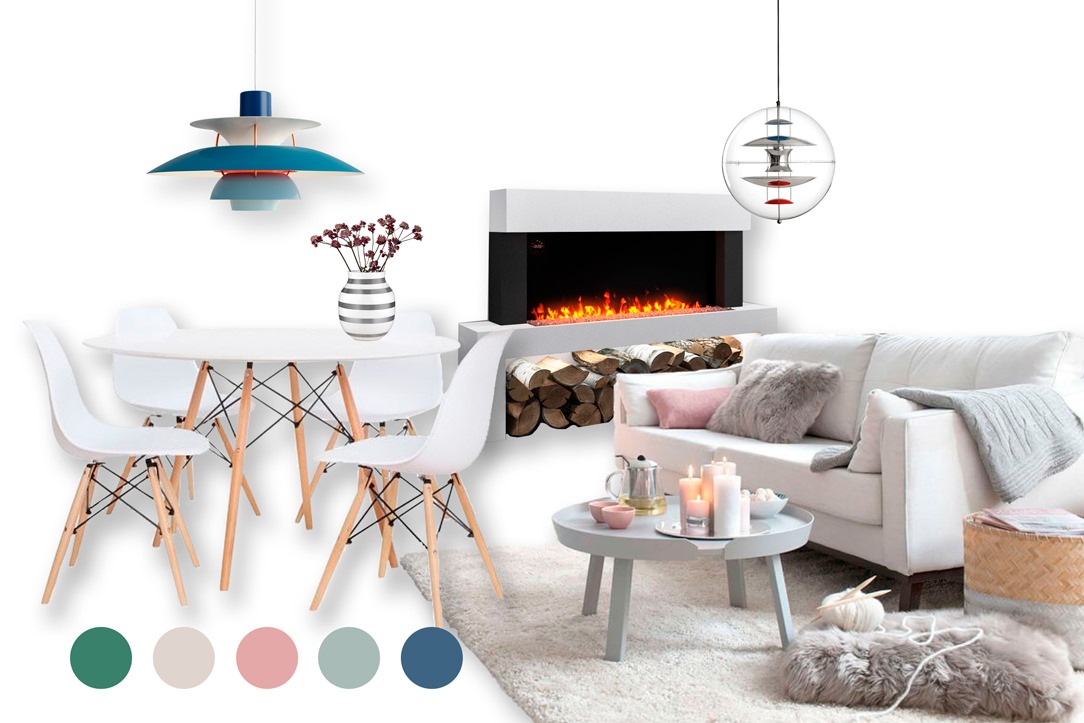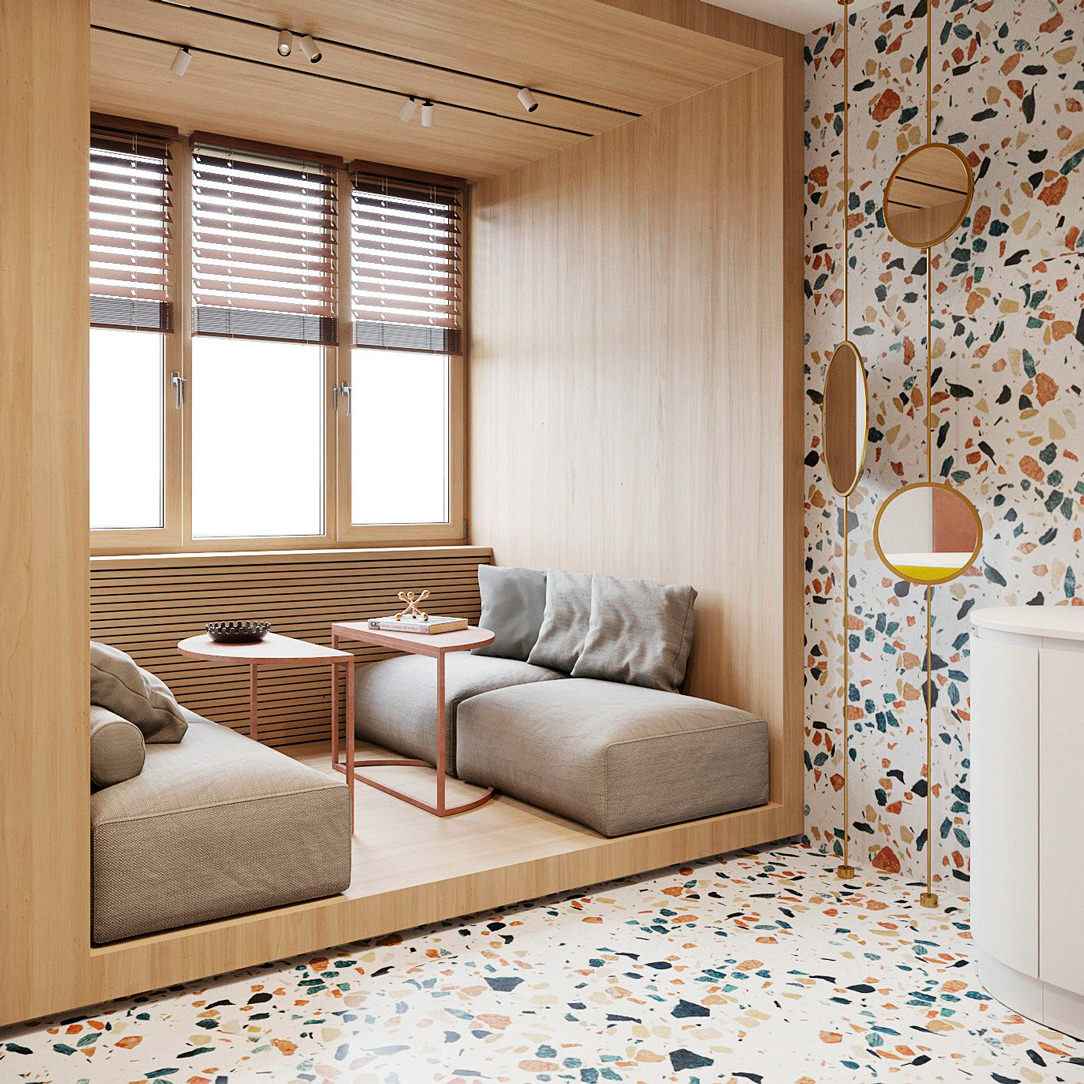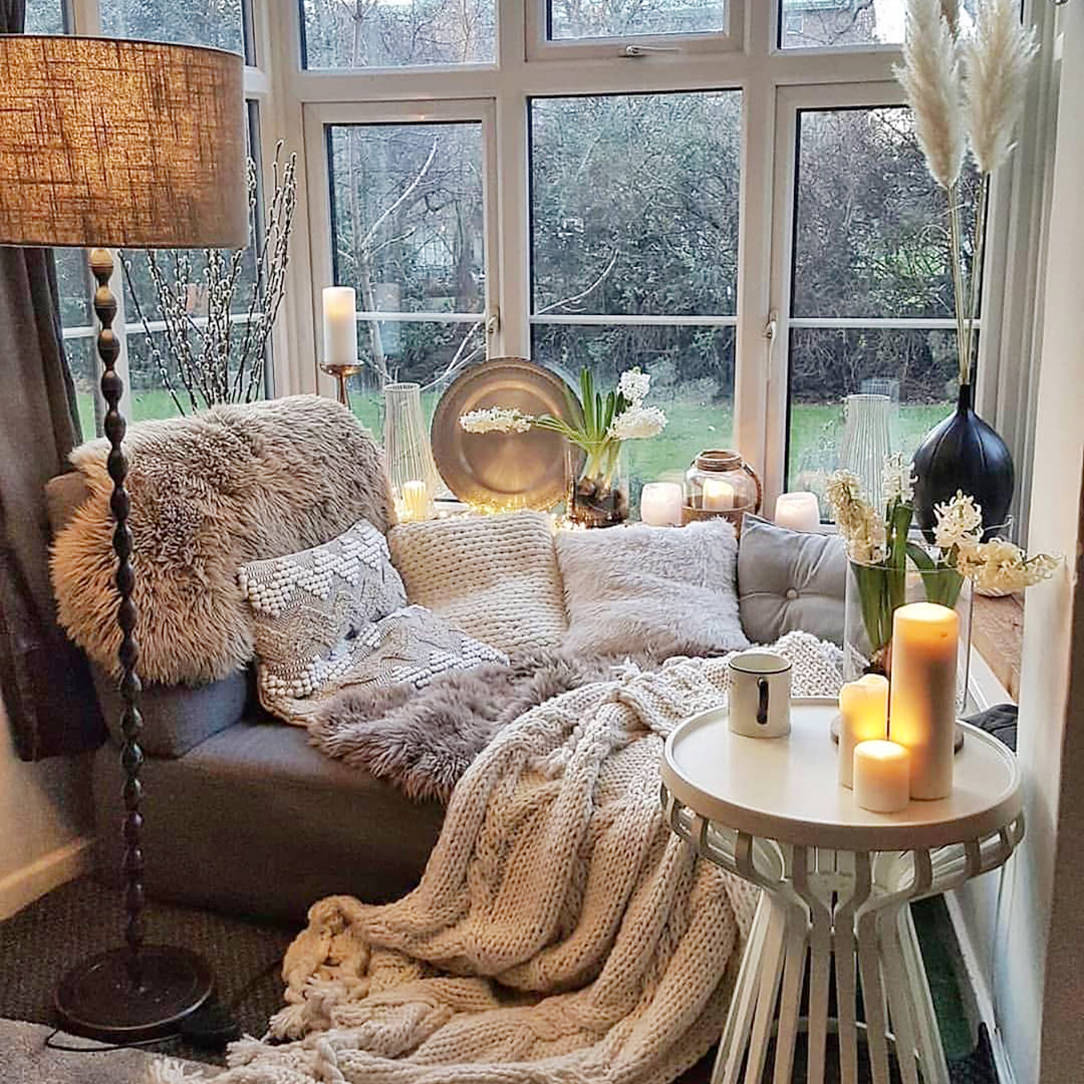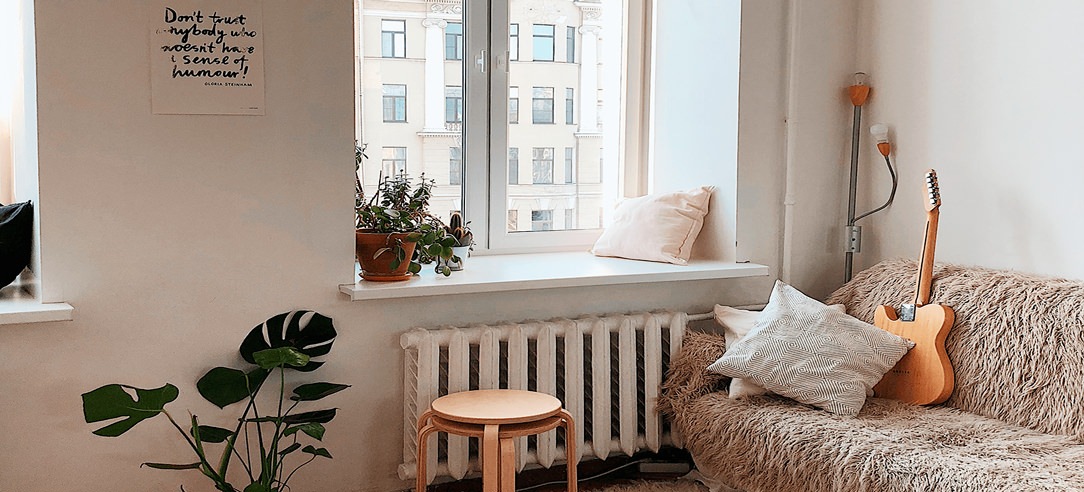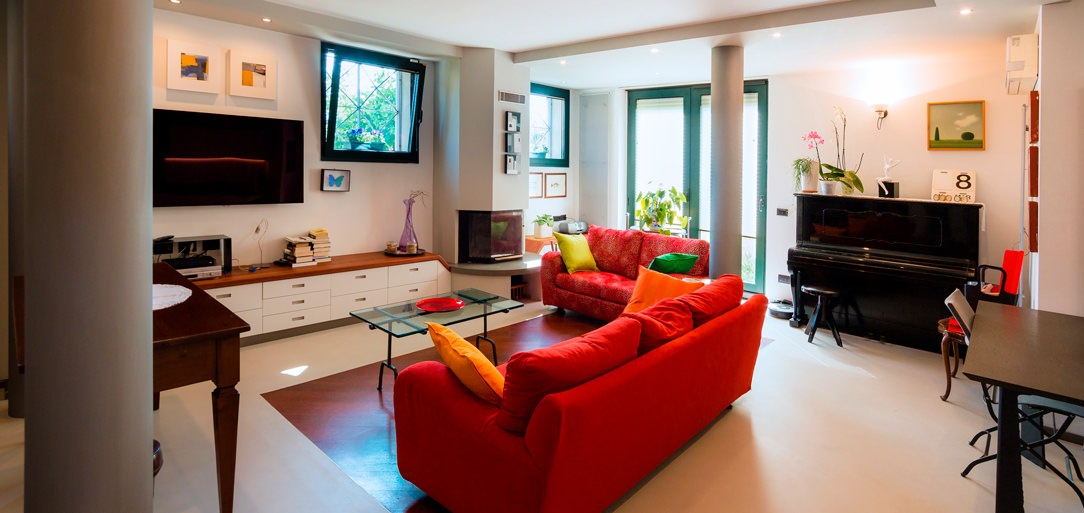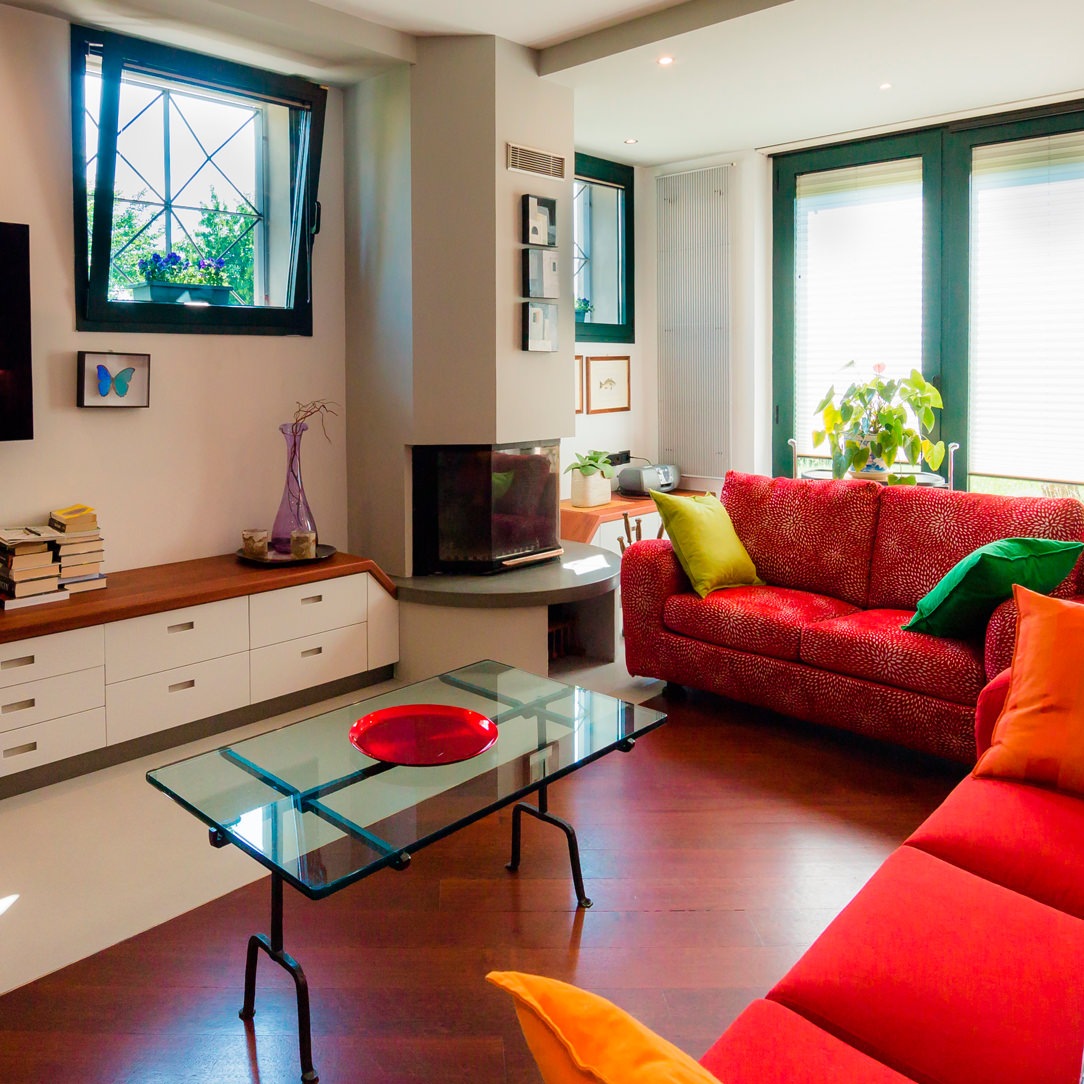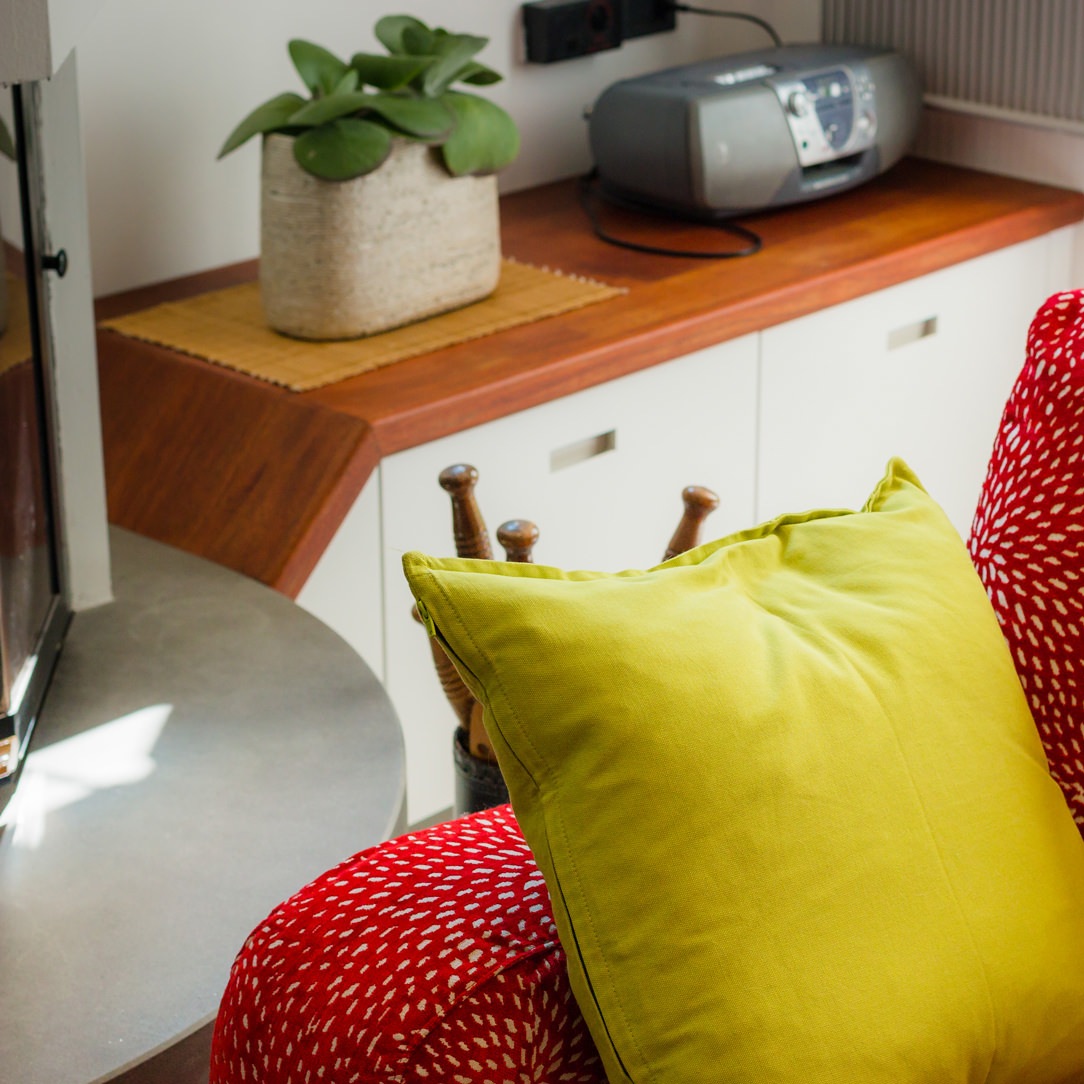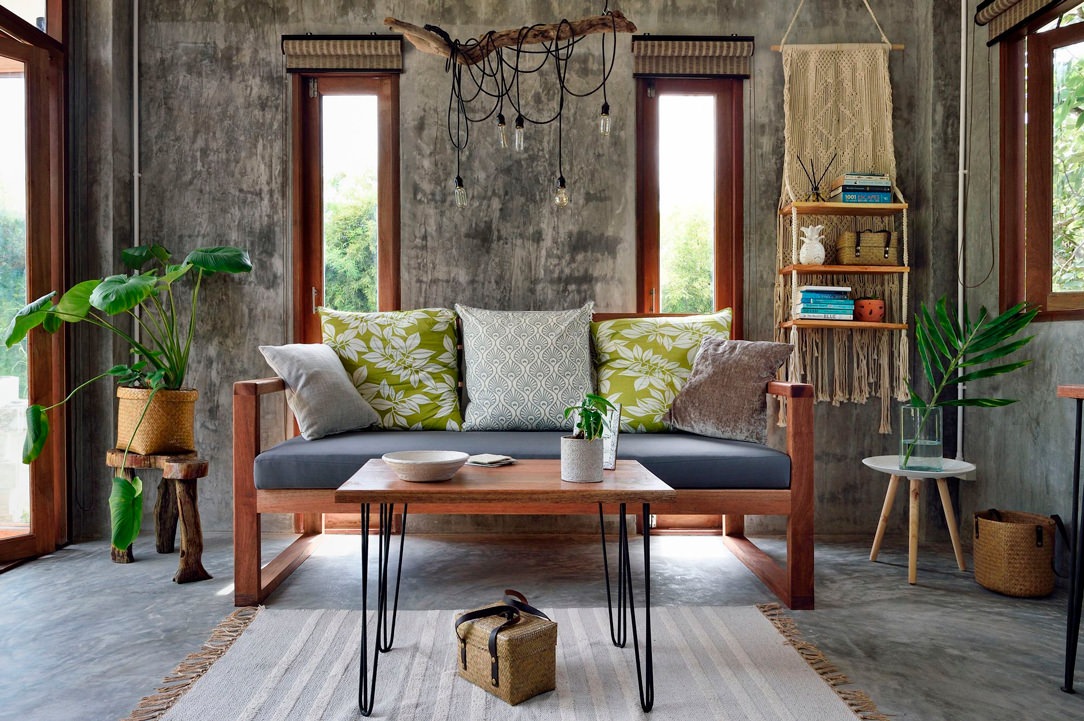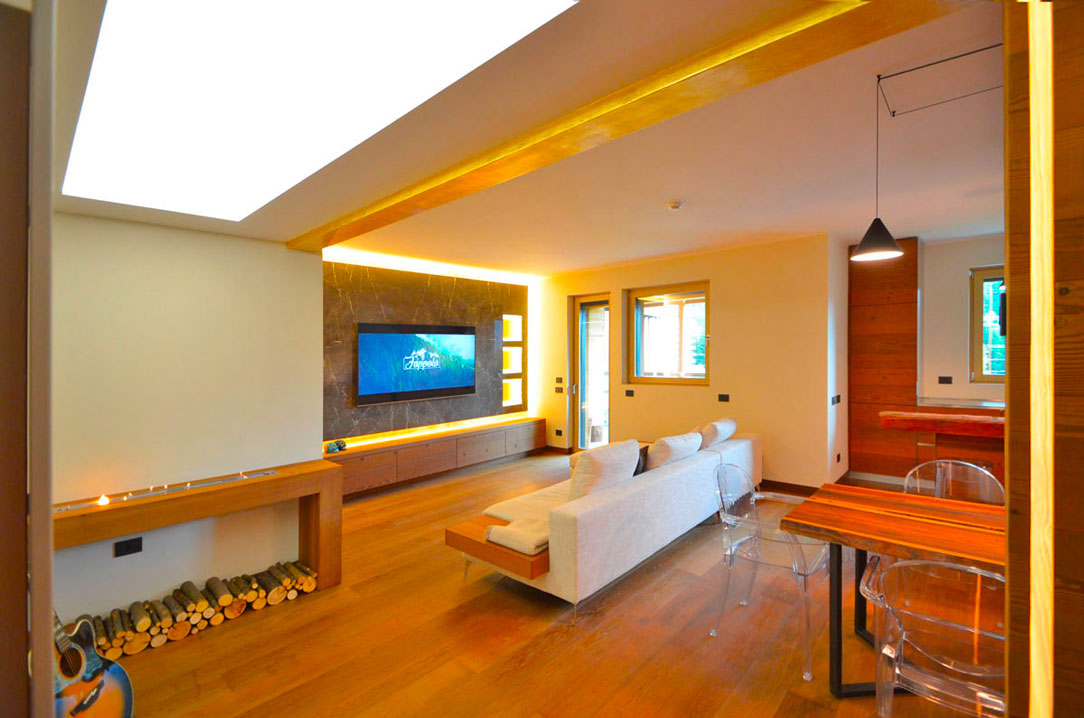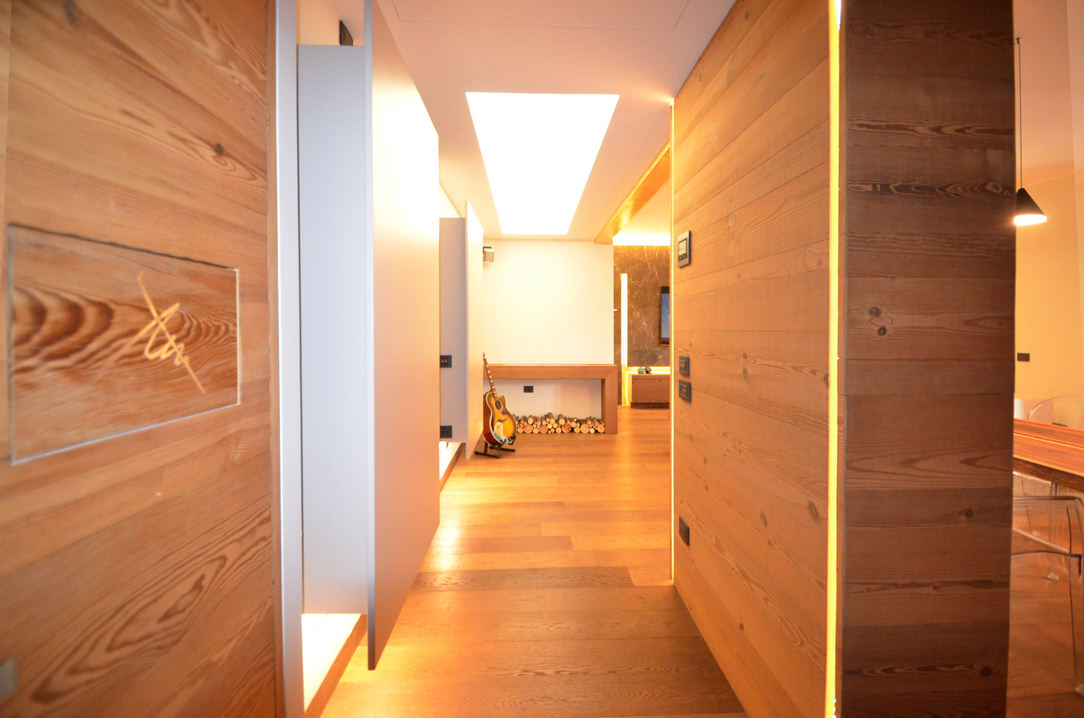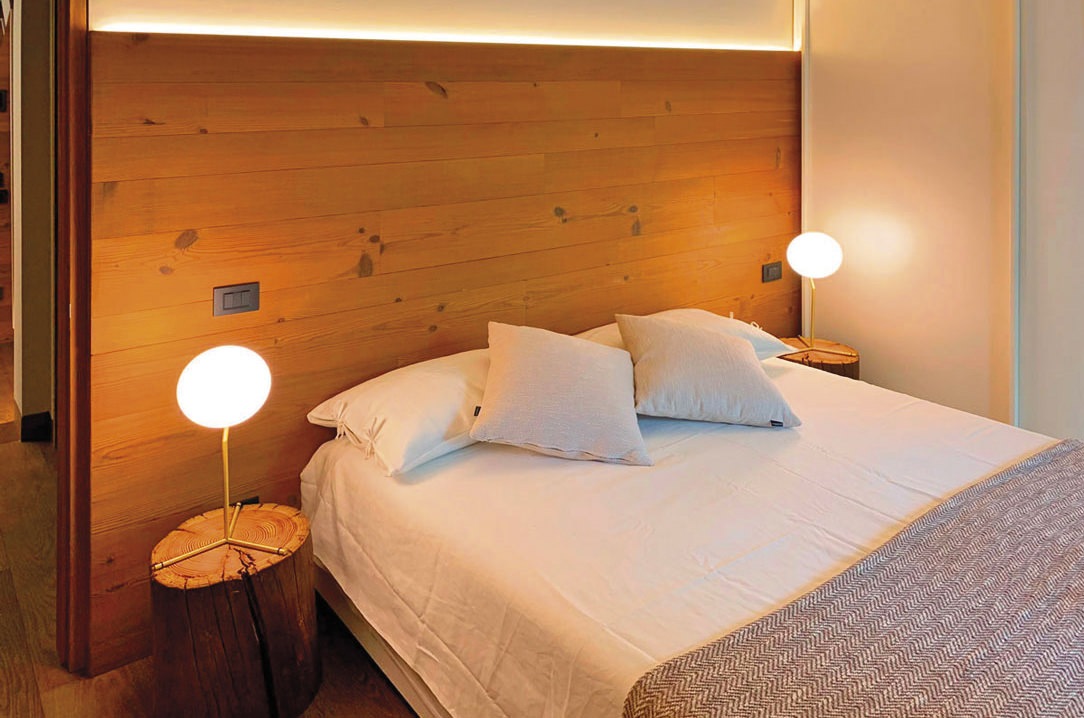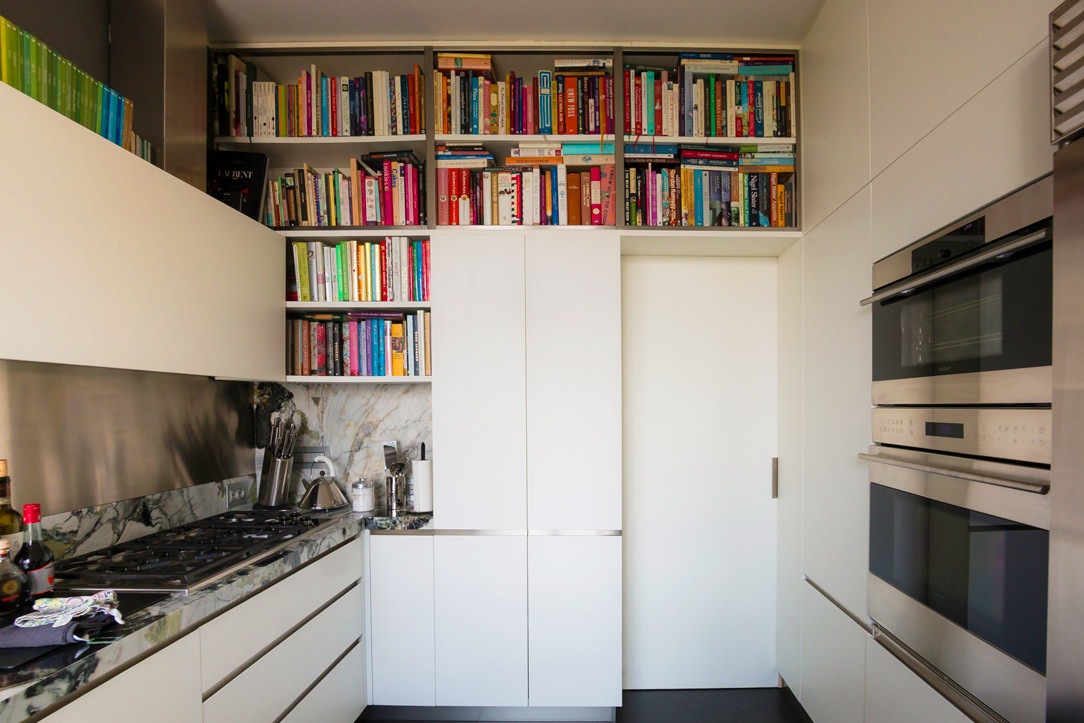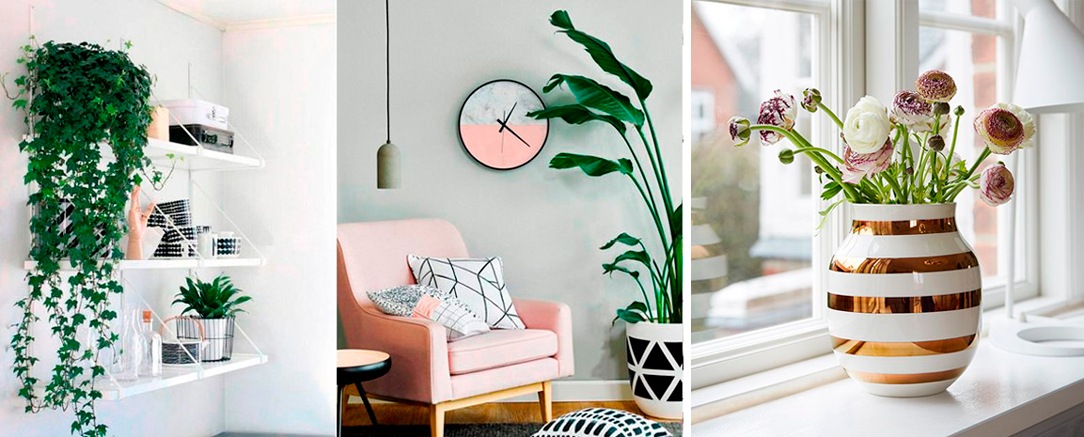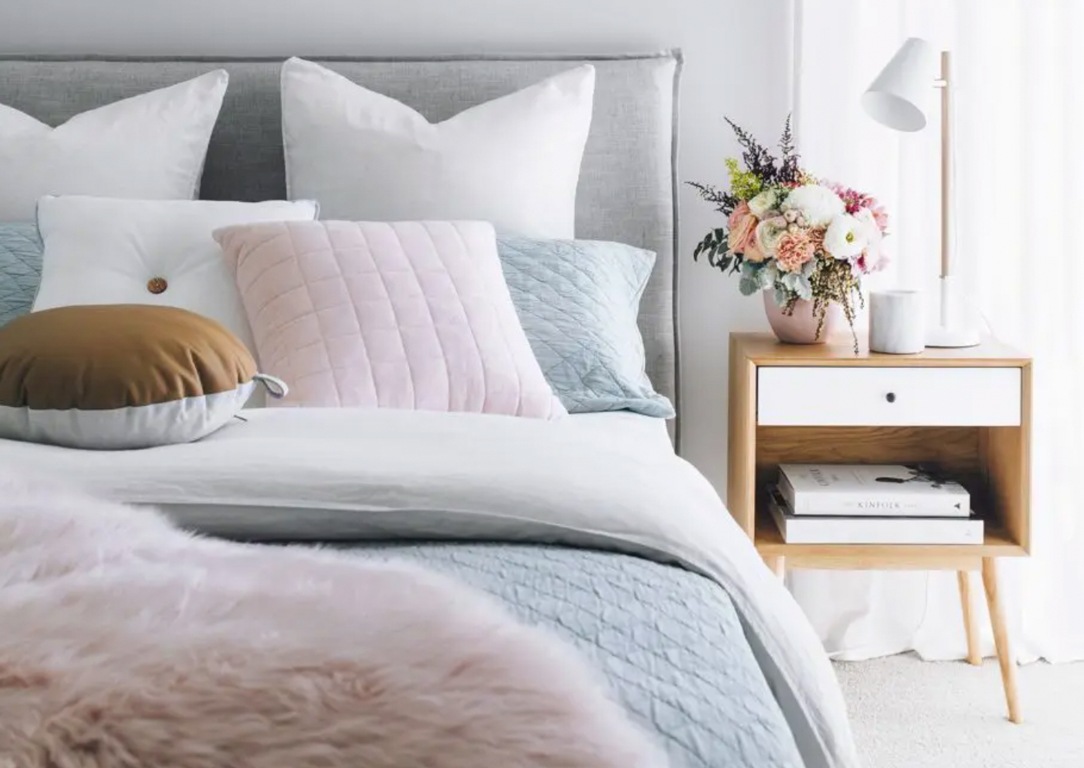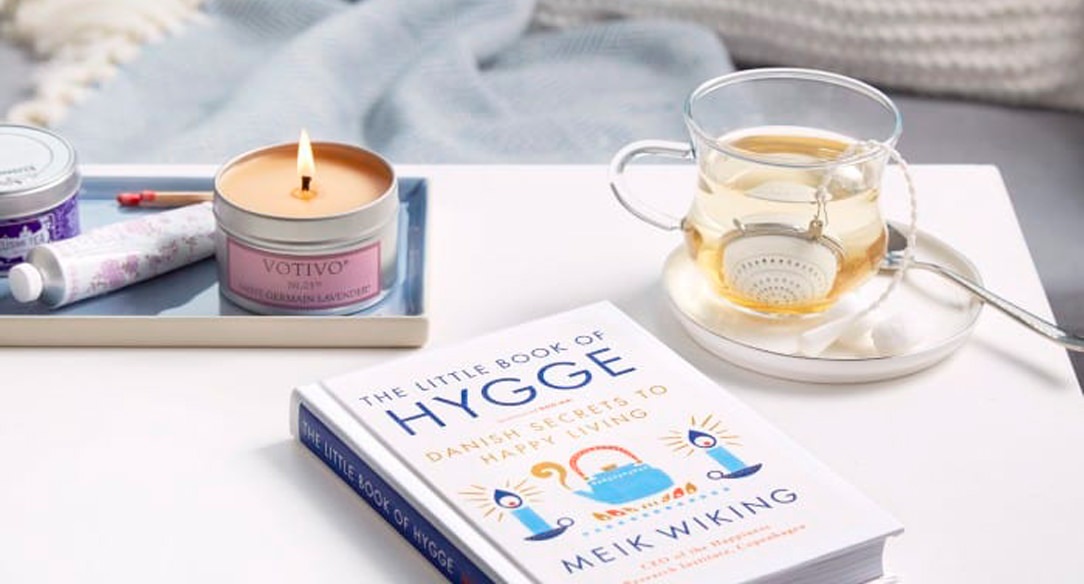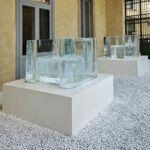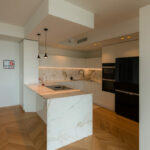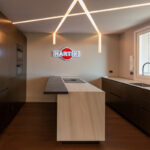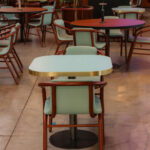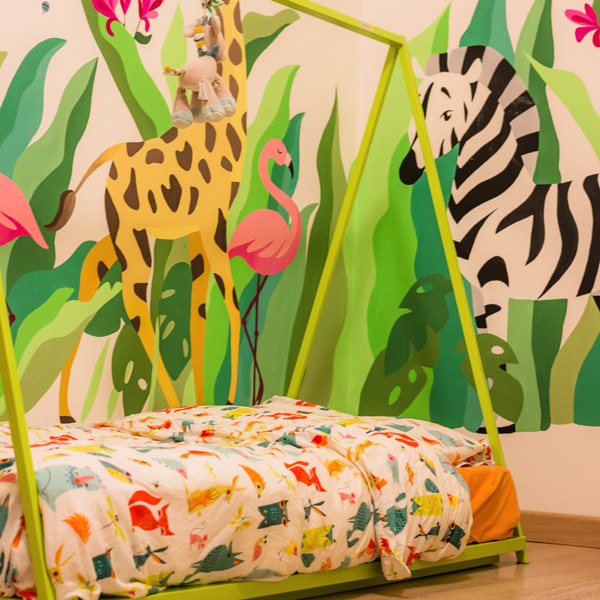
Furniture for children according to the Montessori Method
Building furniture in Montessori style means creating a child-friendly, comfortable and accessible environment. The lines that characterize these furnishings are simple and the materials are natural, such as wood.
THE MONTESSORI METHOD
The Montessori educational method is based on free activity within an environment tailored to the structural and cognitive characteristics of children and teenagers.
The function of the environment and of the furnishings that complete their spaces is to allow them to spontaneously develop autonomy in all evolutionary areas. The environment must therefore be built in proportion to the child.
It must be beautiful, harmonious and clean, it must facilitate movement and activities, while limiting the tools.
A space free of obstacles and minimal, free to be experienced independently, without the help or interaction of an adult.
Children in these environments are free to choose, create, invent and become aware of themselves and their potential in a process of self-education and self-control.
Montessori pedagogy starts from birth and develops up to adolescence with the aim of making the child not only independent, but also responsible and aware towards individual, but also social growth.
MONTESSORI FURNITURES
A fundamental prerogative of Montessori furnishings is the possibility for the child to reach the object easily and independently for sensory activities.
Then leave it free to be “called” by the object.
Furniture with an impact that is not only physical but also visual, fantastic and emotional.
Elements that become playmates and life companions where adults are guests or spectators in the environment.
BOOKSHELF
To marry the Montessori principles is this bookcase, made at child height in order to encourage the free choice of the favorite book.
All or most of the books are displayed in full view and in an orderly manner, even better if with the cover visible and not on the edge.
The shelves are easily accessible while the closed parts are designed to make opening easy and intuitive.
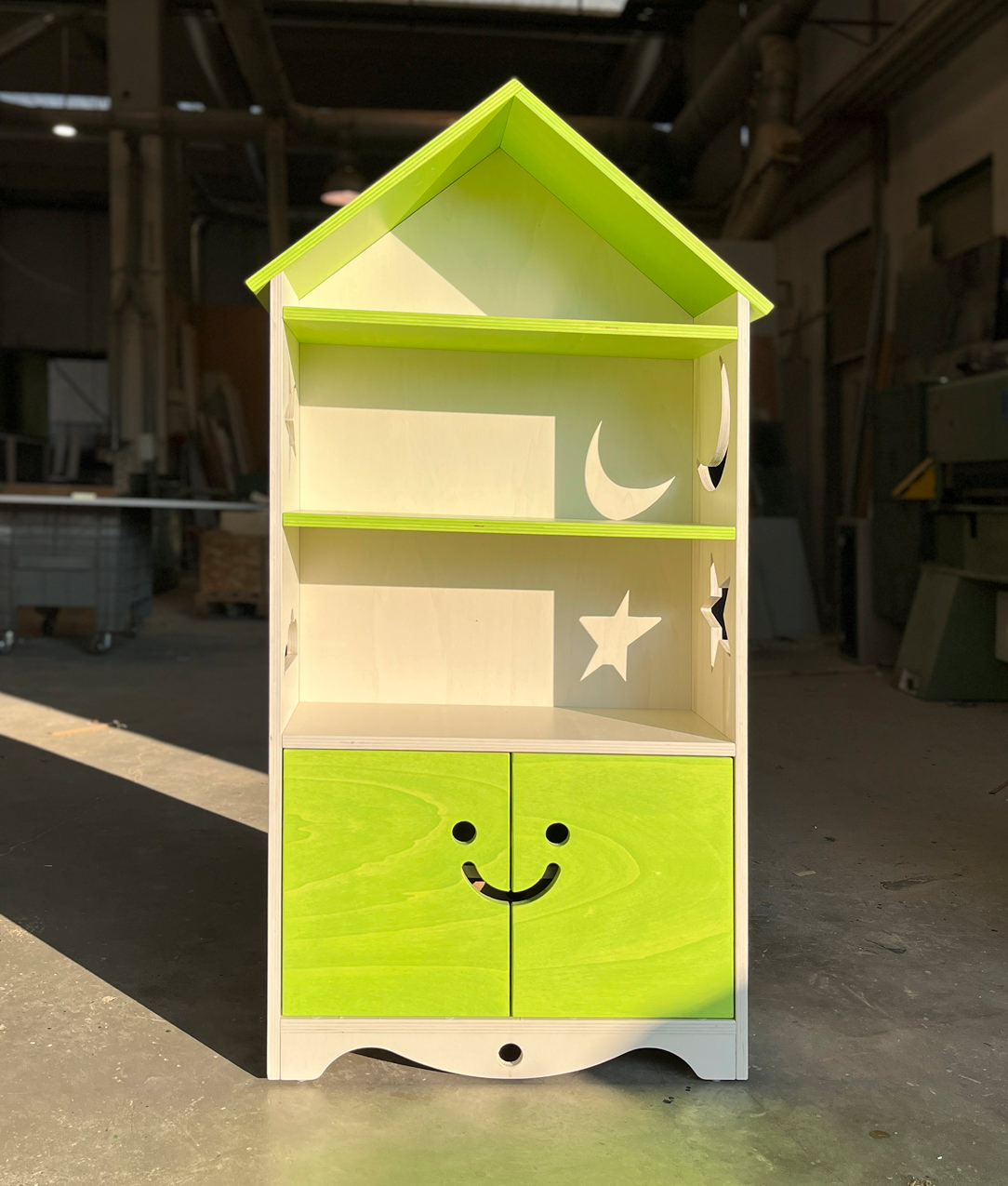
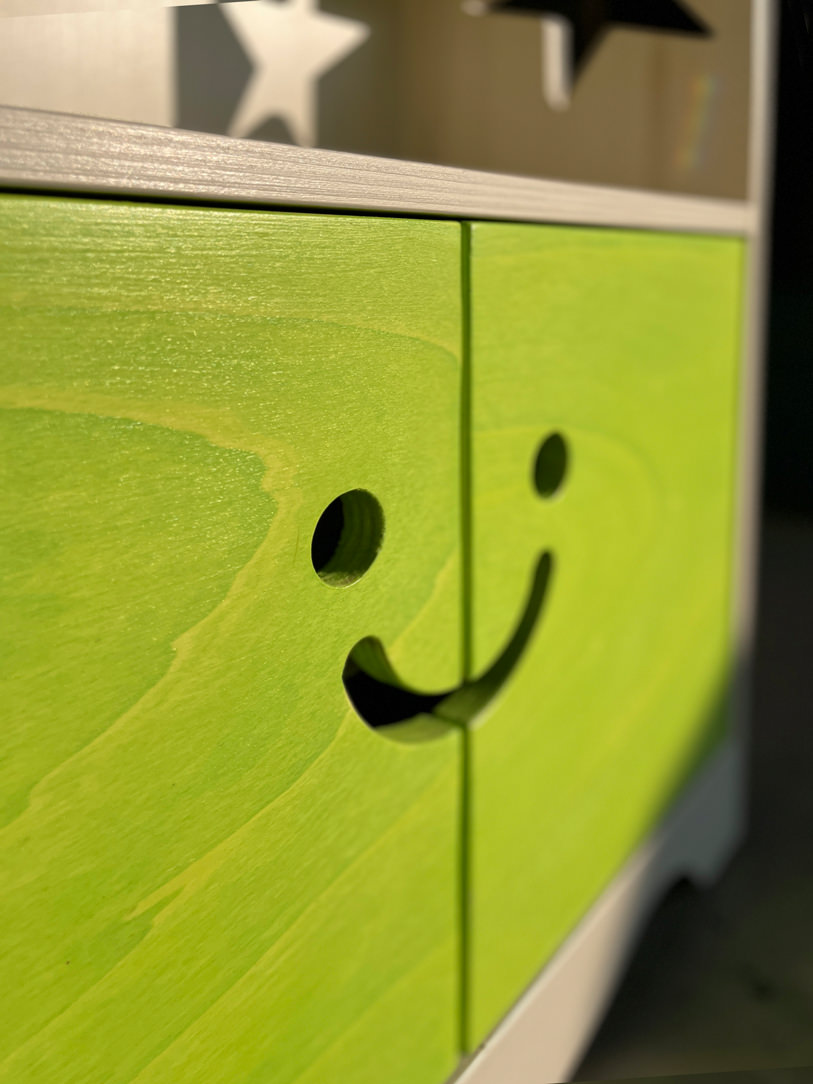
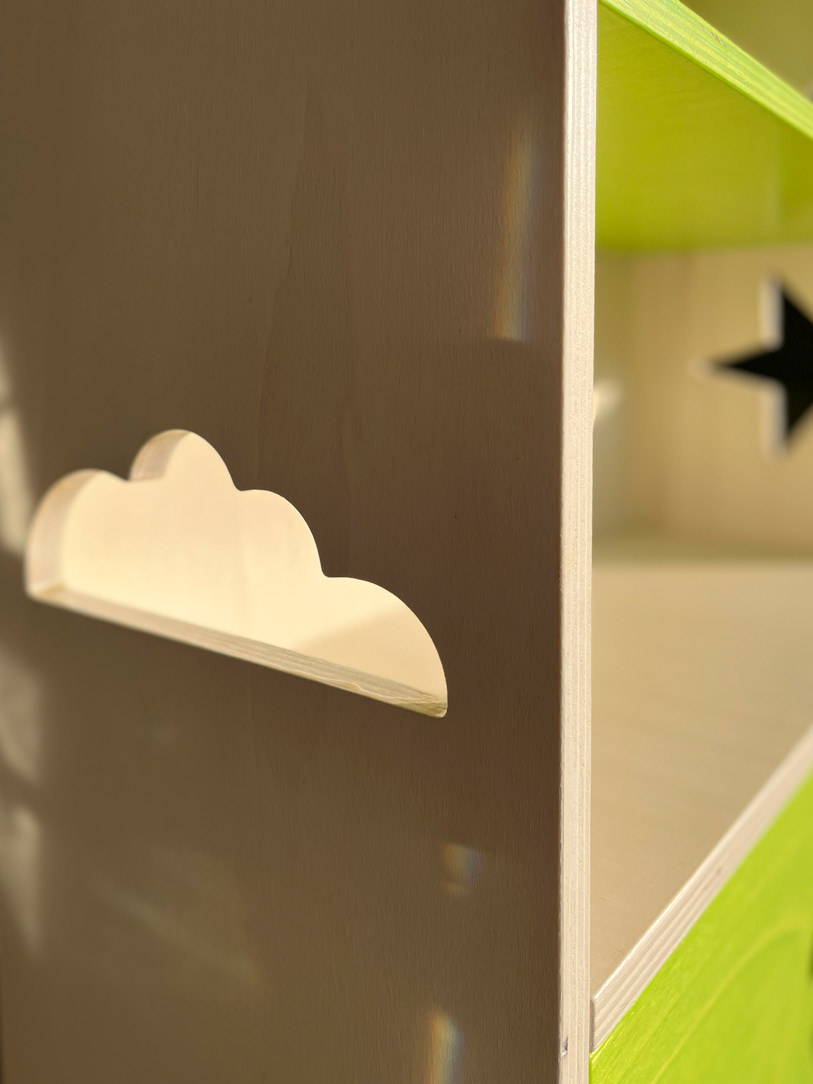
The “Little Cheerful Bookcase” in the shape of a house has shelves visible in the upper part and lower doors with a laser-cutted handle in the shape of a happy face.
The opening takes place precisely by inserting the fingers in the “voids” of the smiley, stimulating the touch for gripping the doors.
Internally, a shelf is available for any small items. Made of poplar wood it was subsequently painted with non-toxic water-based paints that still allow the natural grain of the poplar to be glimpsed.
All this to introduce the theme of colour, respecting the reference to nature present in the choice of material.
MONTESSORI TURRET
The Montessori turret is also called the Learning Tower.
This is essentially a wooden ladder that allows the child to stand up, in total safety thanks to the side bulkheads.
Thanks to this “elevation from the ground” all the adult furnishings, such as the kitchen top, tables or sinks, also become accessible for the child.
The latter thus manages to carry out, in complete autonomy, various actions such as brushing his teeth, hands or carrying out small household chores which allow him to acquire autonomy.
The steps of the Montessori tower also train the child in the actions of going up and down which he will have to deal with when dealing with higher stairs.
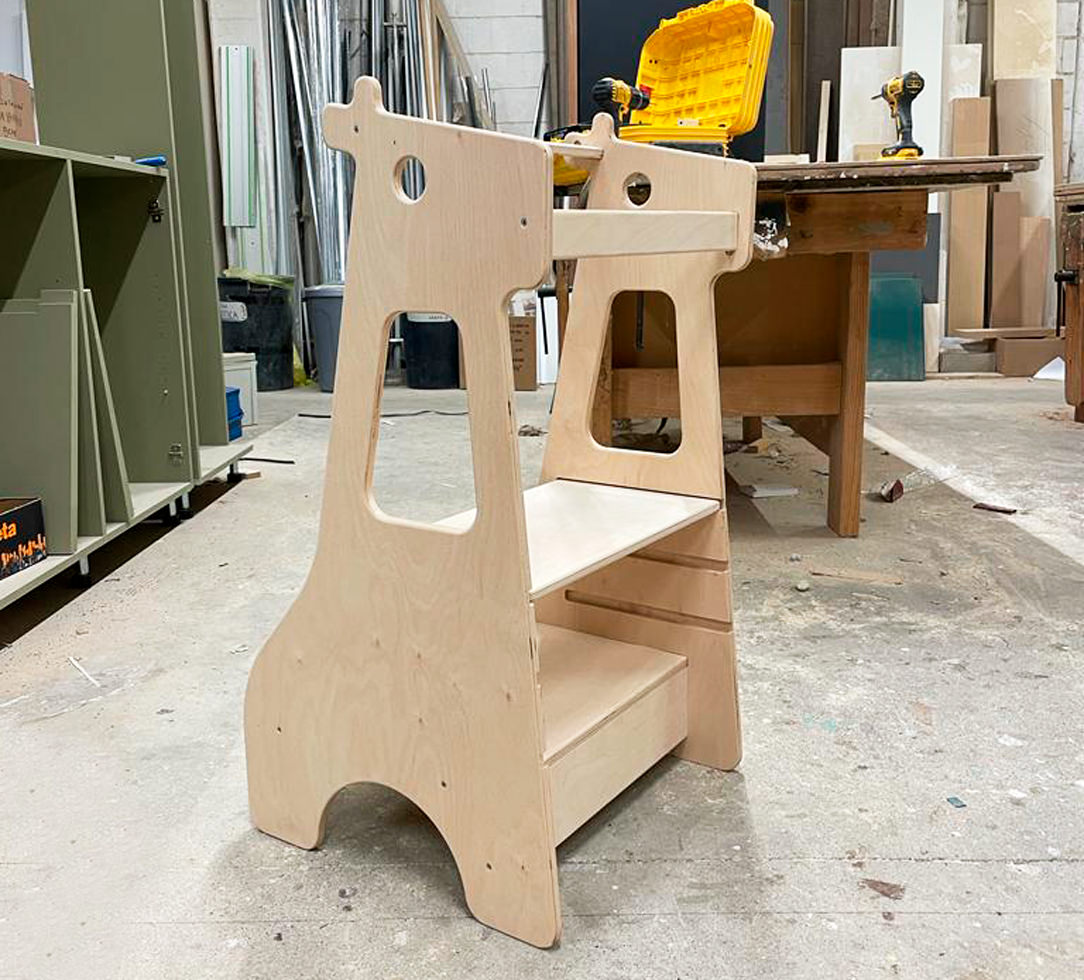
Here is our creation in the shape of a giraffe in which the second step is removable and can be raised according to the height of the child.
This turret is a useful accessory and can also be used as a stool; in fact, the child can sit on the first step and the second shelf acts as a back support.
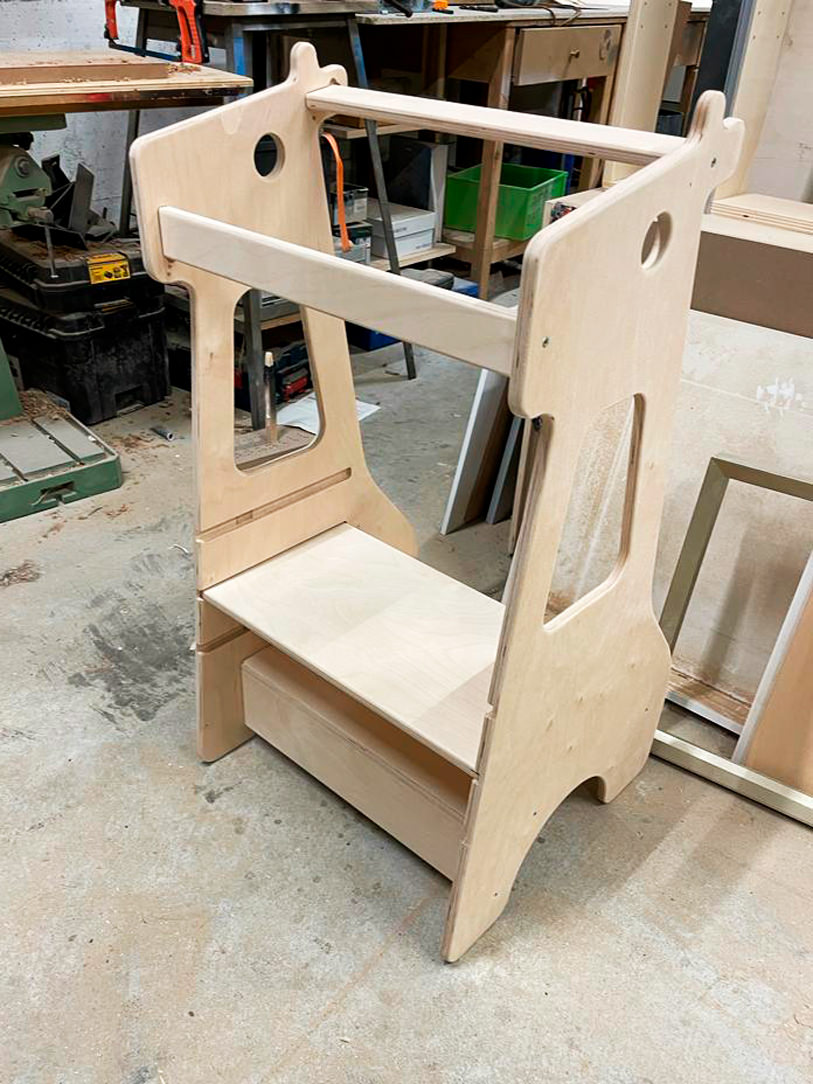
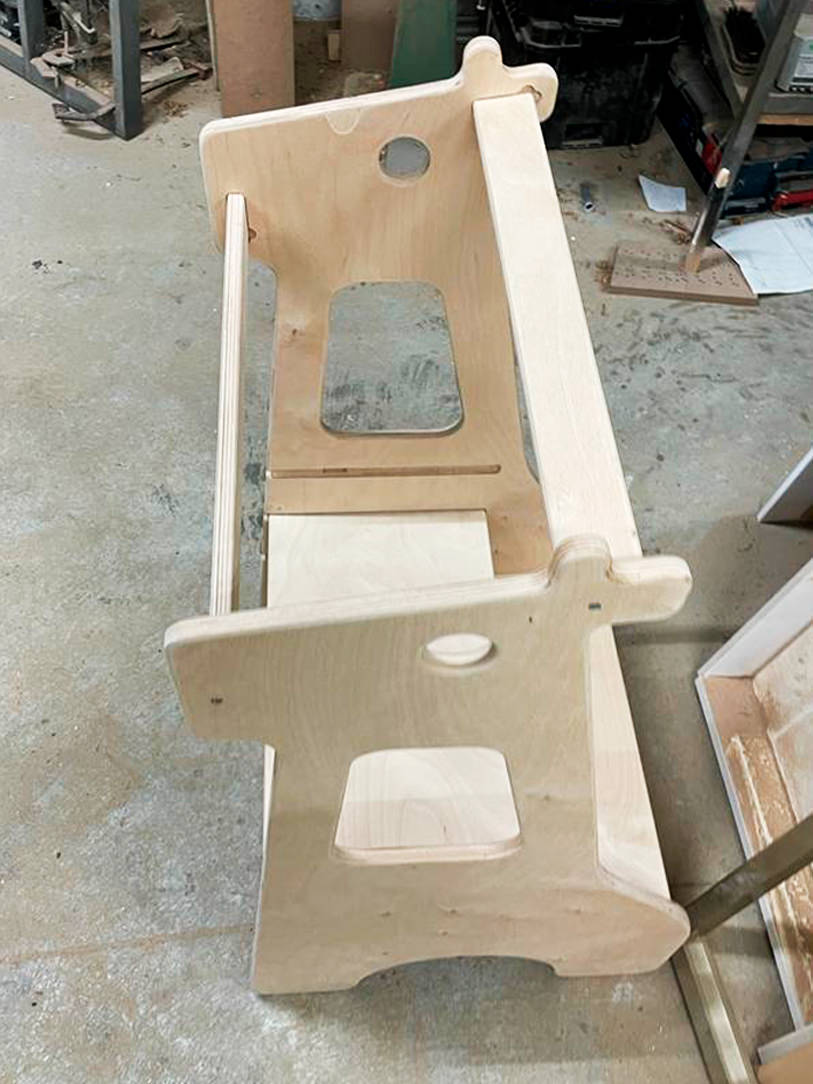
An example is our giraffe-shaped creation in which the second step is removable and can be raised according to the child’s height.
A multifunctional element, it can also be used as a stool using the first step as a seat, while the second shelf acts as a back support.
MONTESSORI BEDS
The Montessori bed is mainly characterized by its height designed to allow the child to get on and off in complete autonomy.
There are no side bars to impede movement, freedom becomes a design metaphor for essential and intuitive furniture.
There is therefore no back headboard, but the mattress is rather embraced by the surrounding wooden structure.
Montessori cribs can have side bars that give them a cottage look or, as in these cases, an Indian hut.
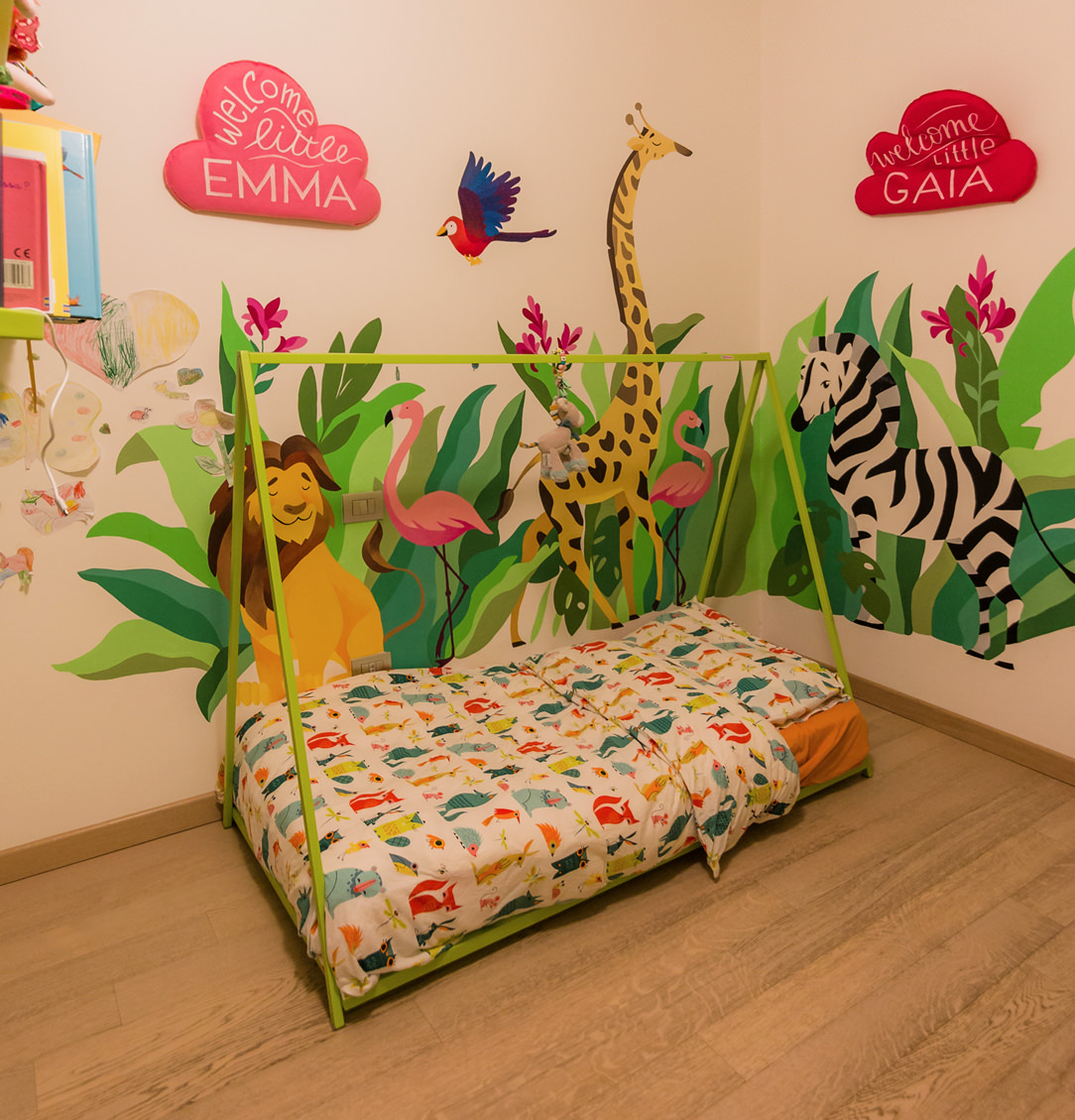
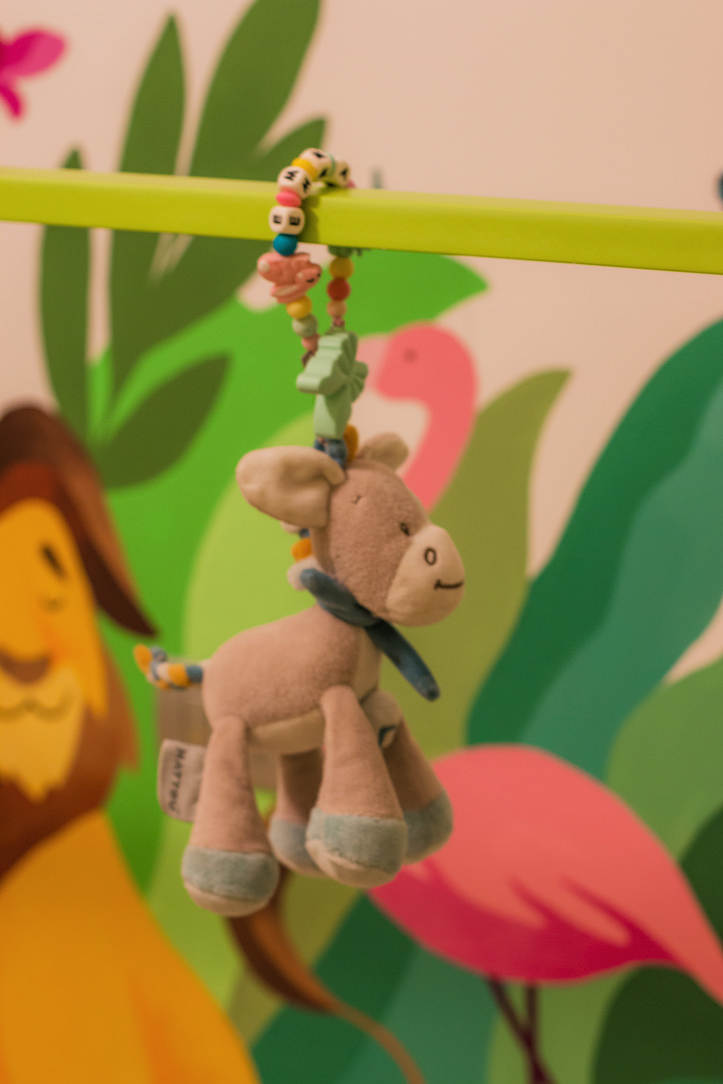
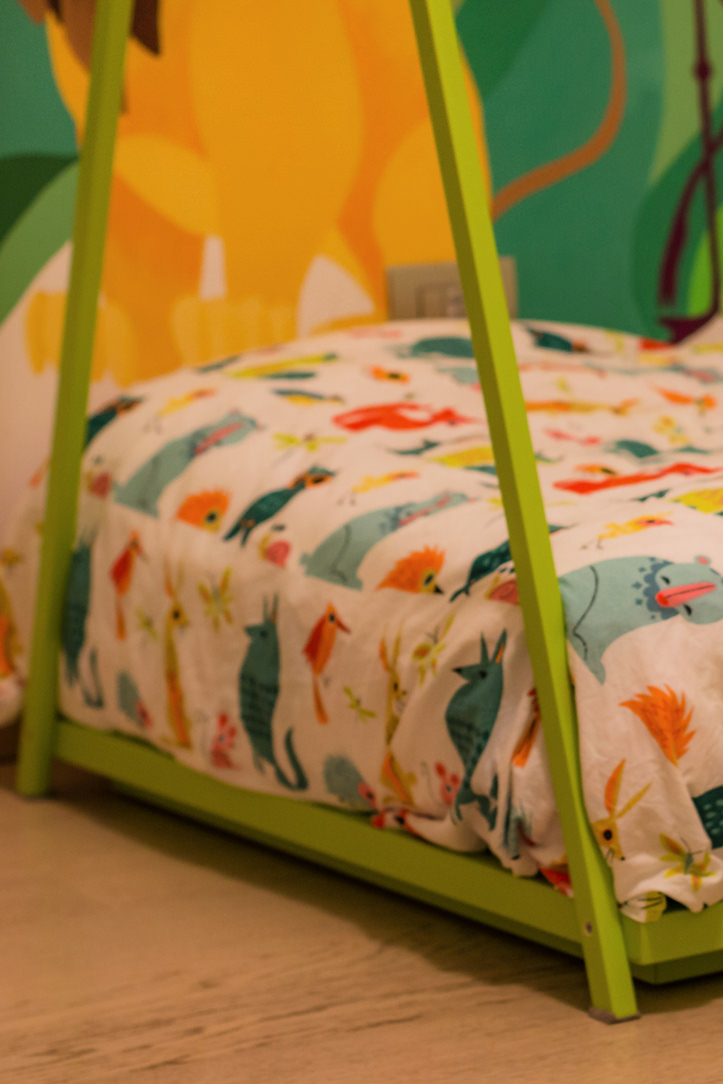
Lights, toys or possibly a sheet can be hung on the upper bar to underline the feeling of den and protection.
The vision and perception of the child inside his bedroom are therefore total visual freedom of the entire environment and his surroundings.
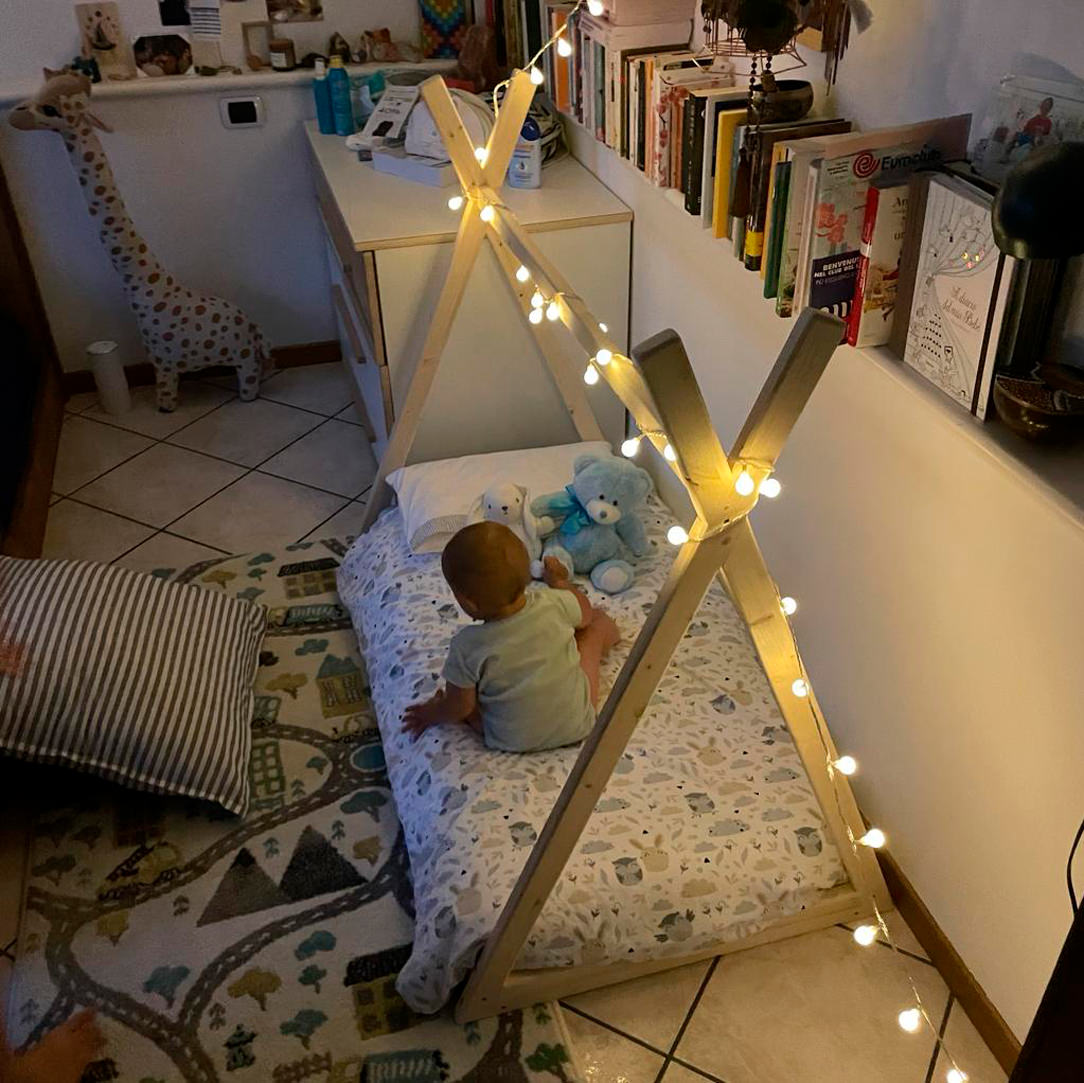
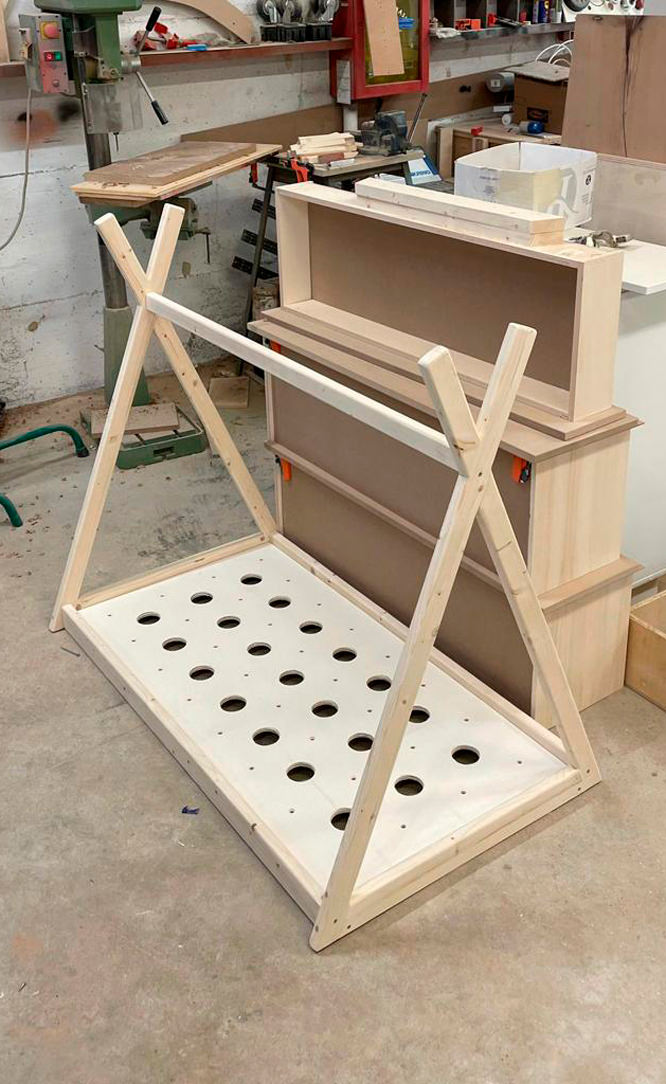
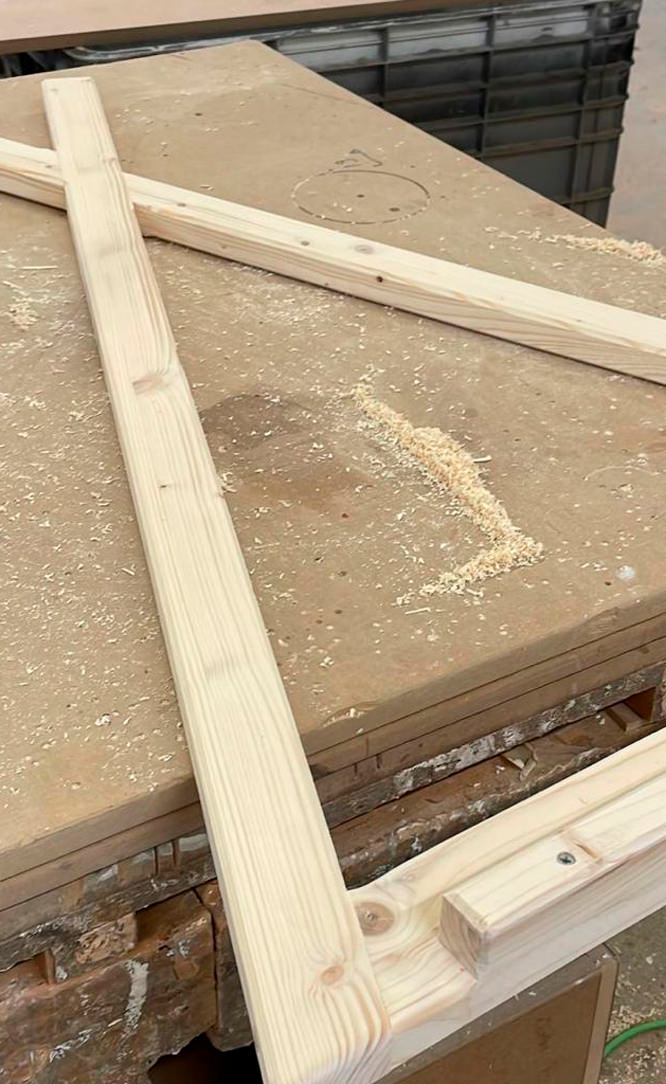
The bottom is rigid and breathable, becoming an excellent support for the development of the spine.
Although the Montessori bed is extremely safe, also thanks to the reduced height, a useful tip is to introduce it starting from the year of the child when he becomes independent in walking and moving.
Here is another of our articles dedicated to the safety of children in the home.
PIKLER TRIANGLE
The Pikler Triangle is a game-tool created by a Hungarian pediatrician, Emmi Pikler, based on the Montessori Method.
According to Pikler, it was important to follow the pace of development of each individual child, giving them the opportunity to move and experiment with the body and its movements in complete freedom.
In order to express their emotions, the child uses movement as the first means of communication.
For this reason, leaving them free to move and experiment is very important for growth and psychomotor development, as well as relational and emotional.
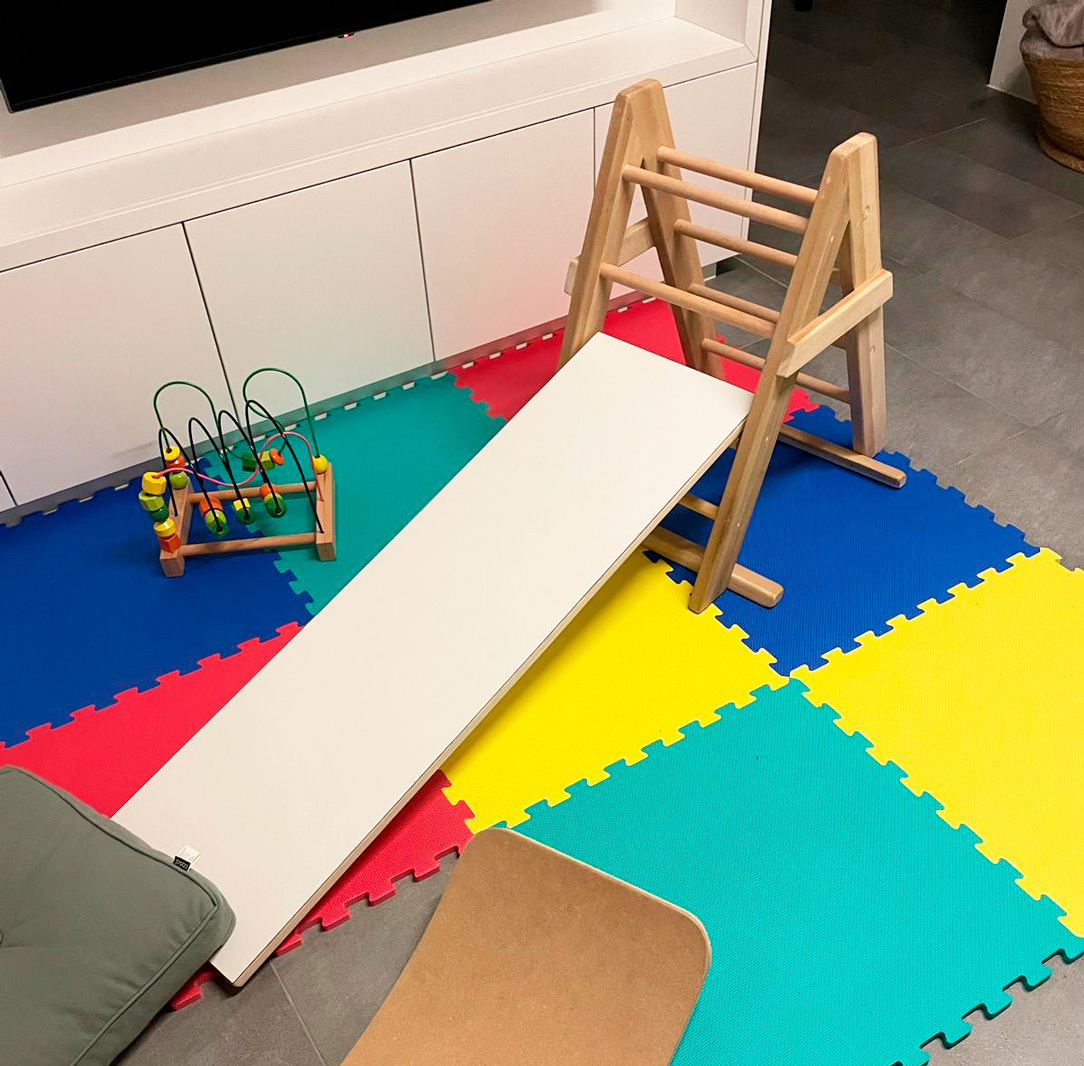
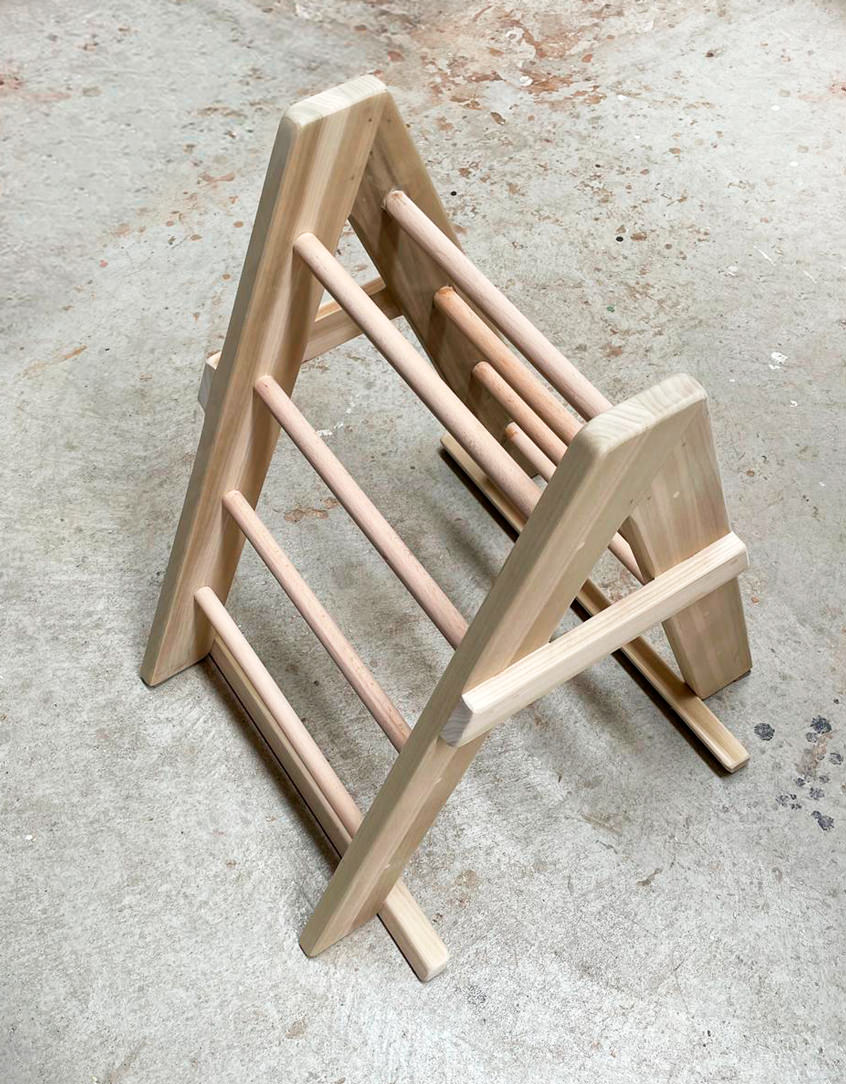
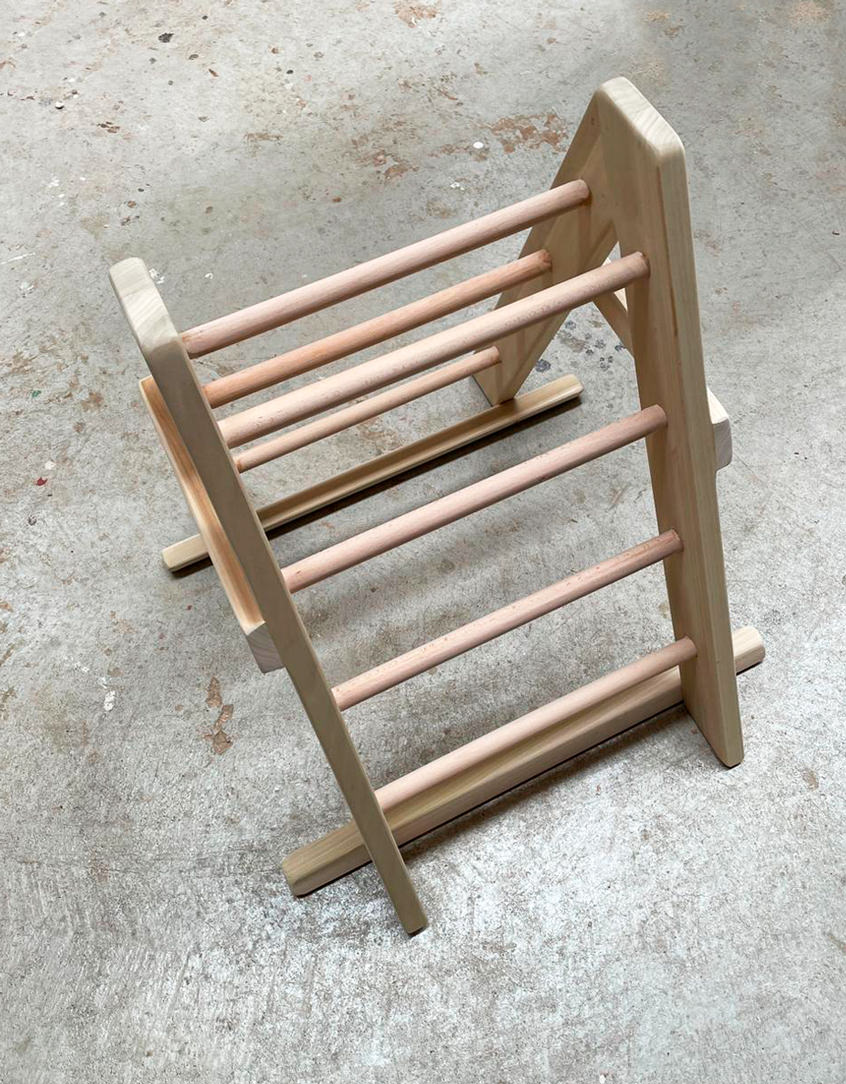
Here our Pikler triangle, characterized by a triangular-shaped wooden structure which can be associated with a platform-ramp, which hooks onto the pegs of the triangle. The latter can be used by the child to climb, go up or down and in a thousand other imaginative ways.
With this tool, children learn to discover and understand the movements of their body, control and manage movements, coordinate themselves.
It favors the development of the autonomous motor sense when used to climb, go up and down, but it is also an interesting stimulus for the imagination when used as a tunnel or hut, or much more.
CONCLUSIONS ON THE MONTESSORI METHOD
Montessori pedagogy is therefore not only based on independence, freedom and respect for the child’s natural physical, psychological and social development, but also on a sense of responsibility and awareness towards the network that links every small entity to a larger macrocosm.
Children deserve spaces where they can move, play and sleep, wake up and experiment.
Sometimes we think that a newborn baby is small, vulnerable and unable to open up to the world, but that’s not the case at all.
By trusting the child, right from birth, his growth will be balanced and independent and he will feel more secure in each new step.

